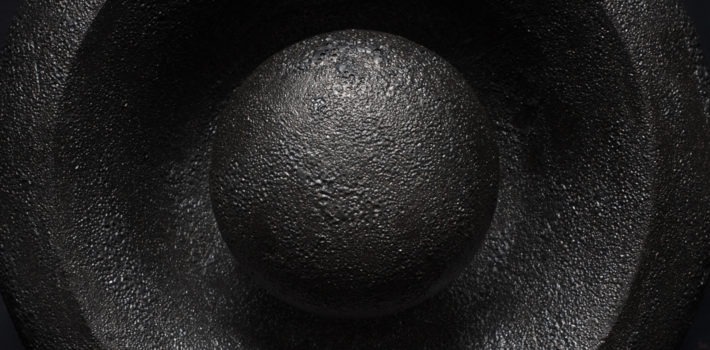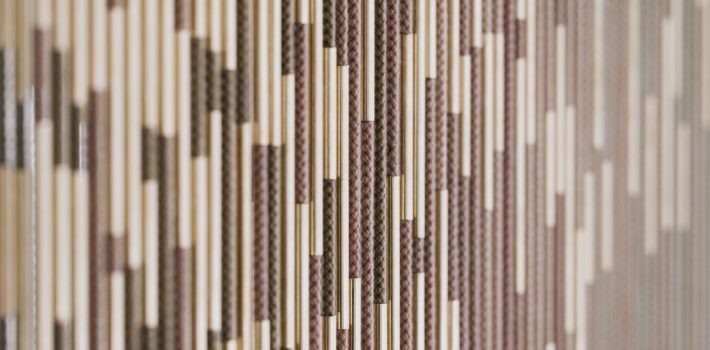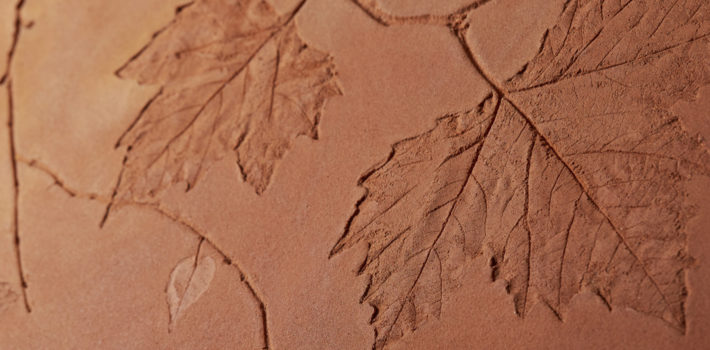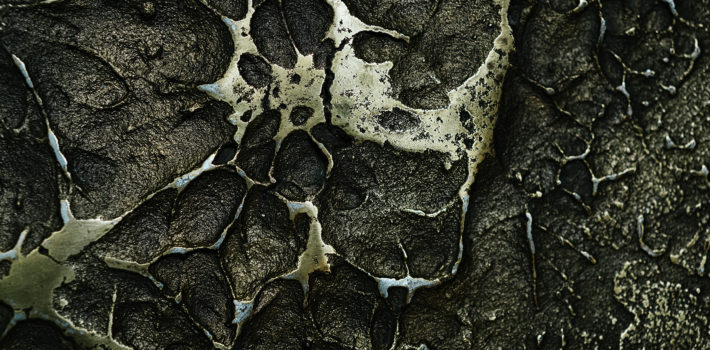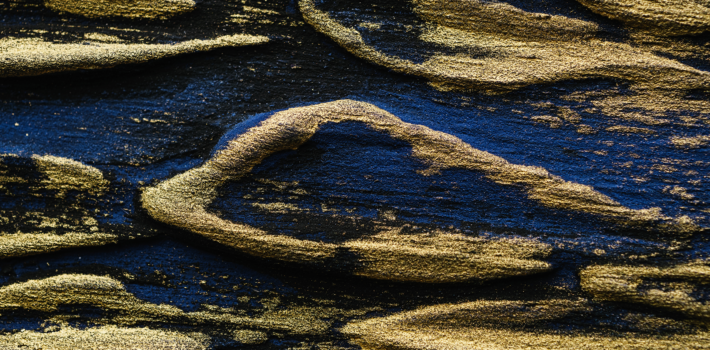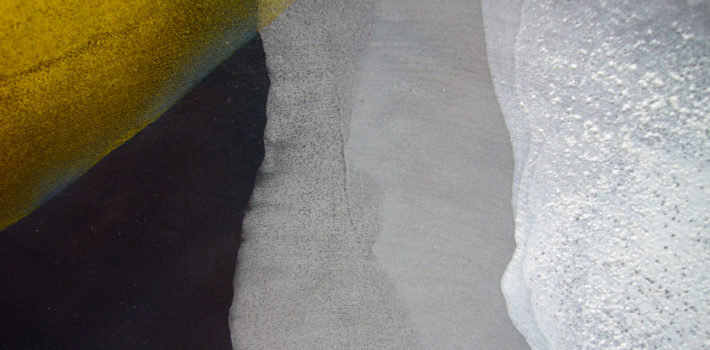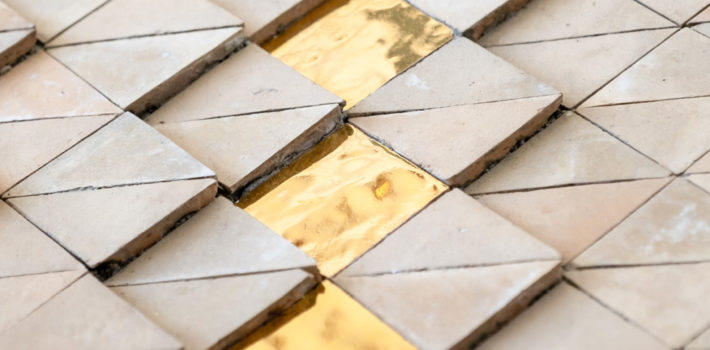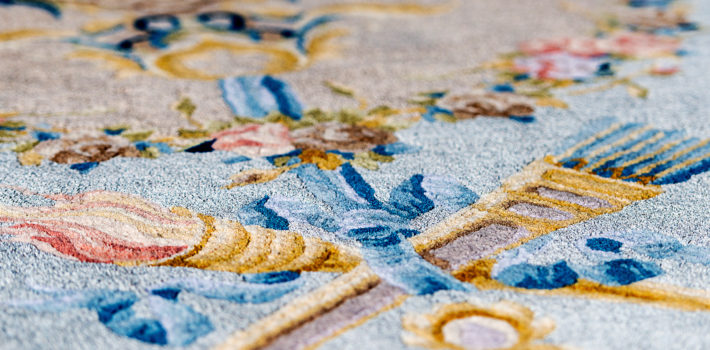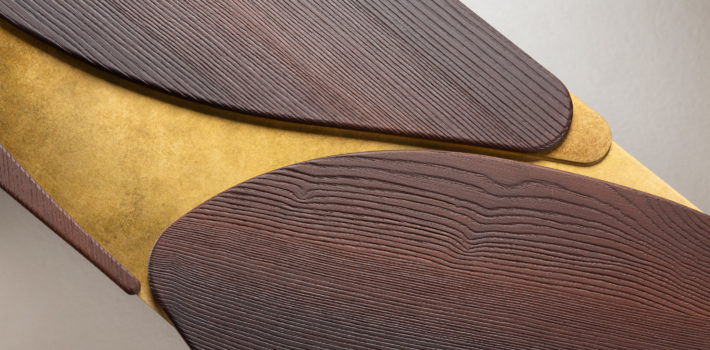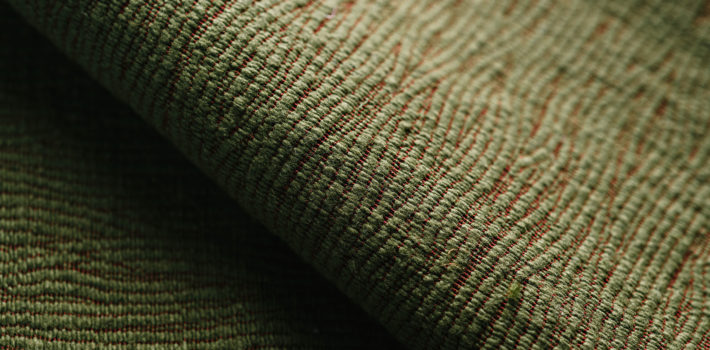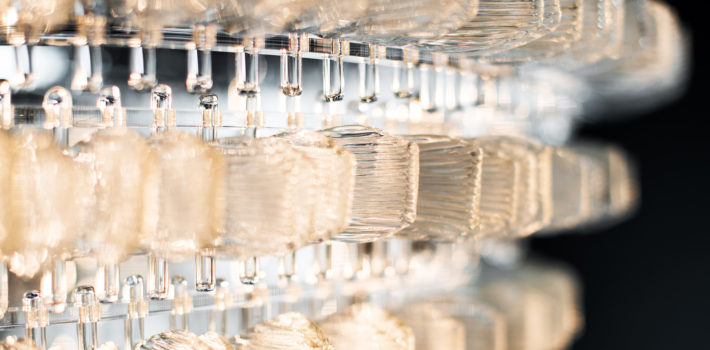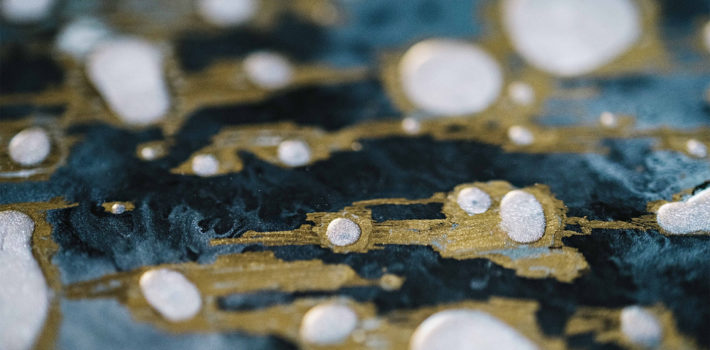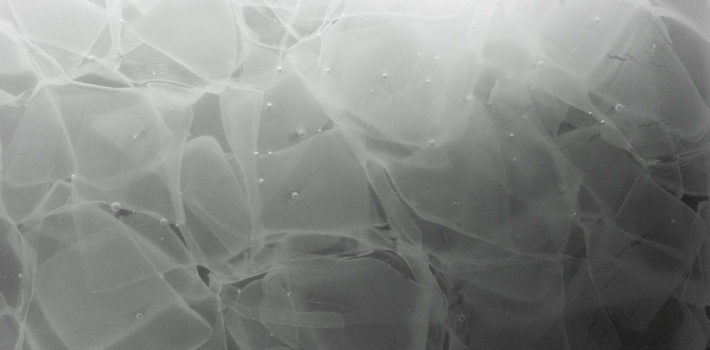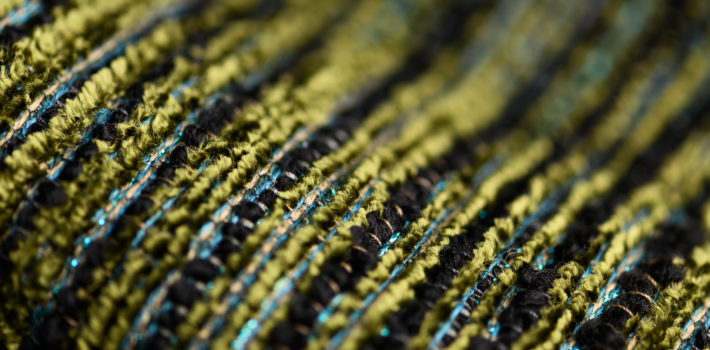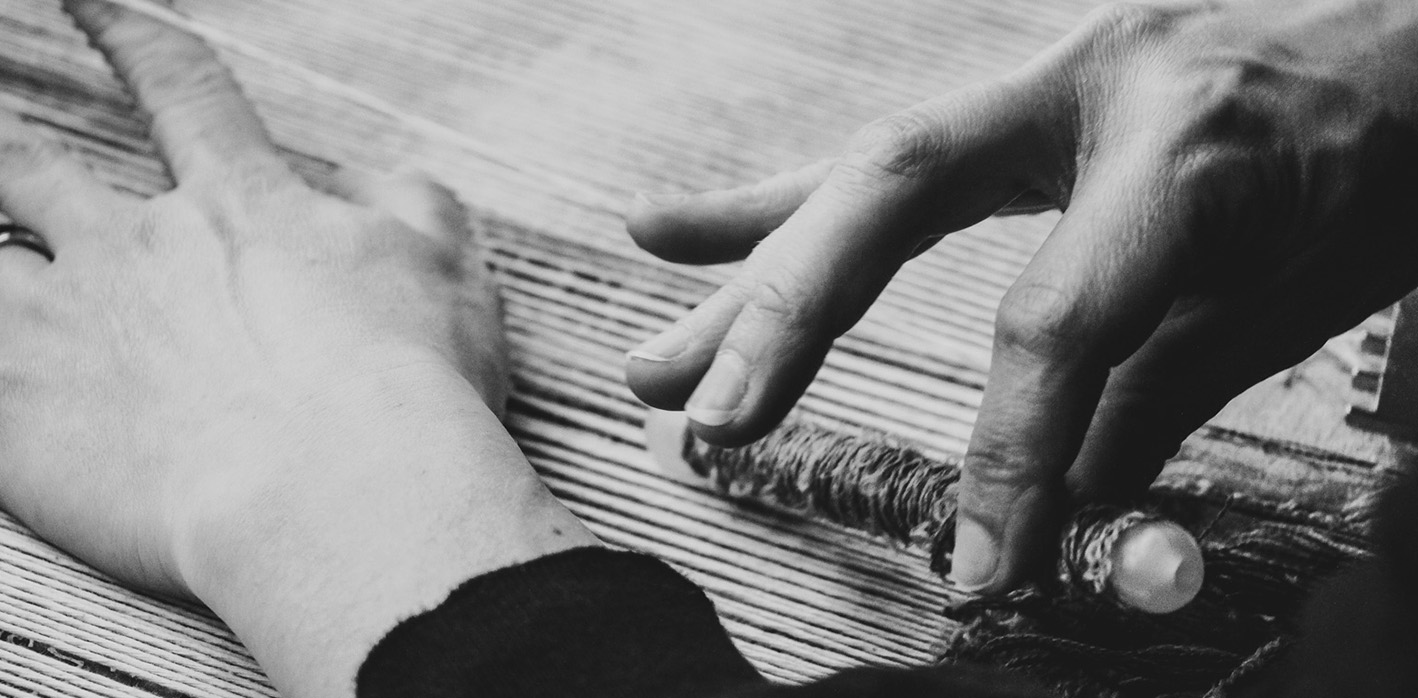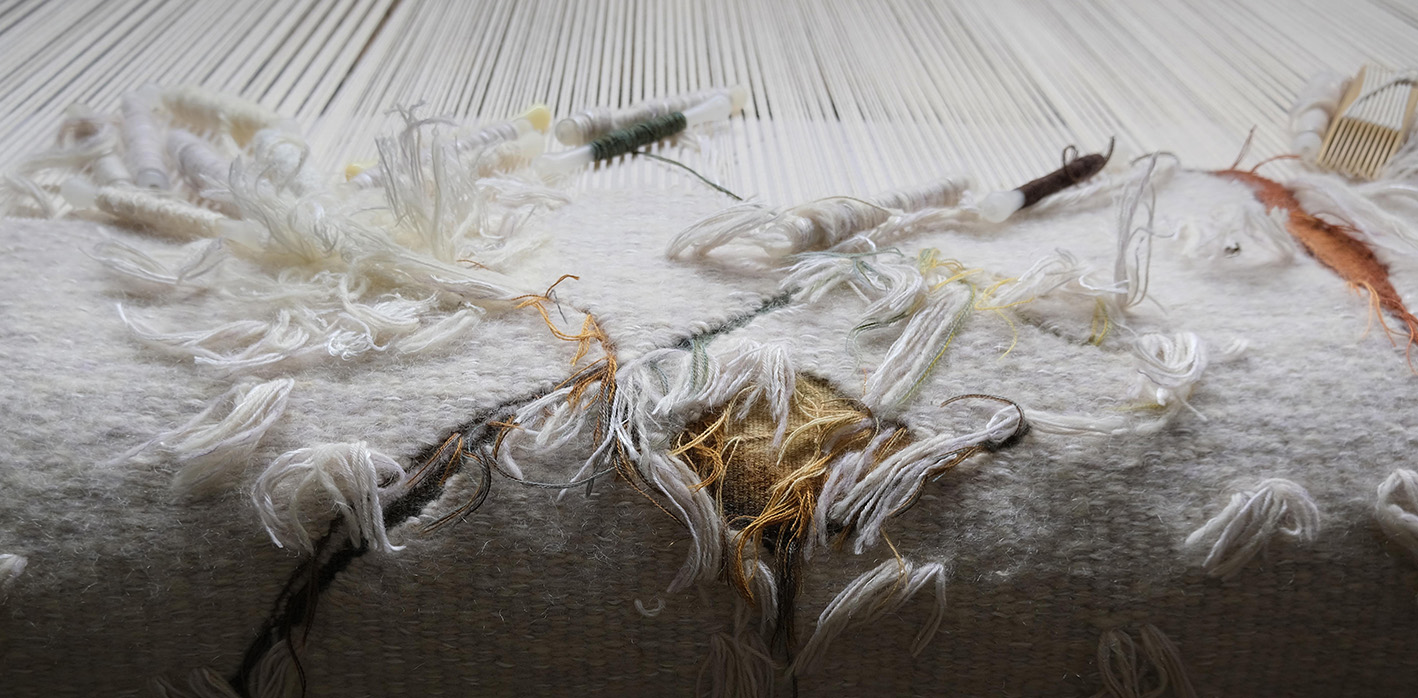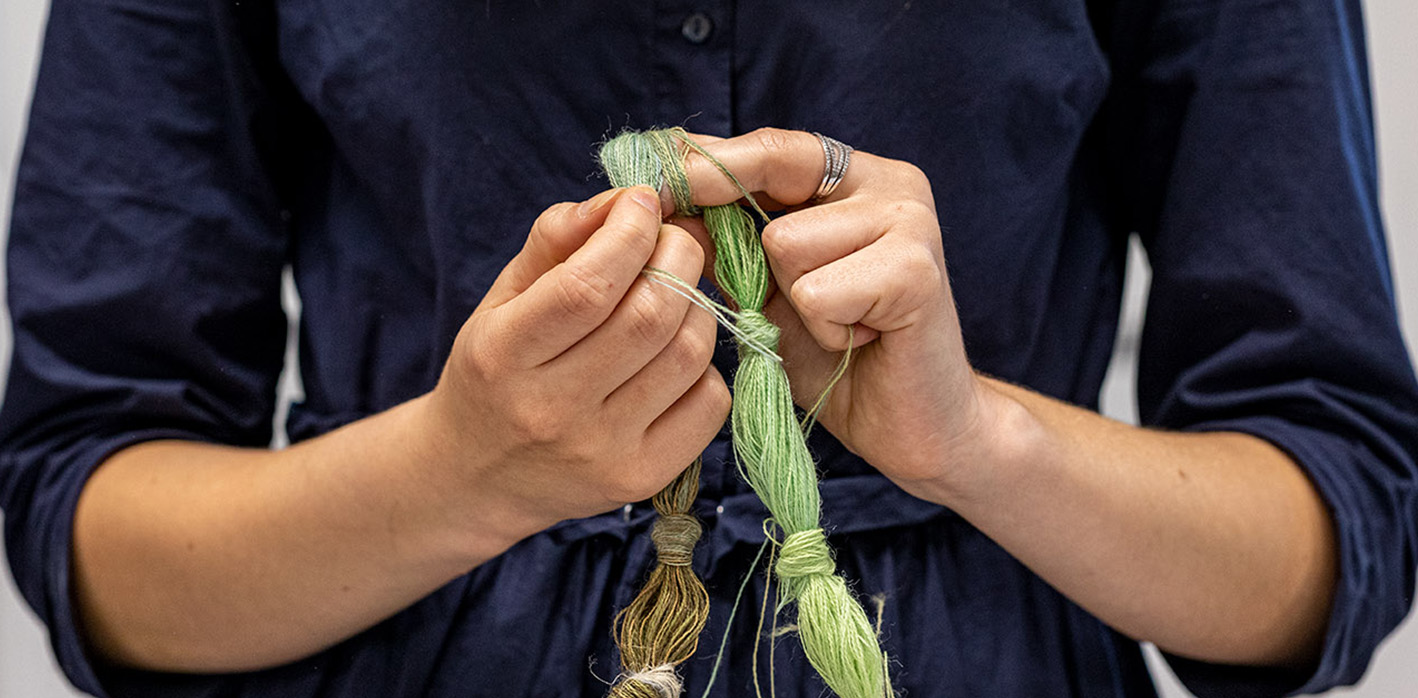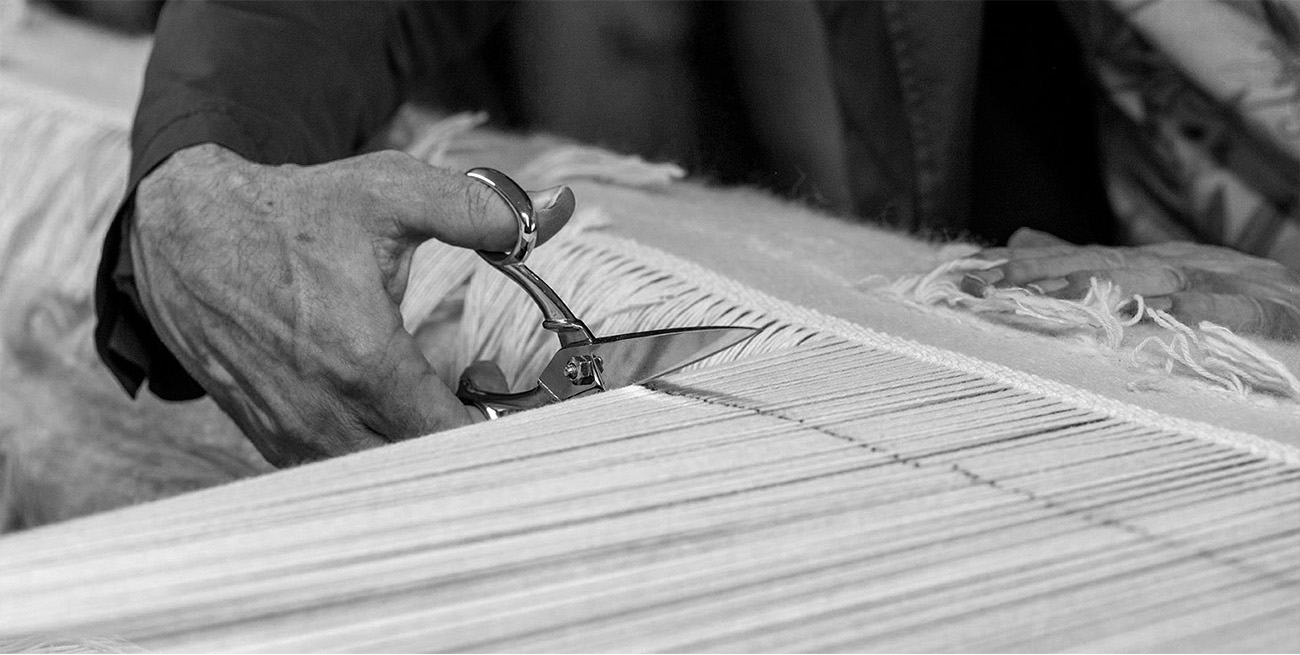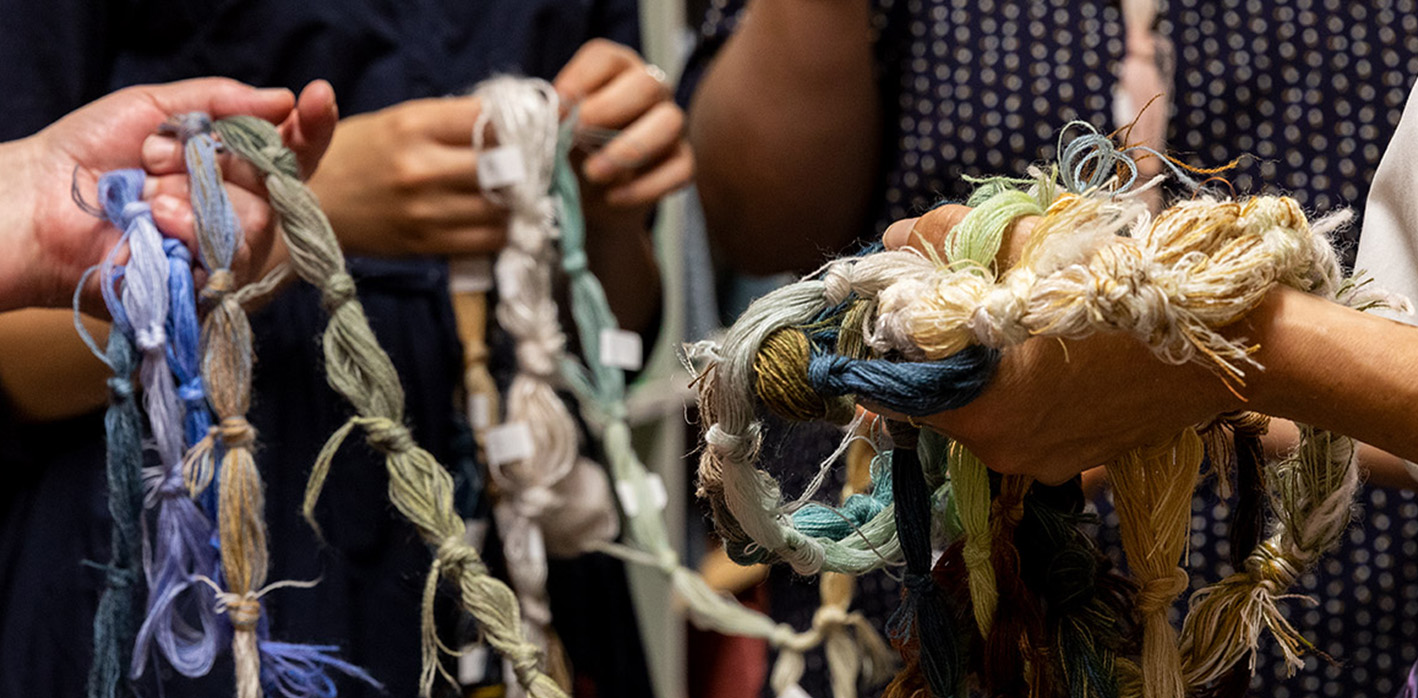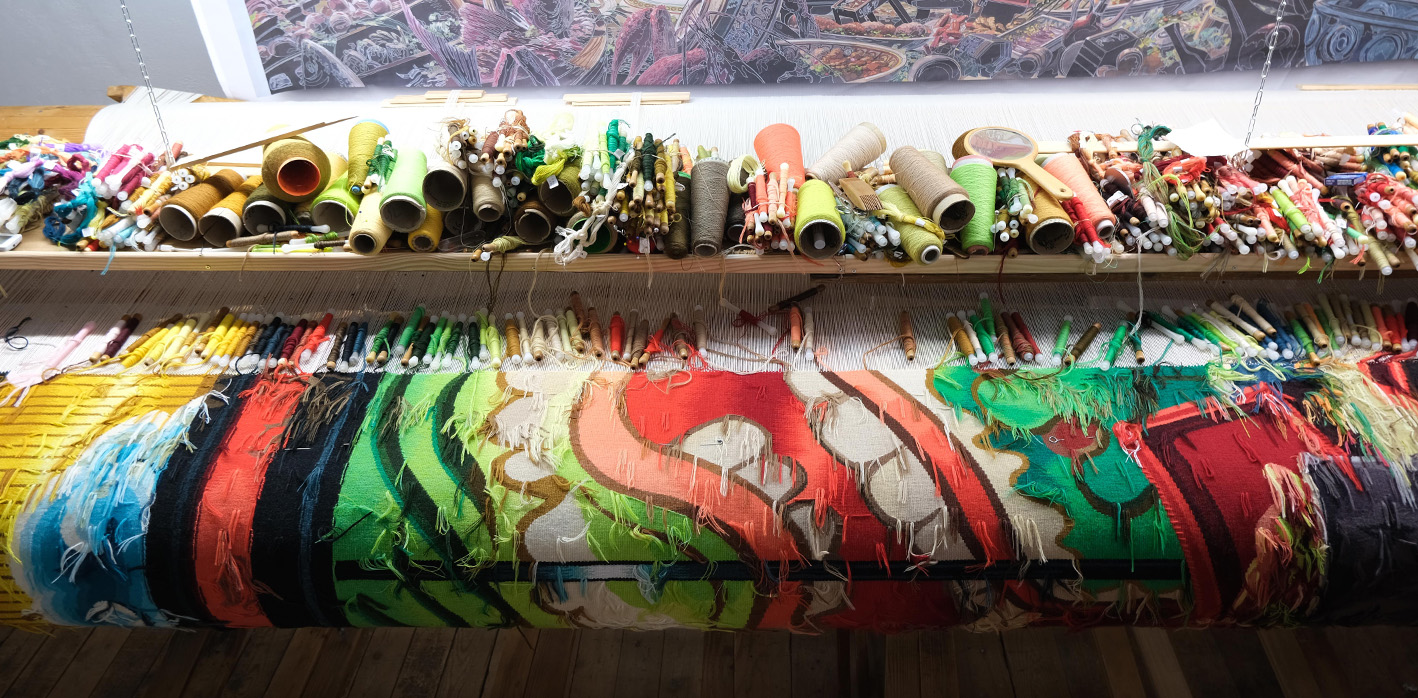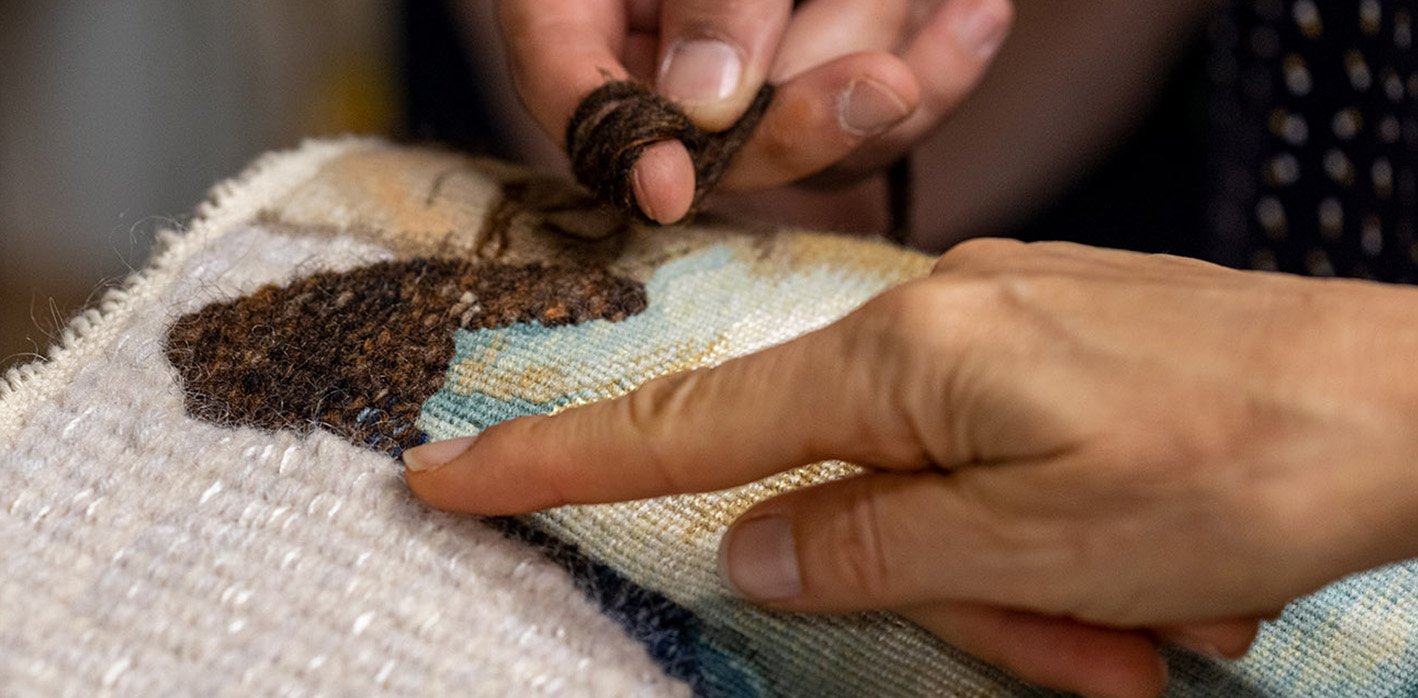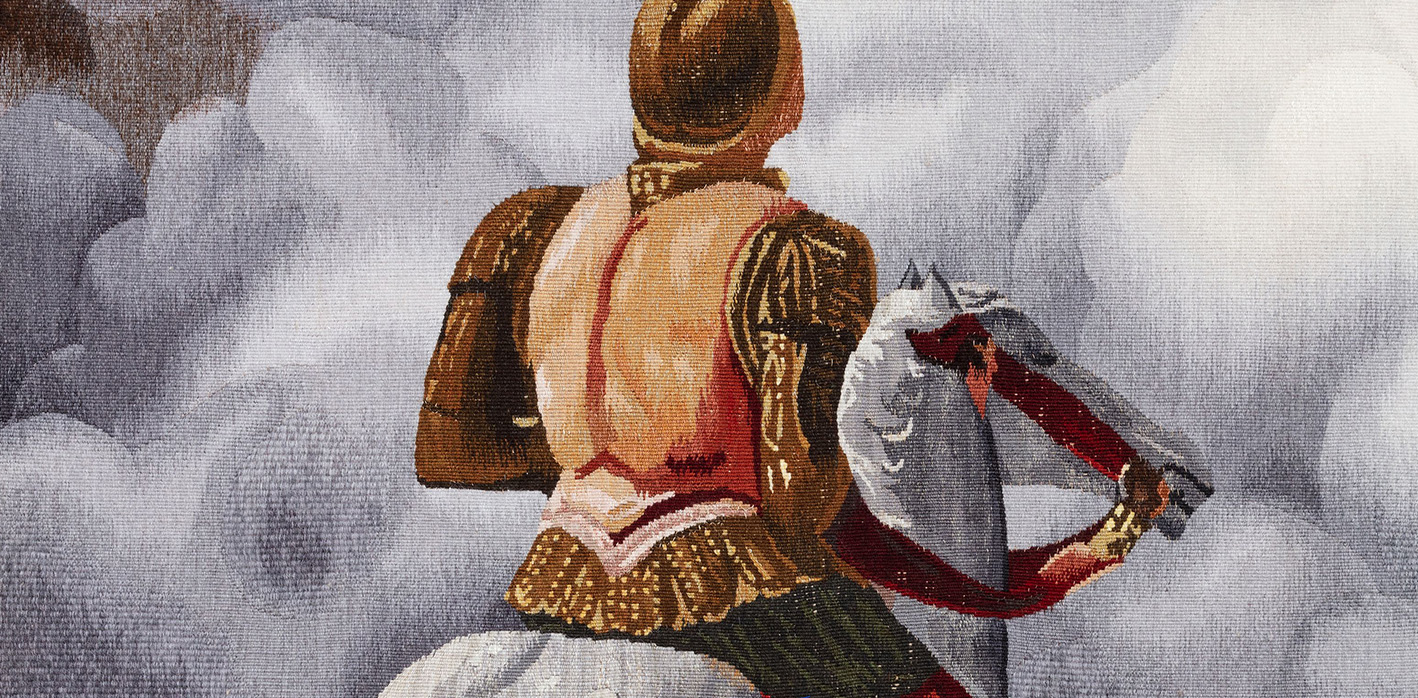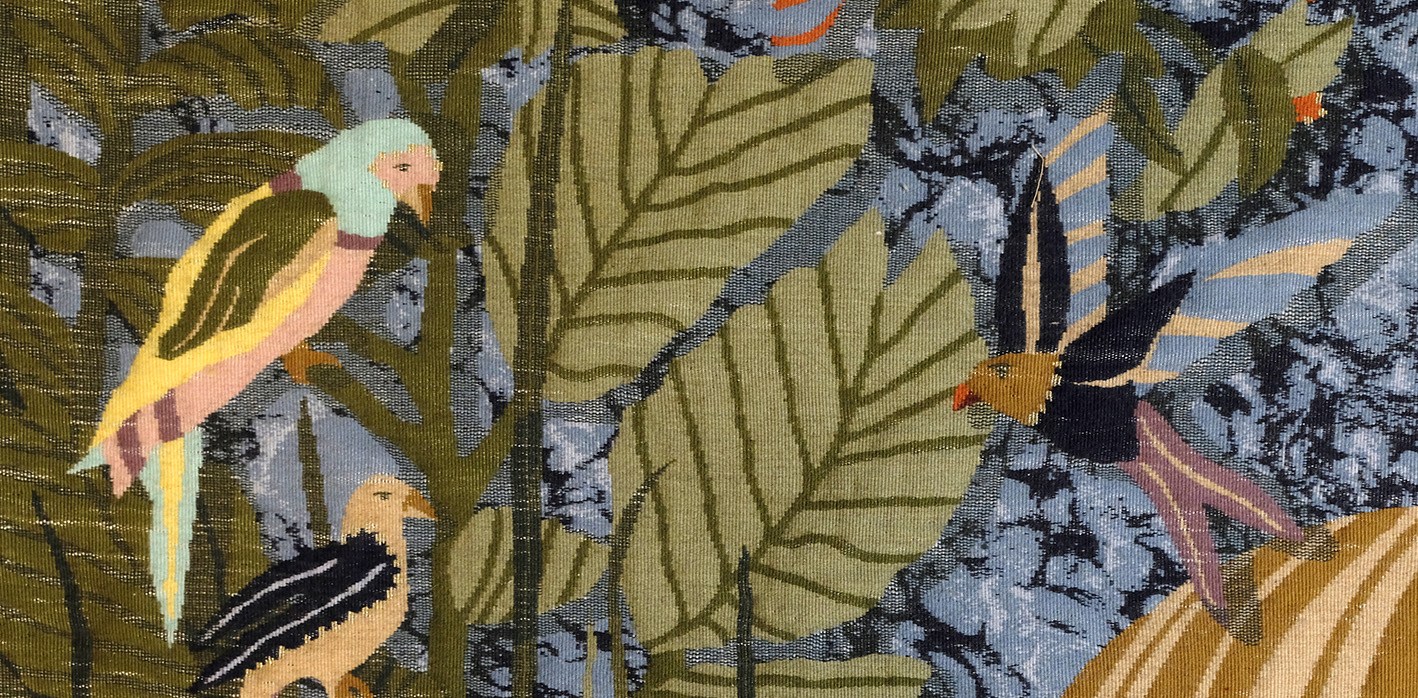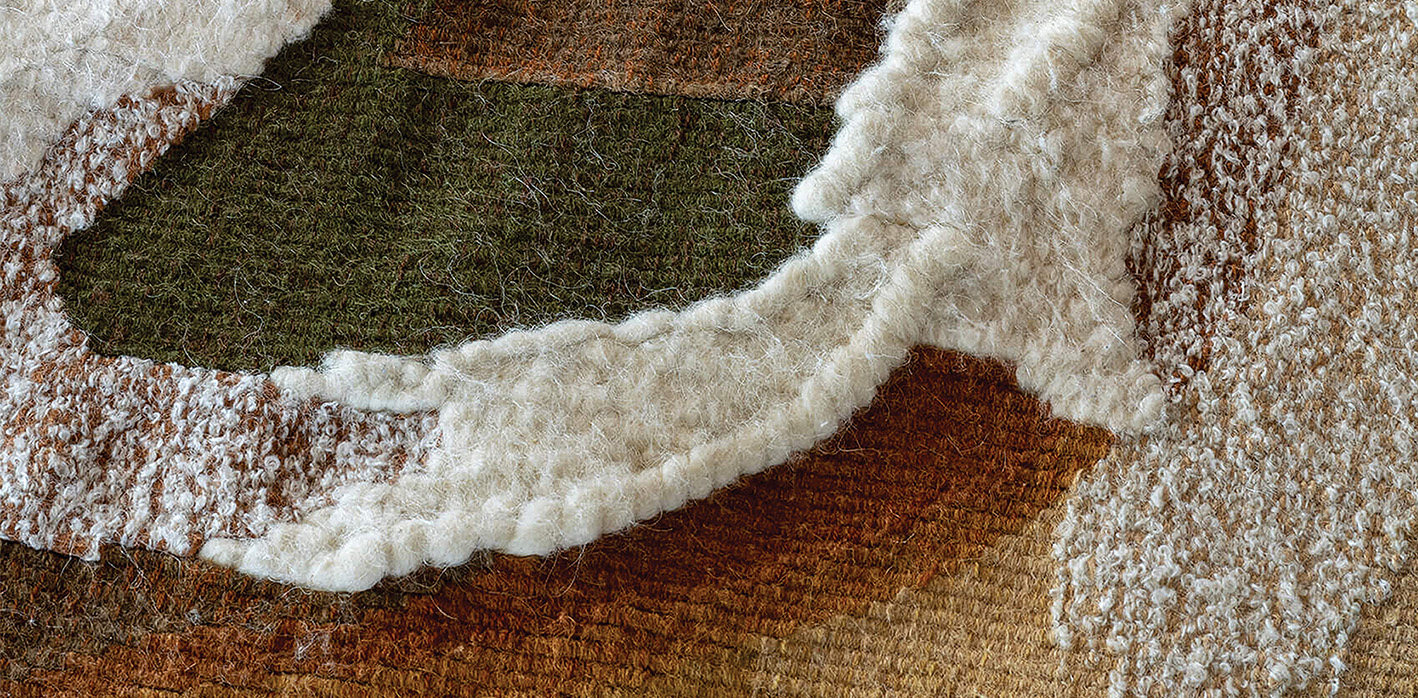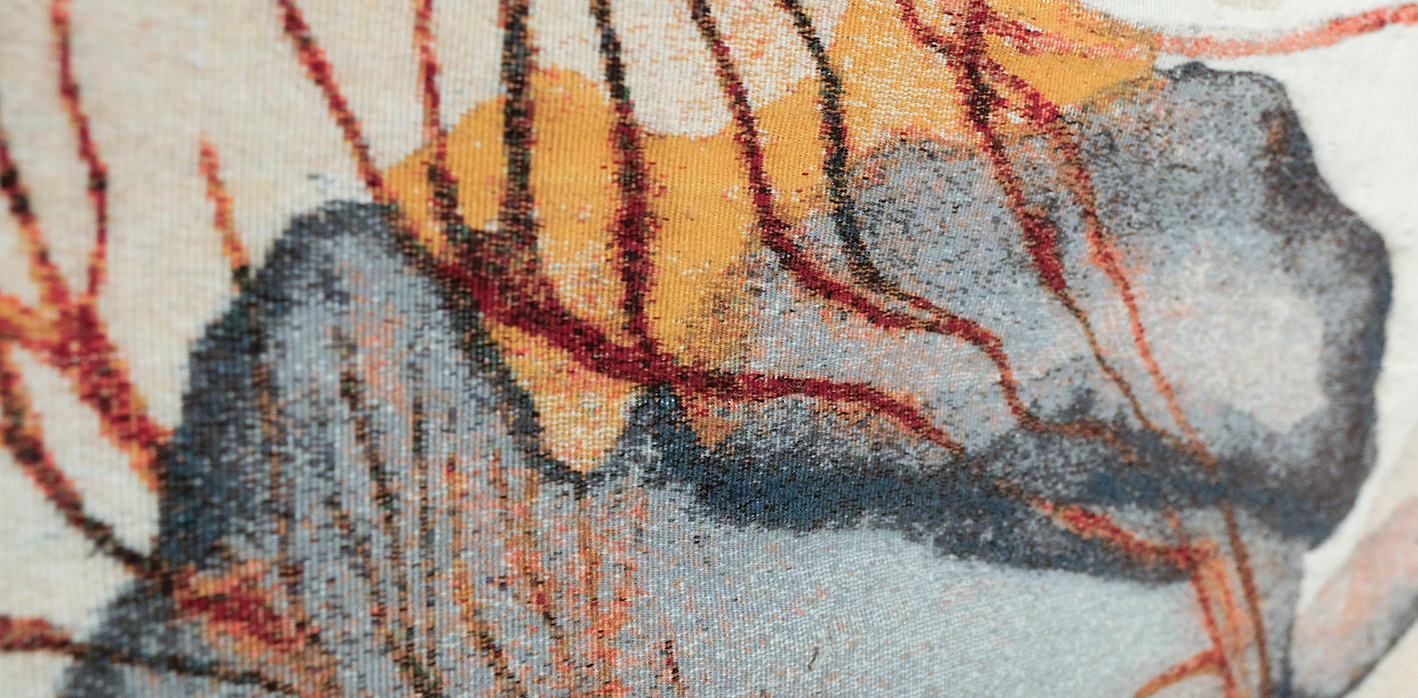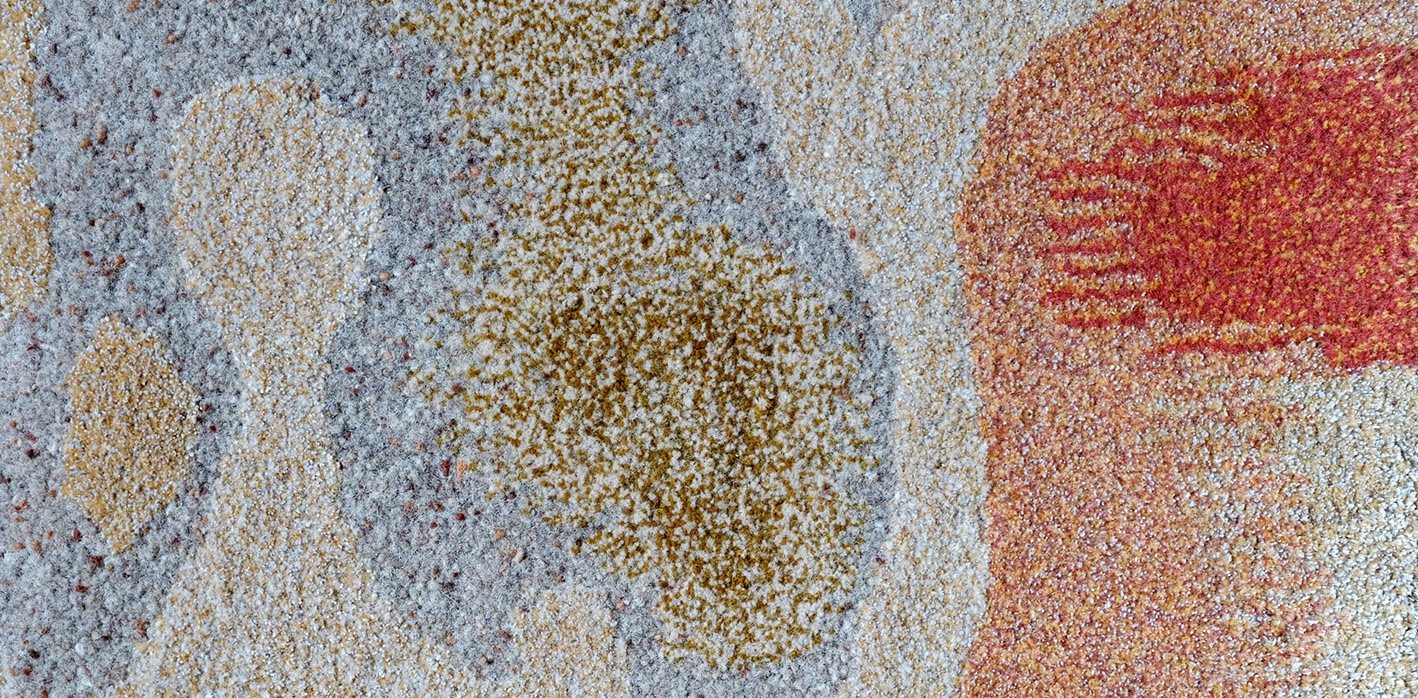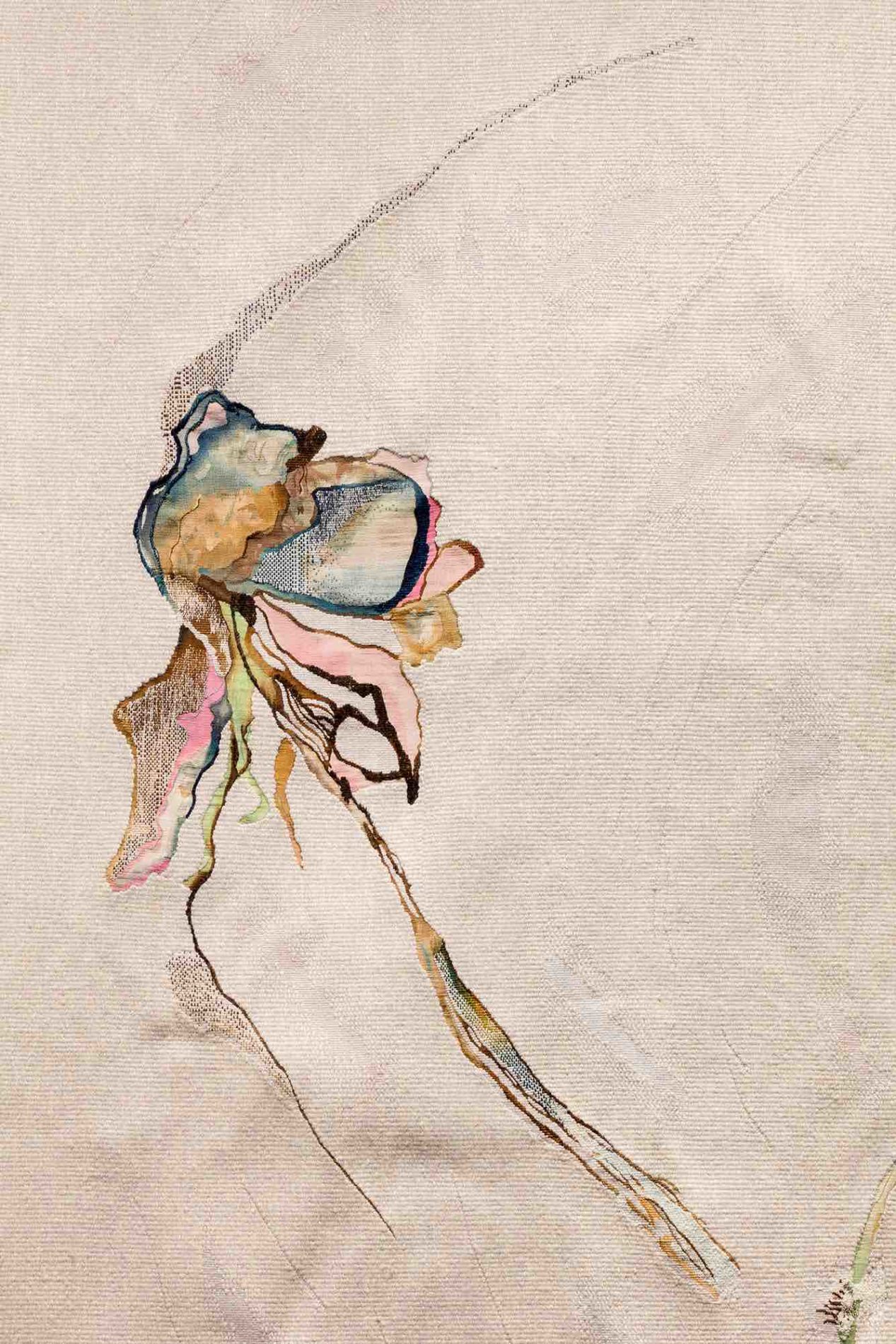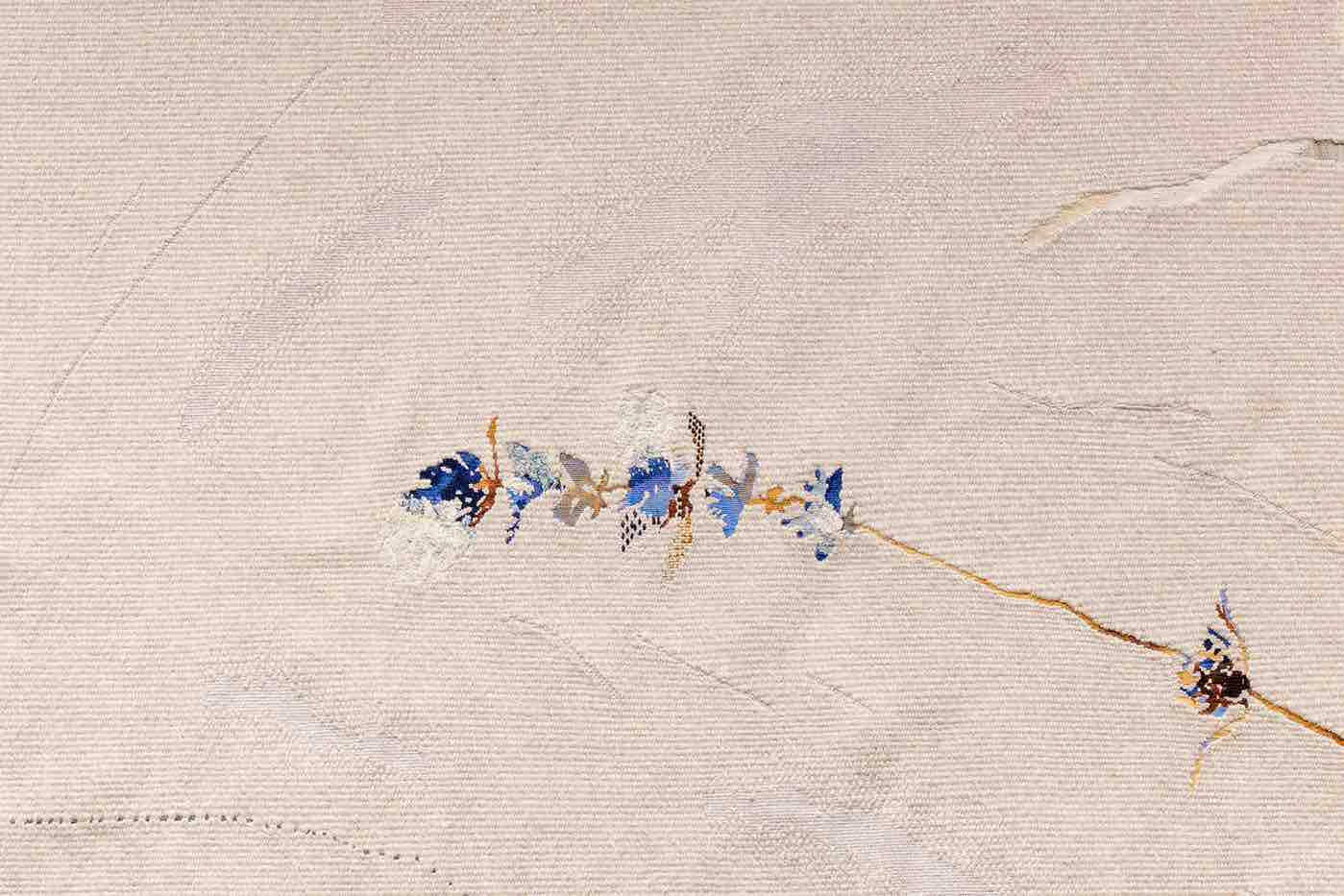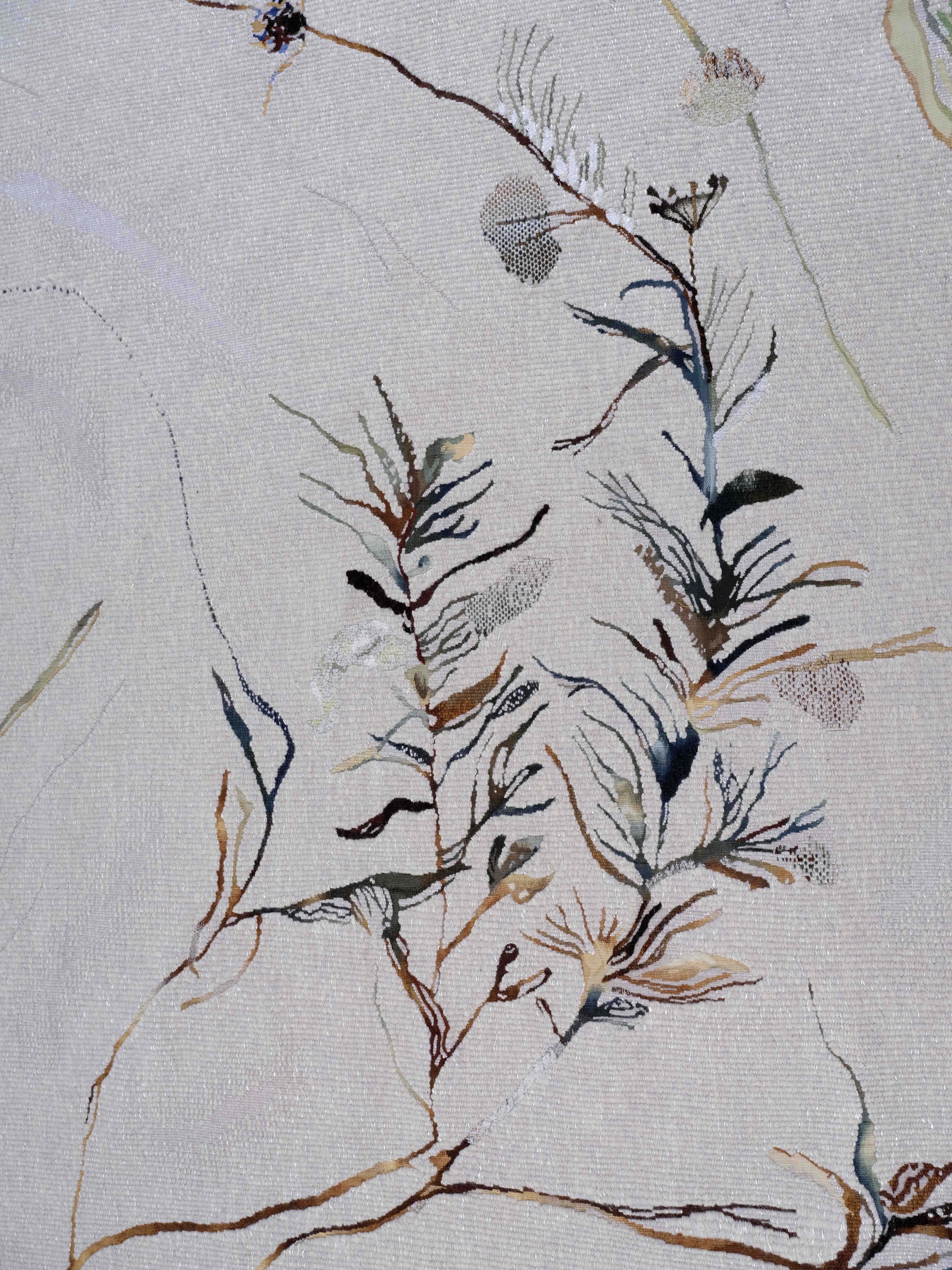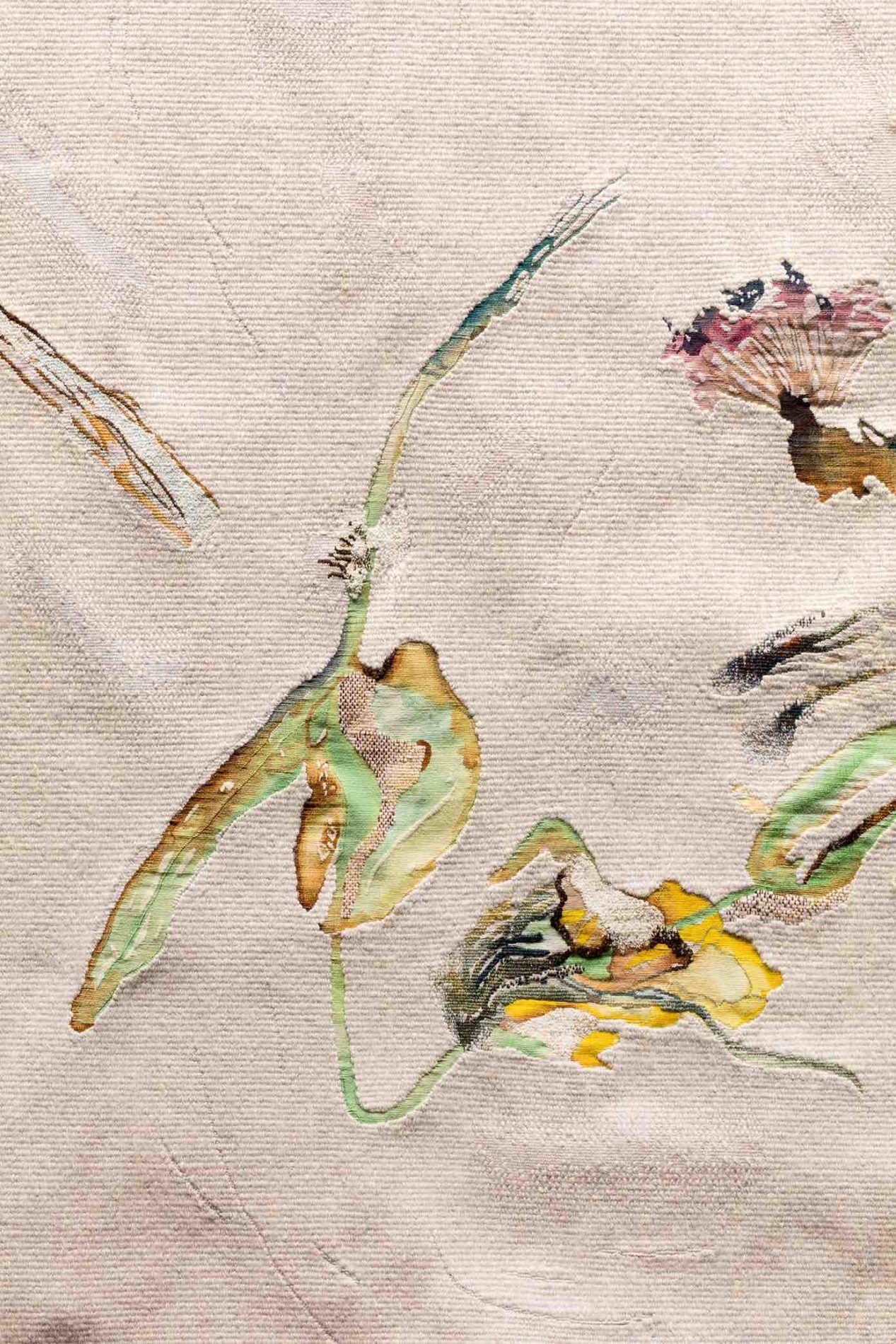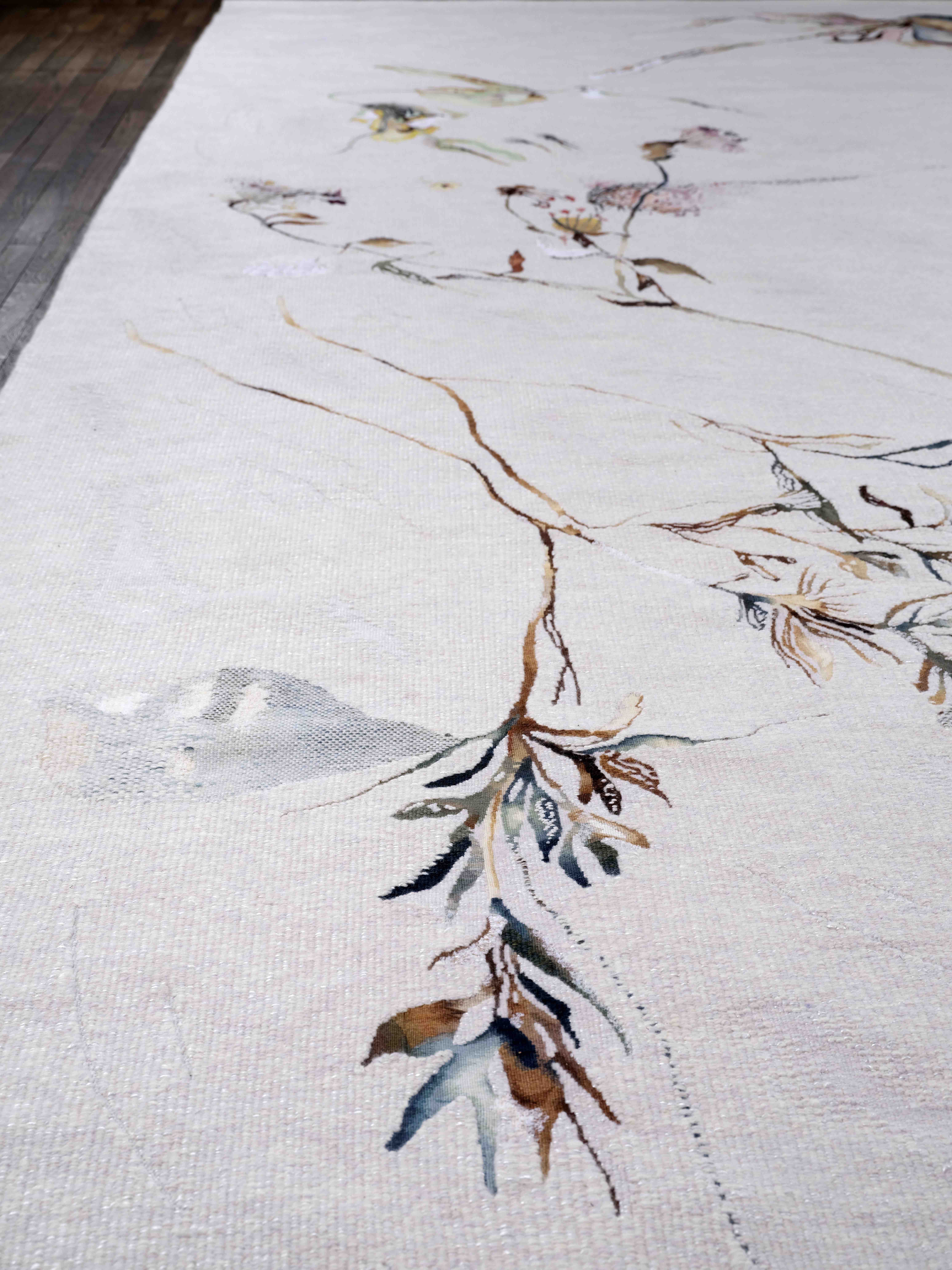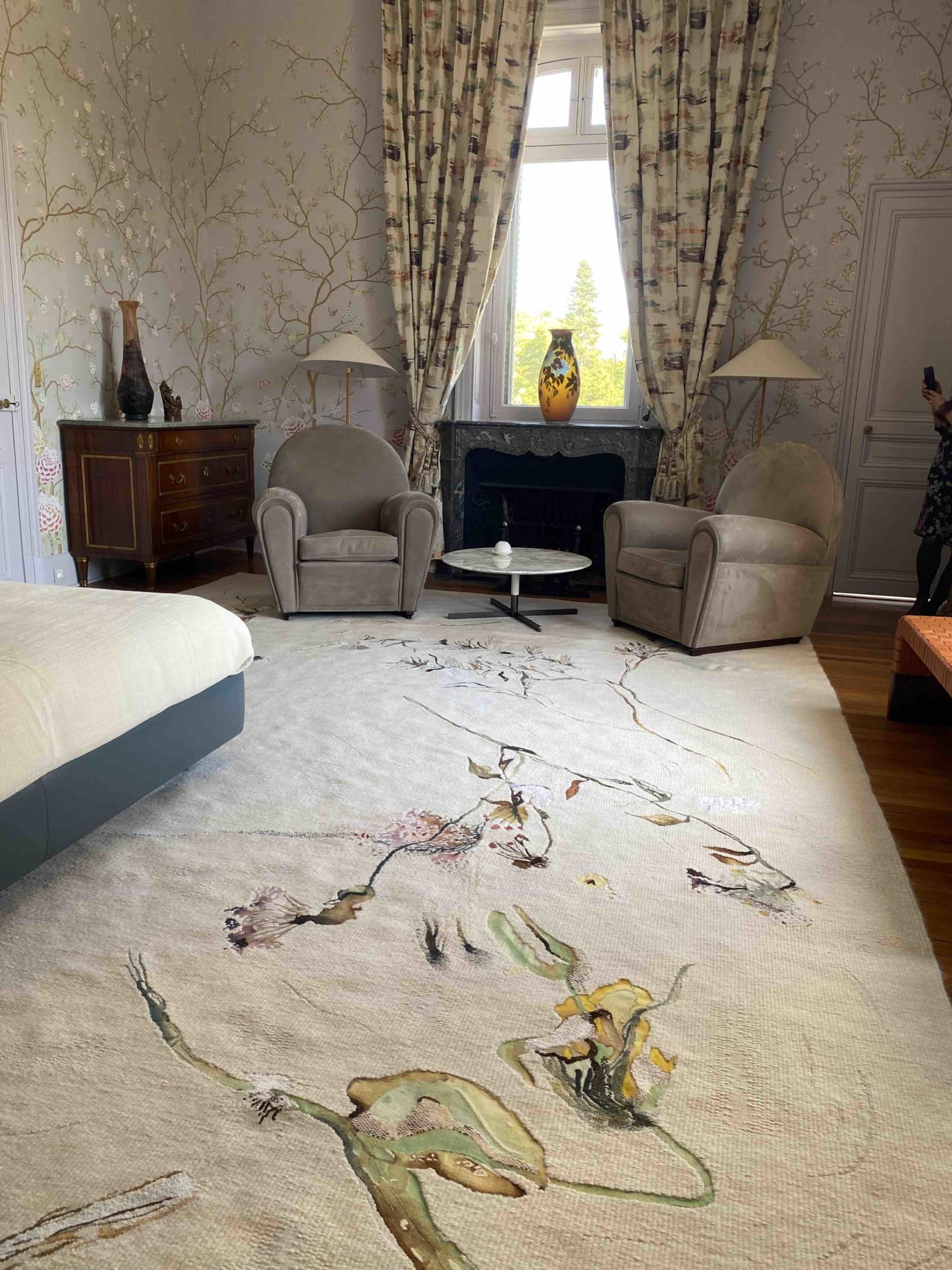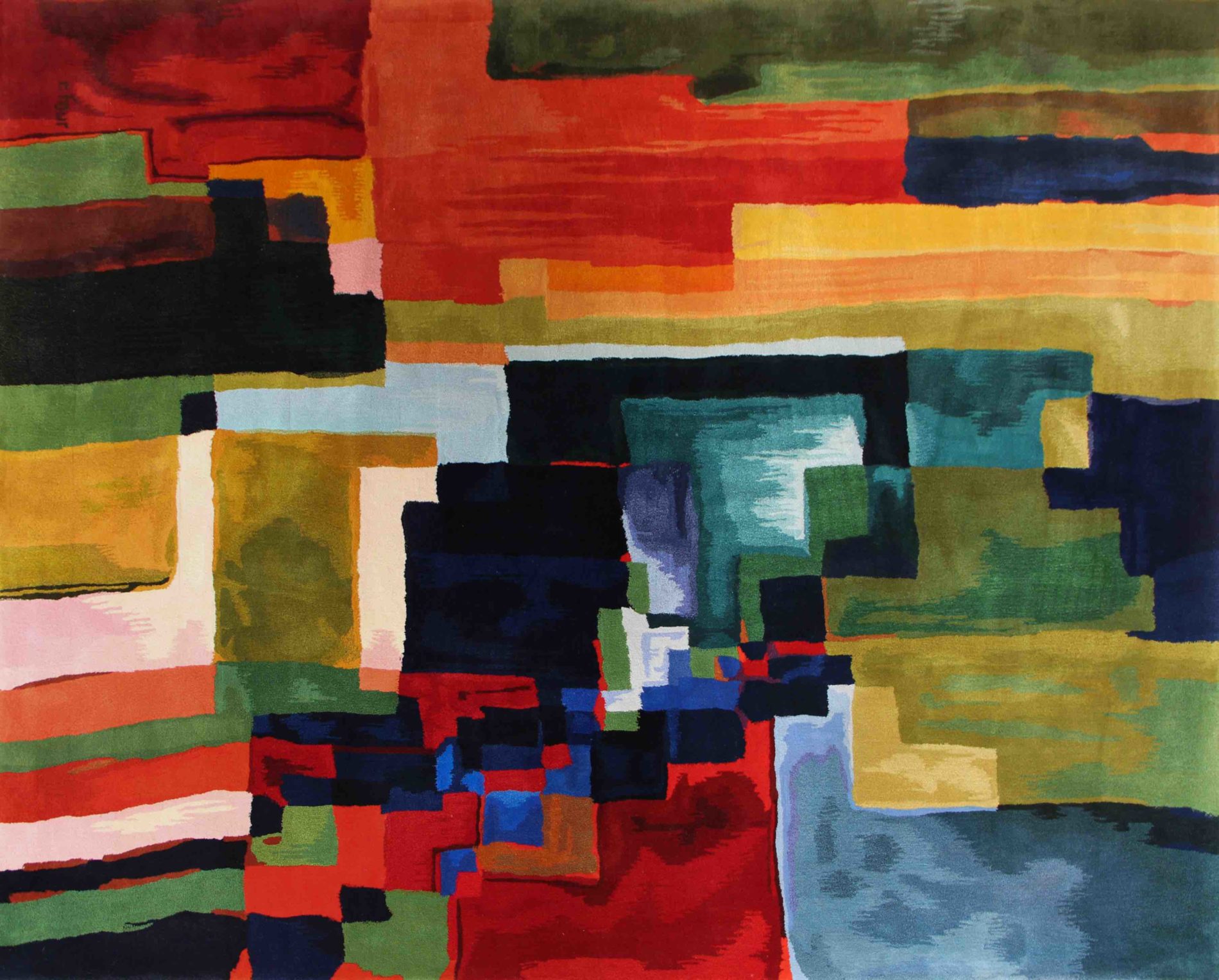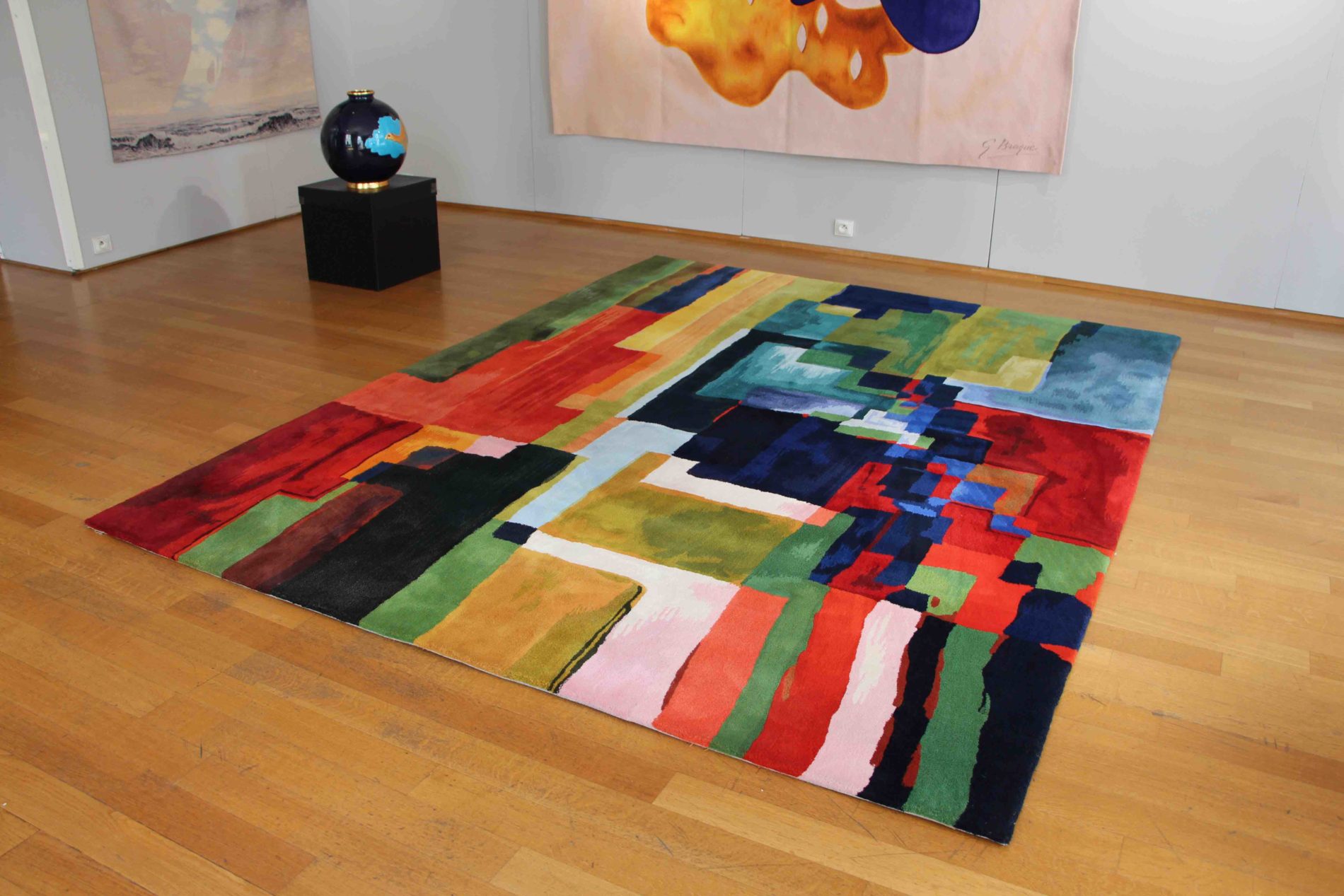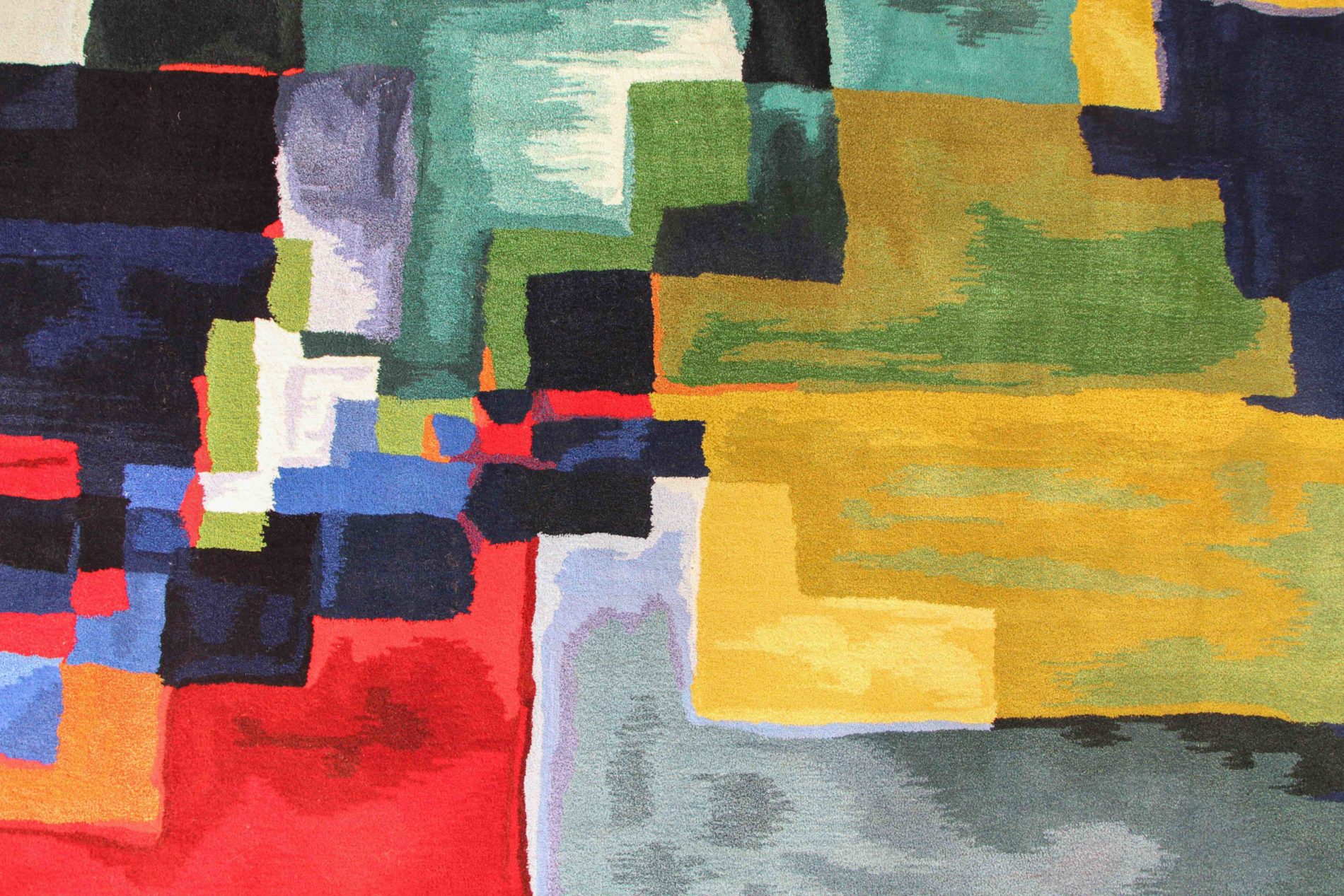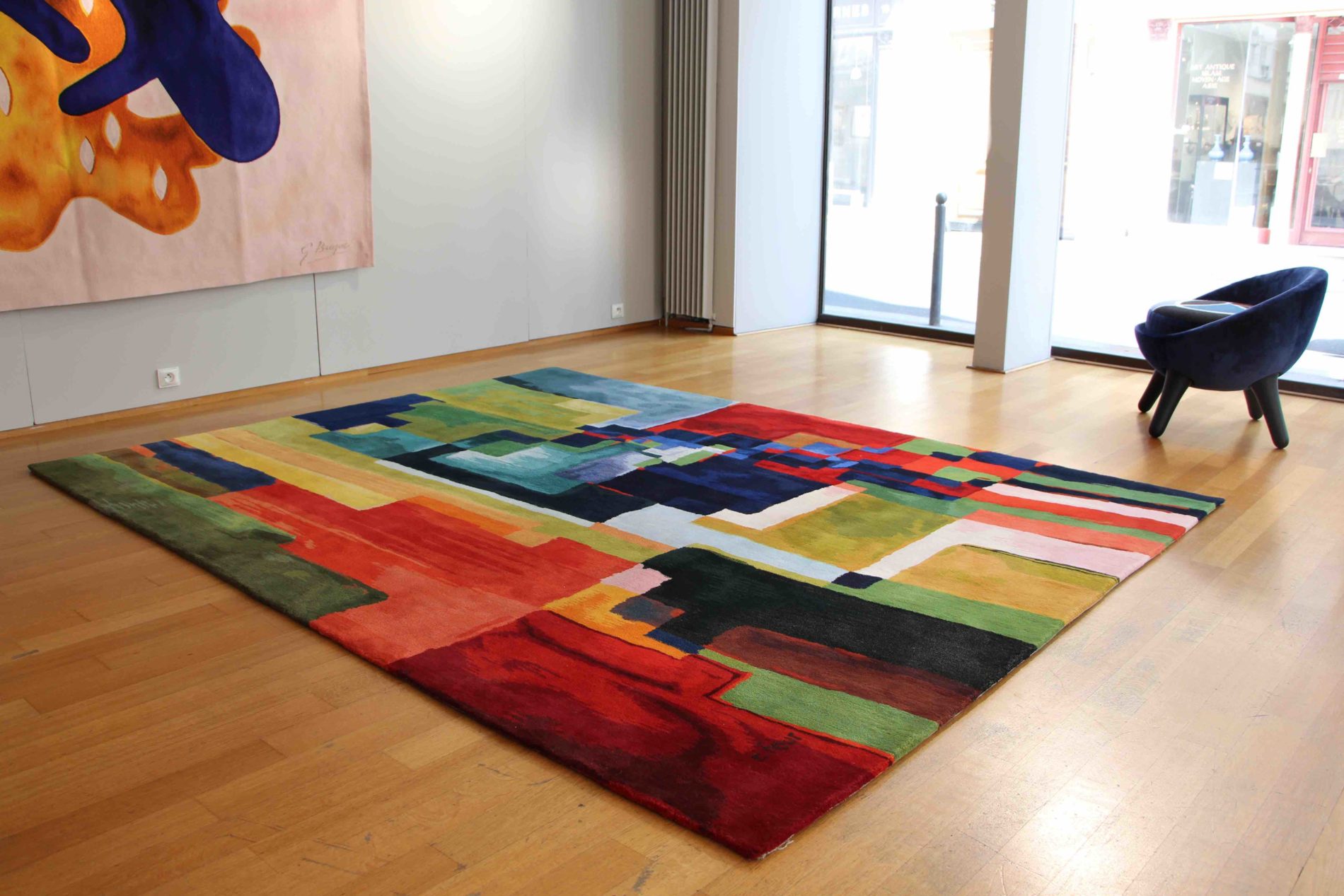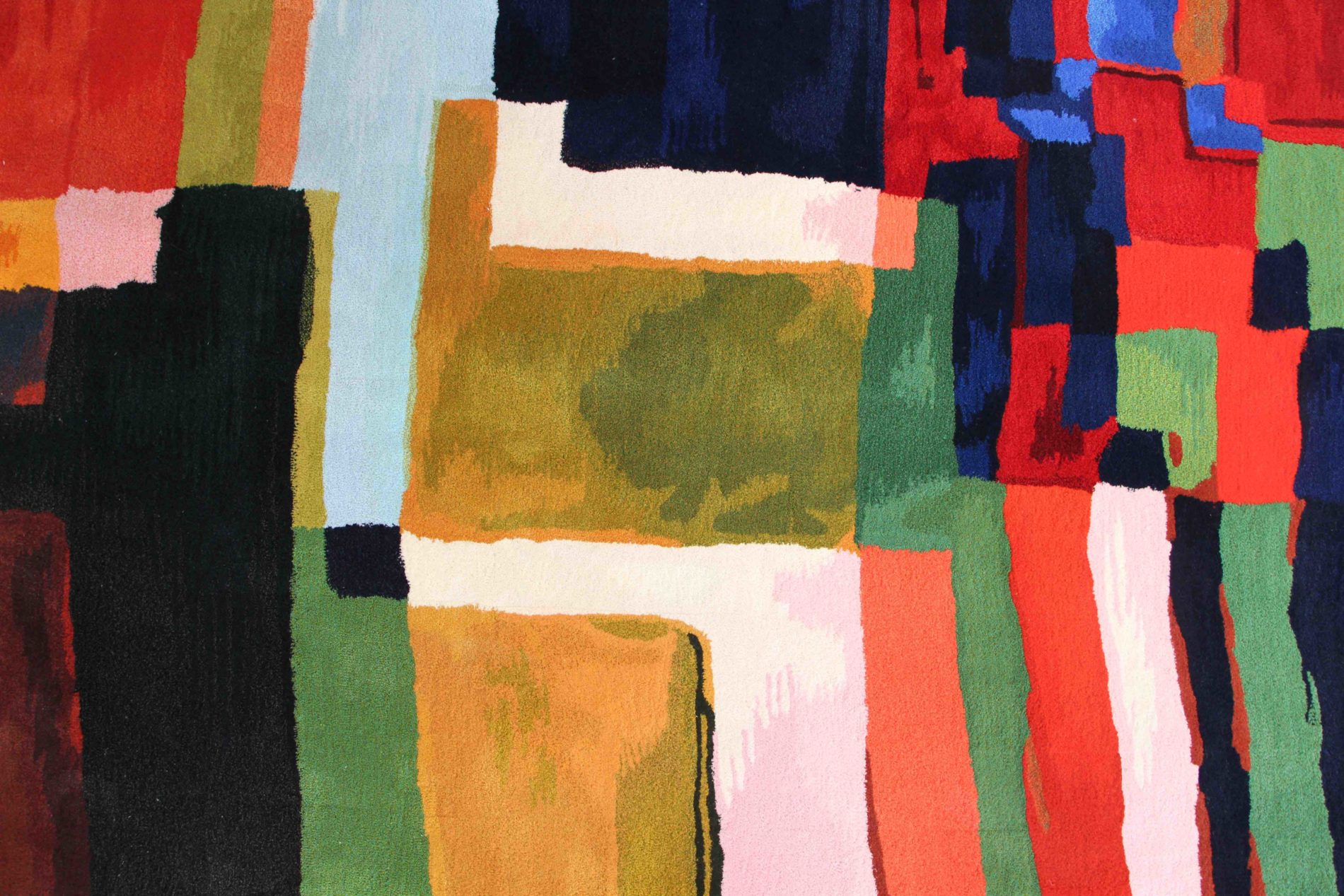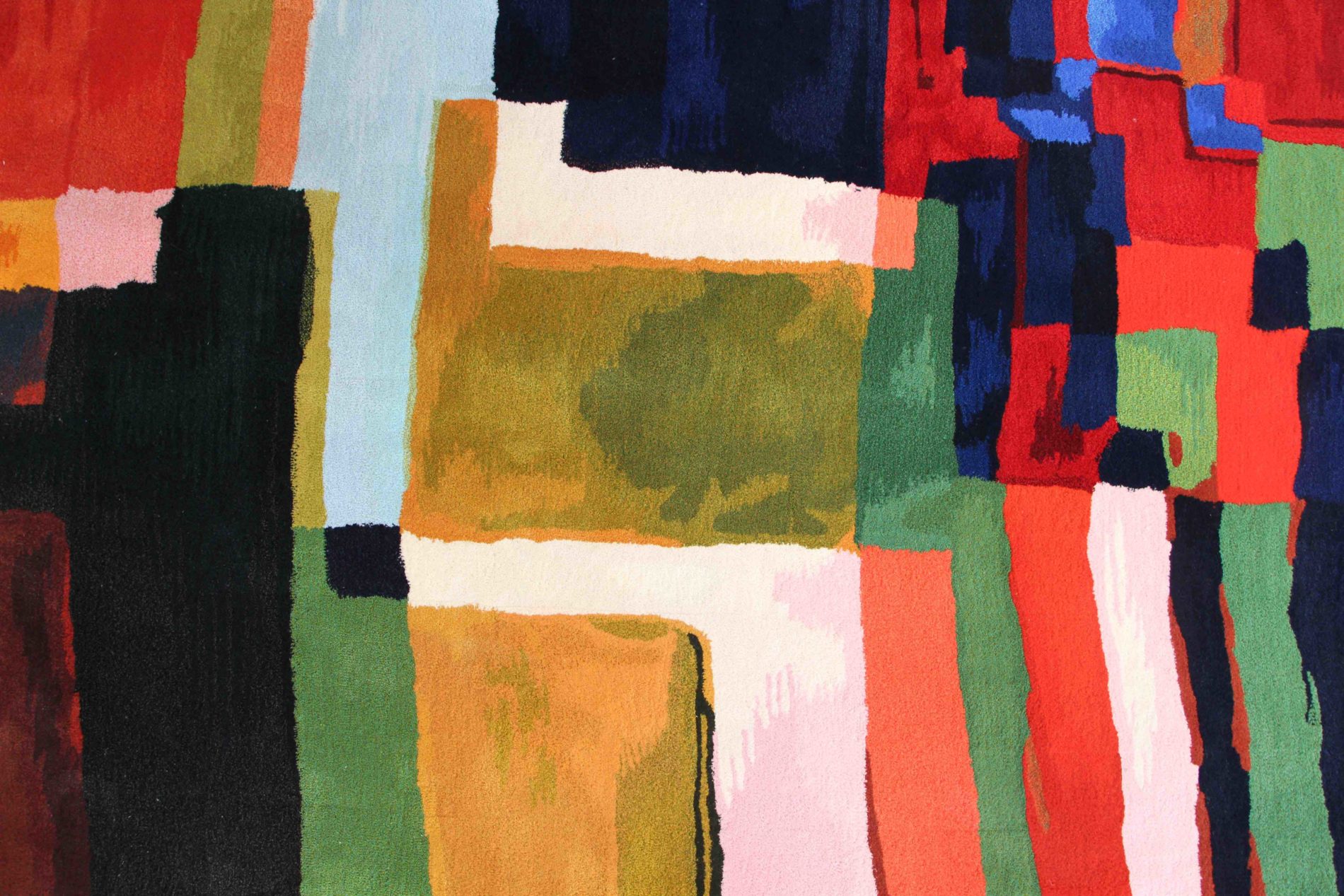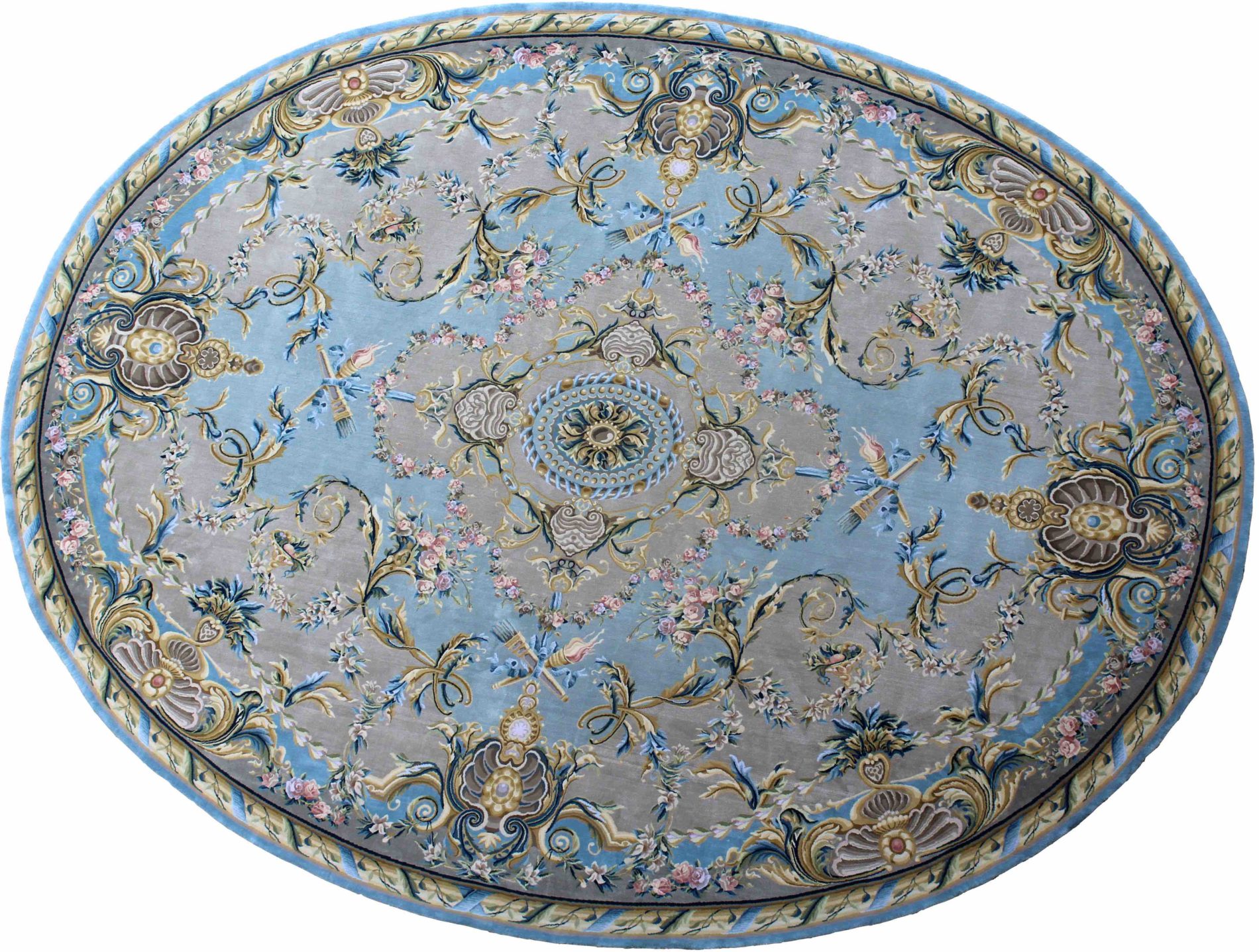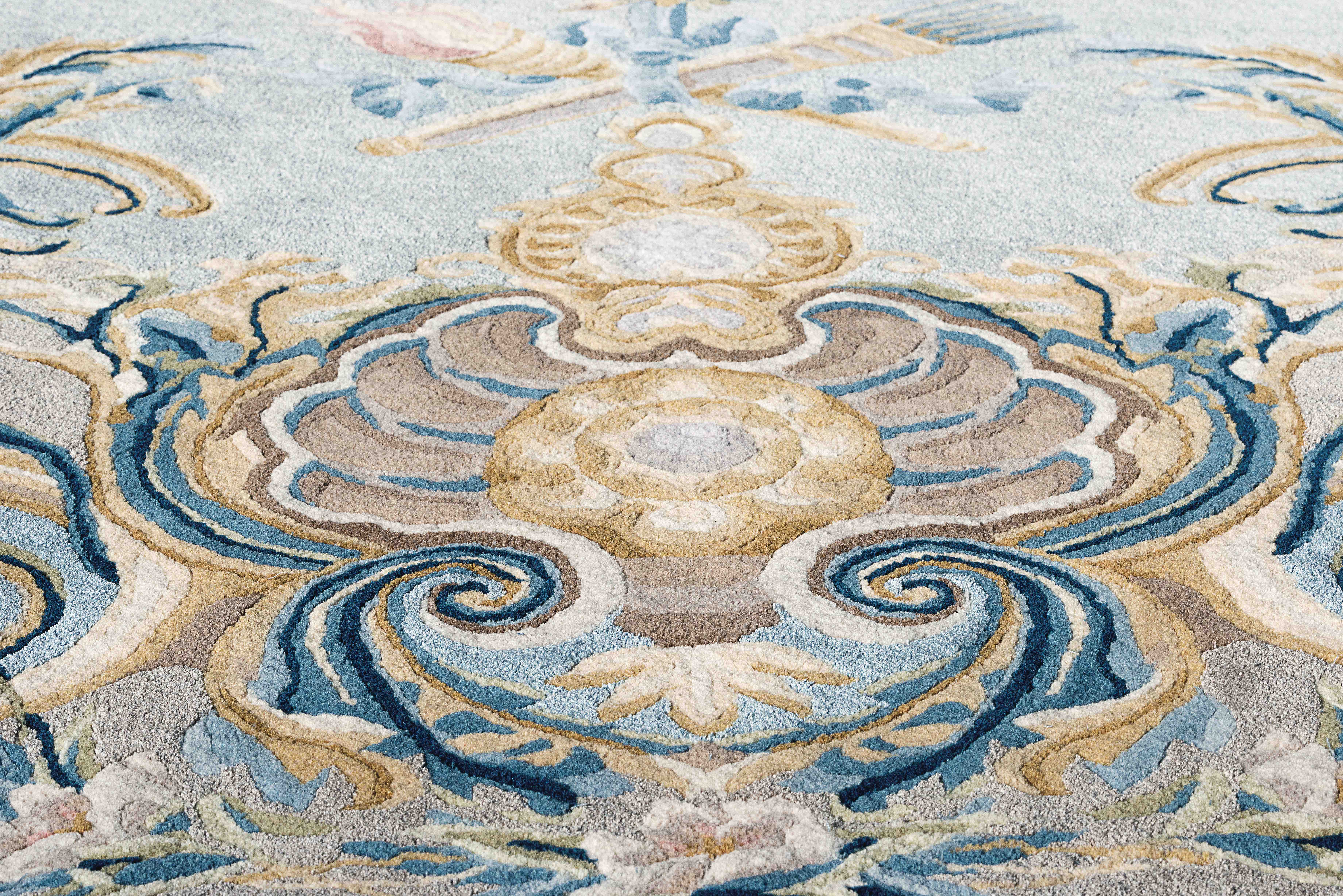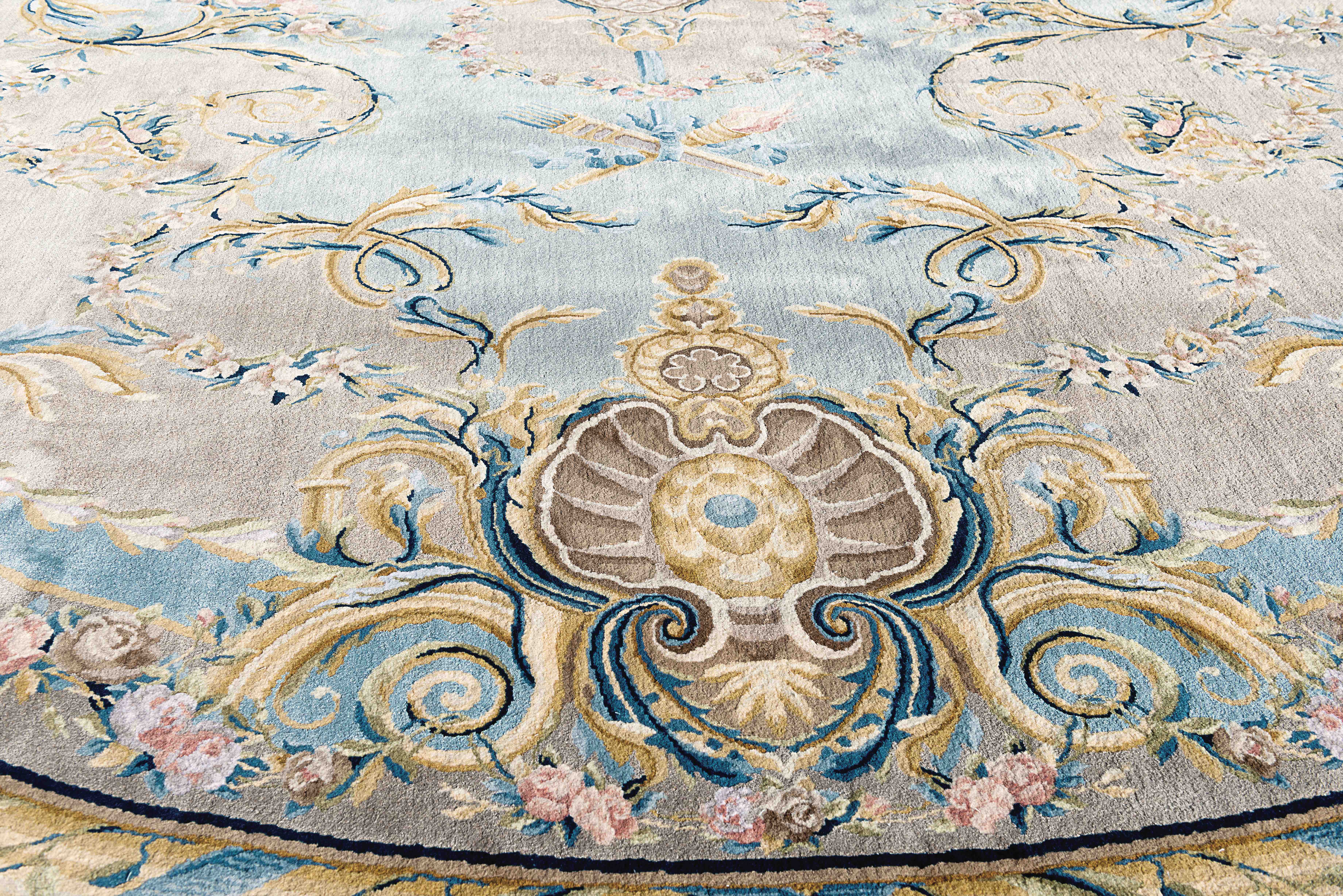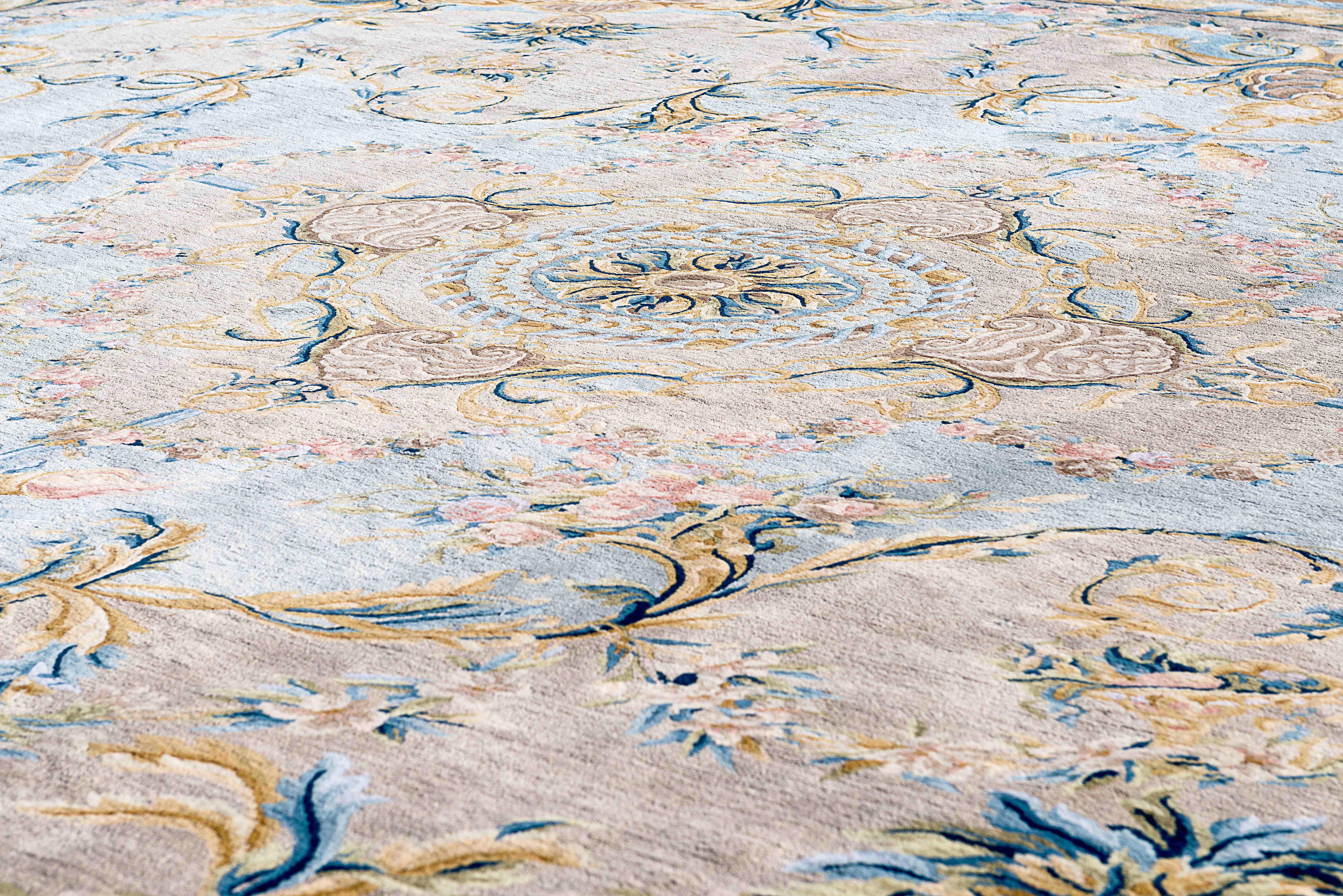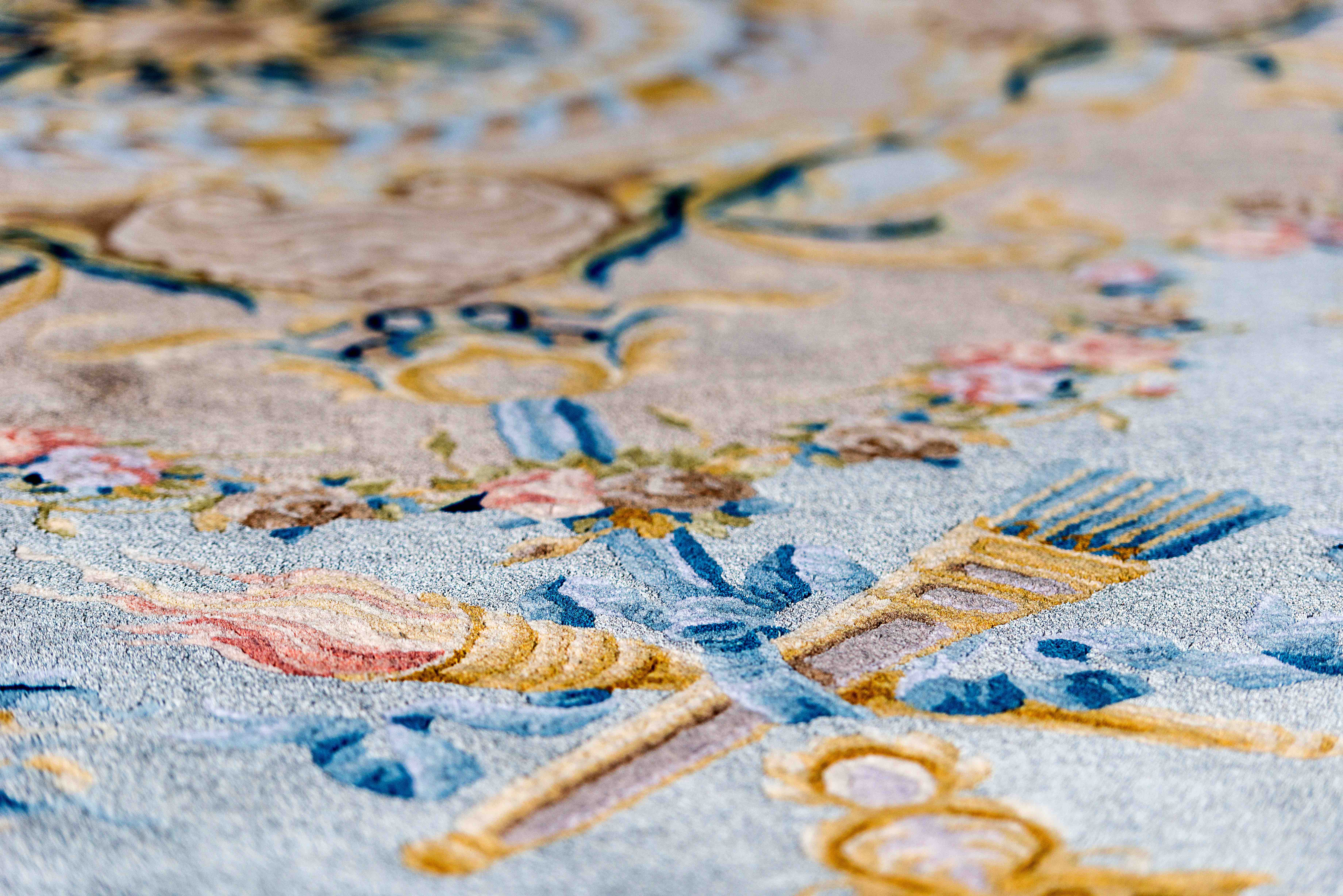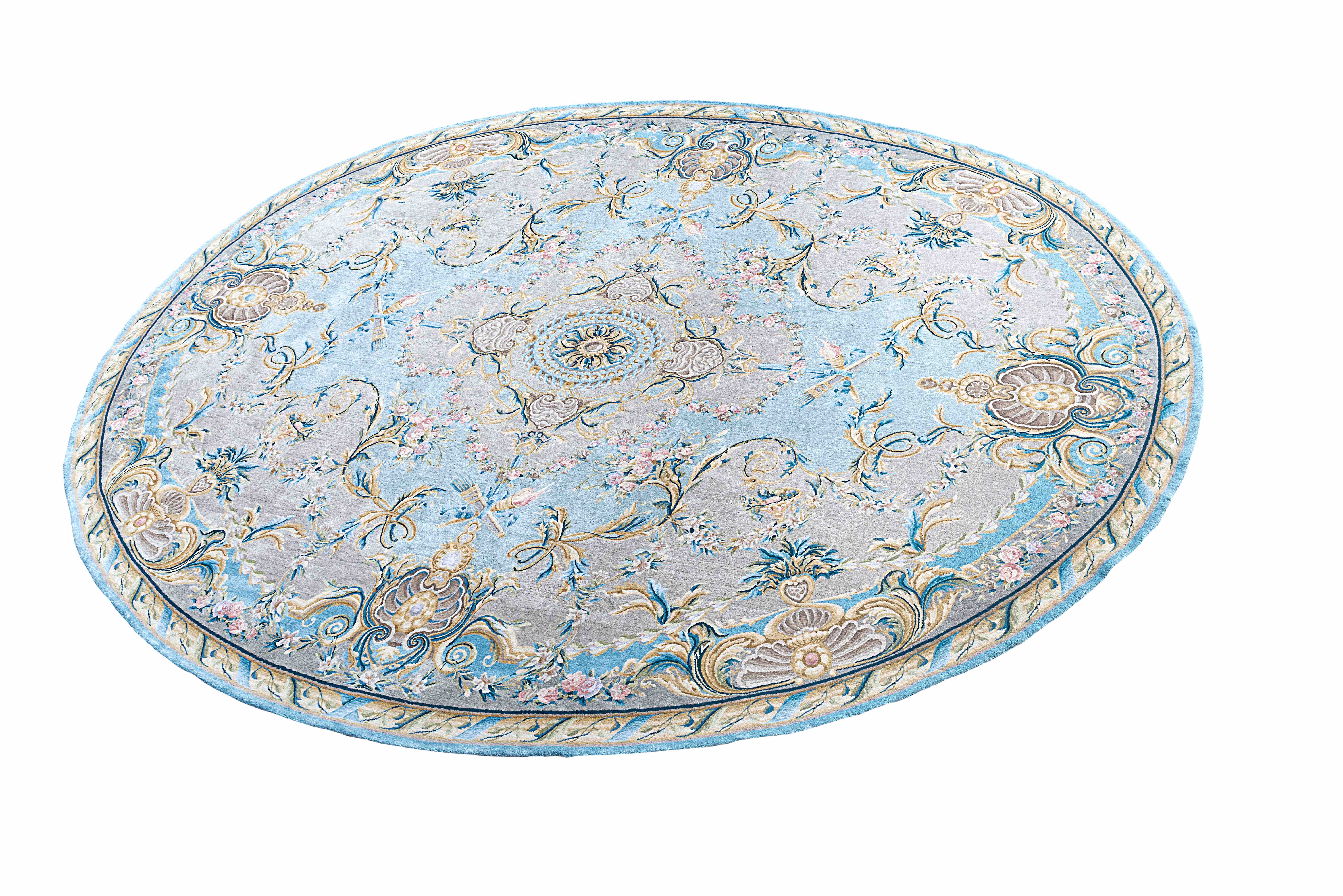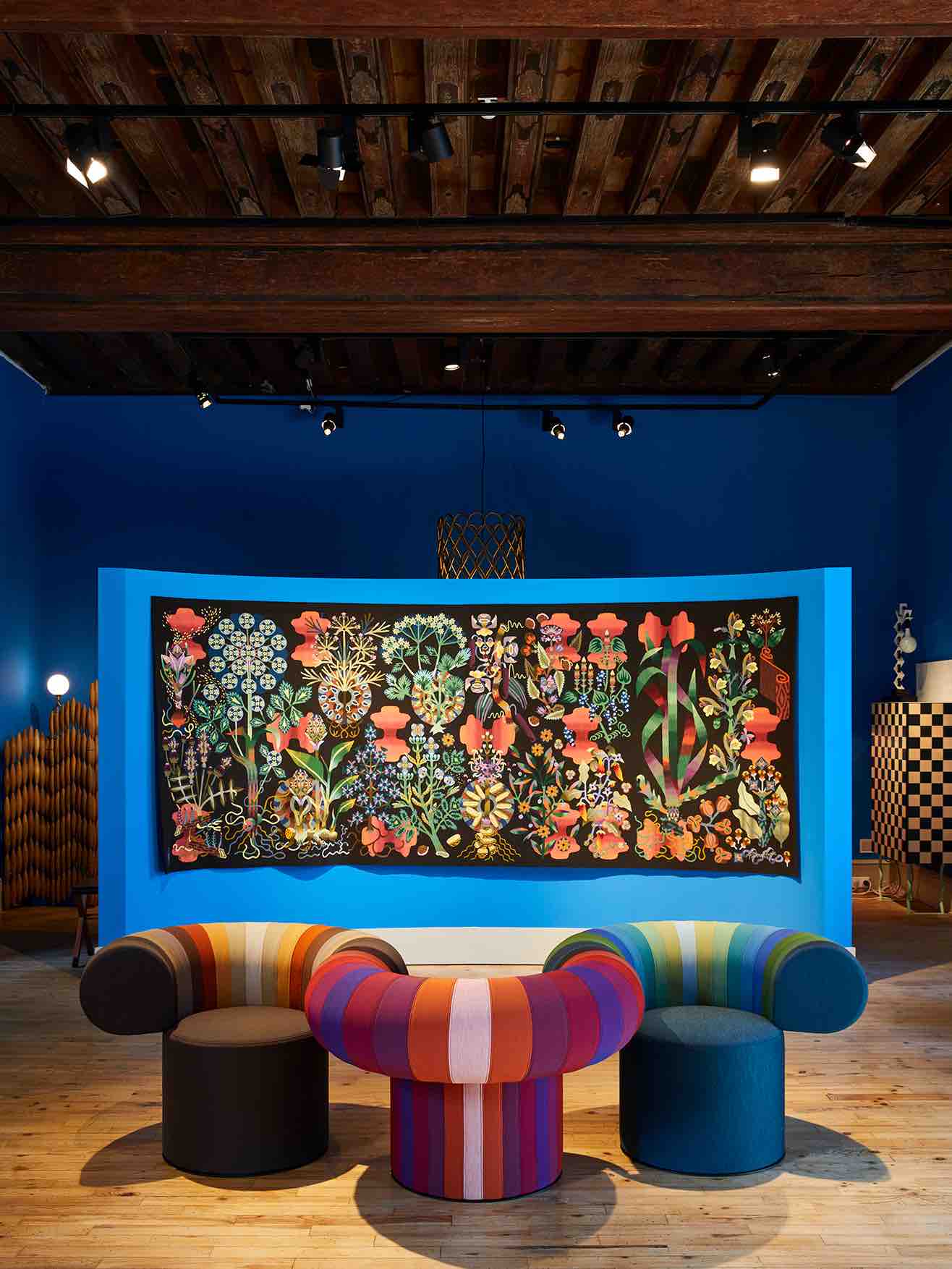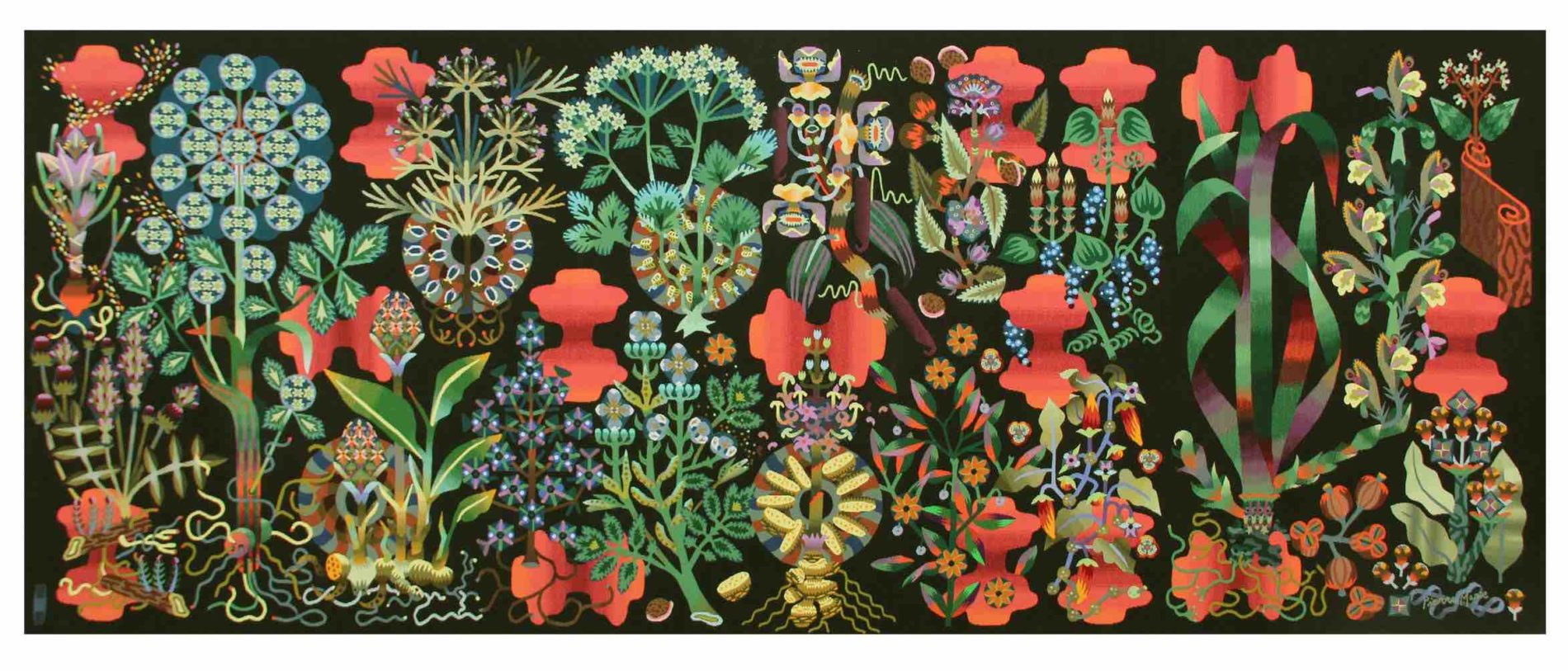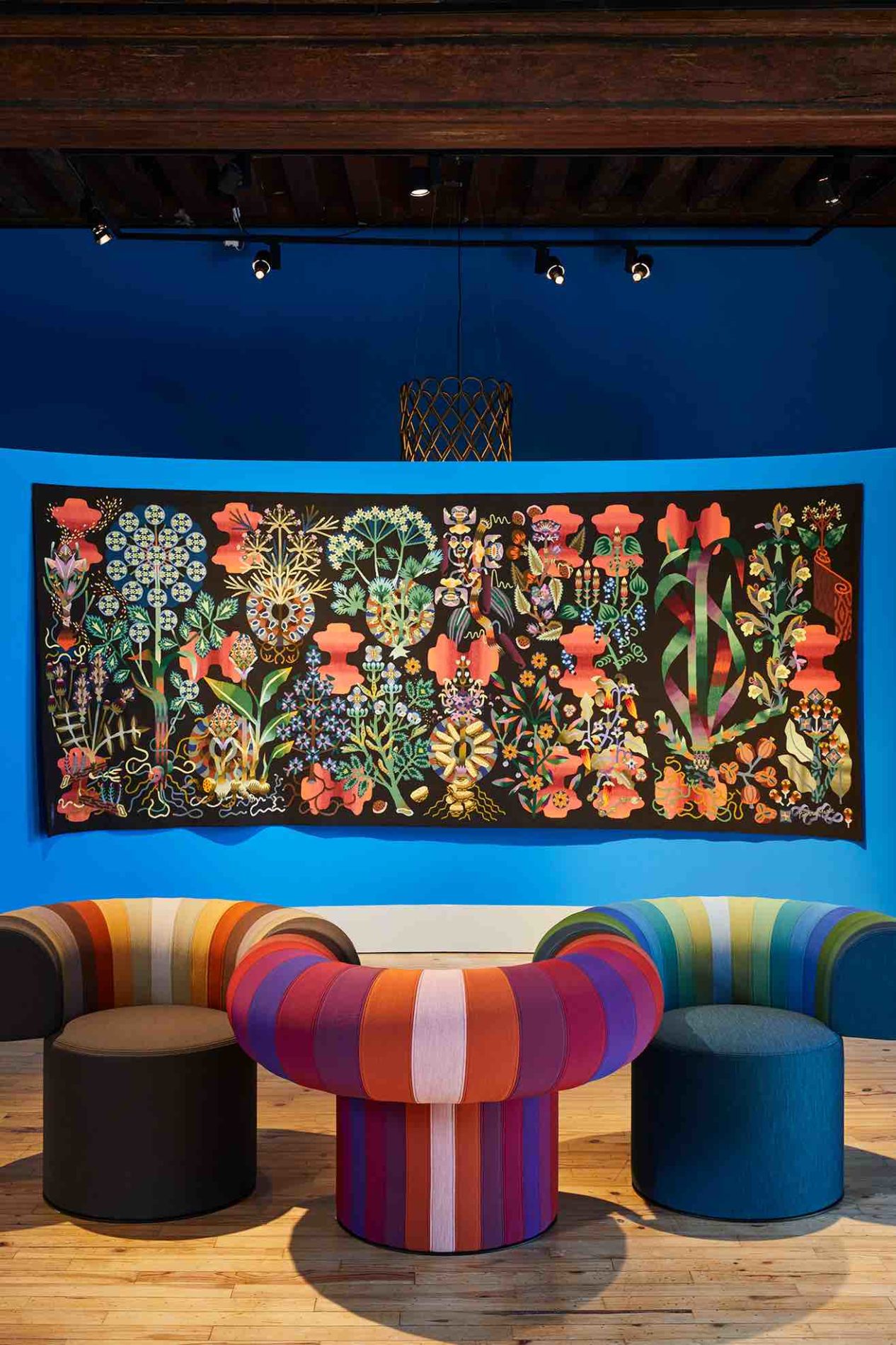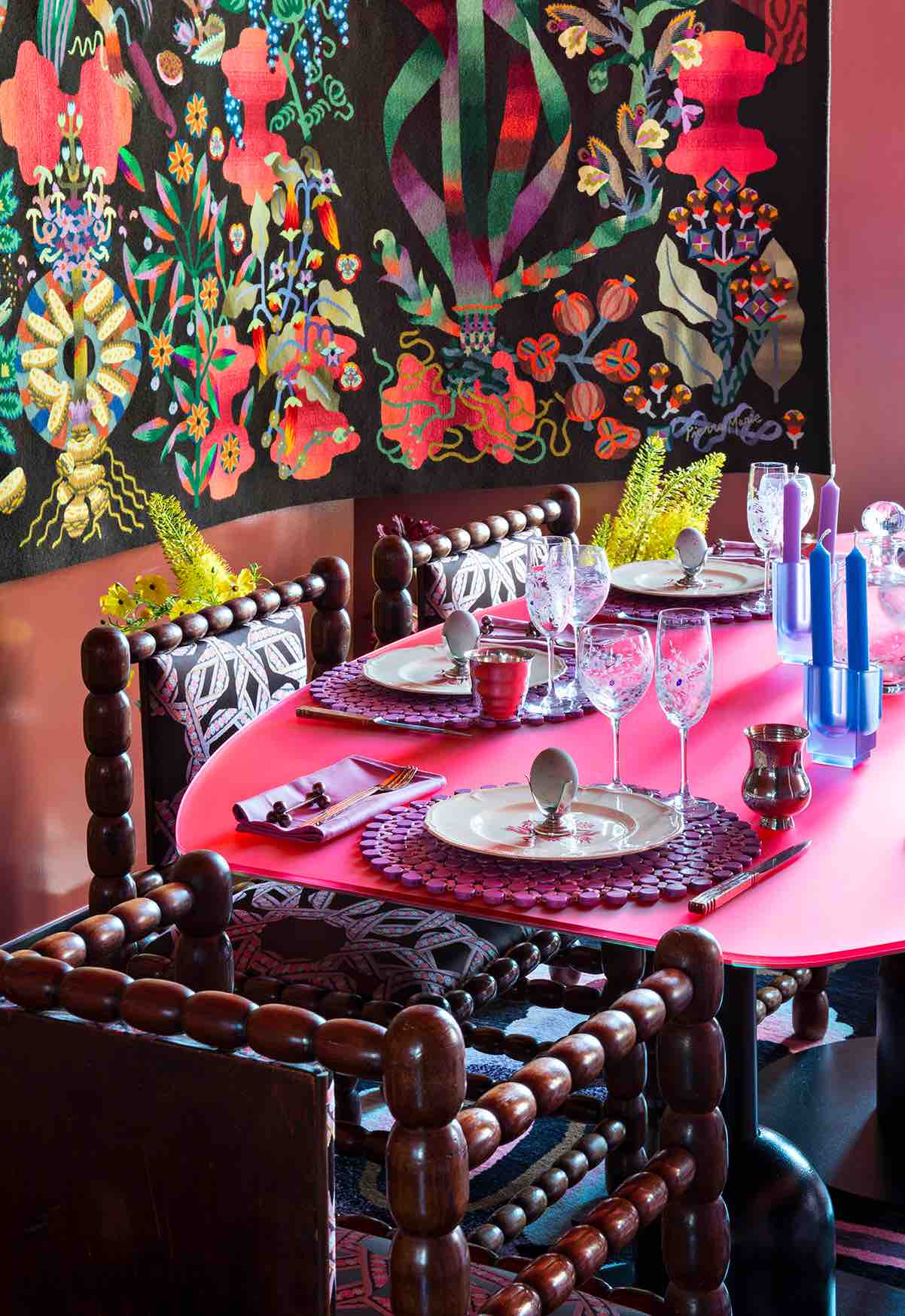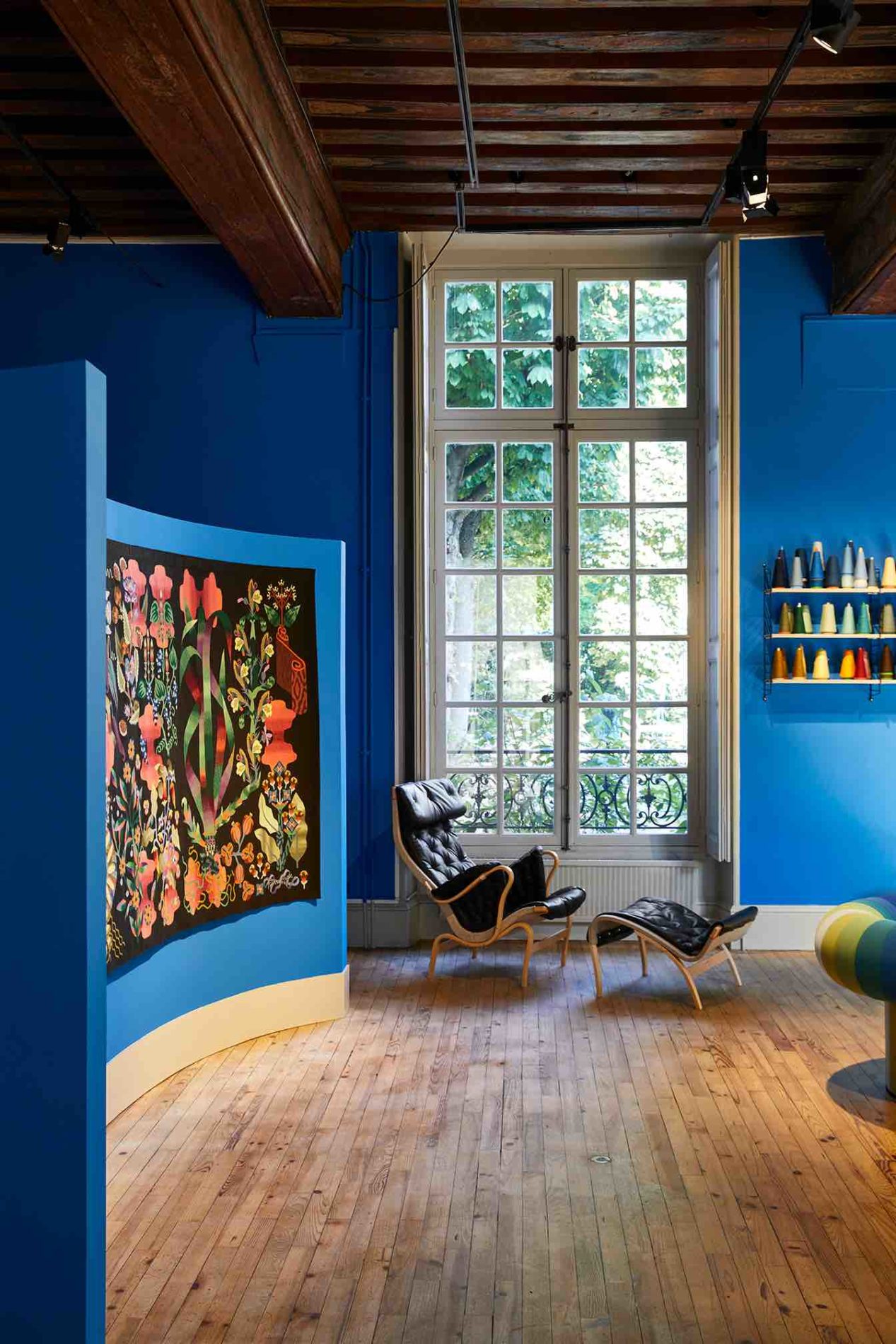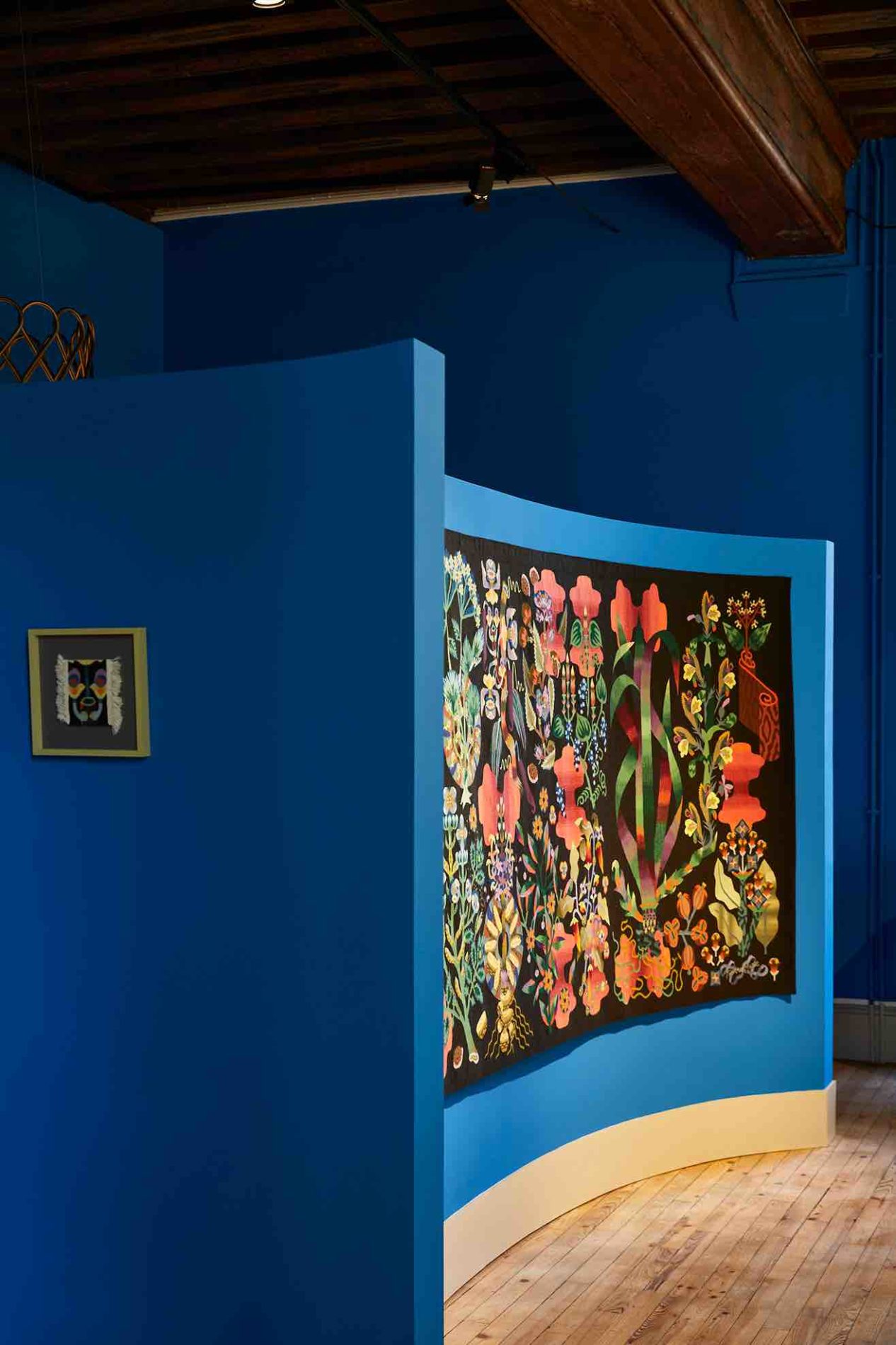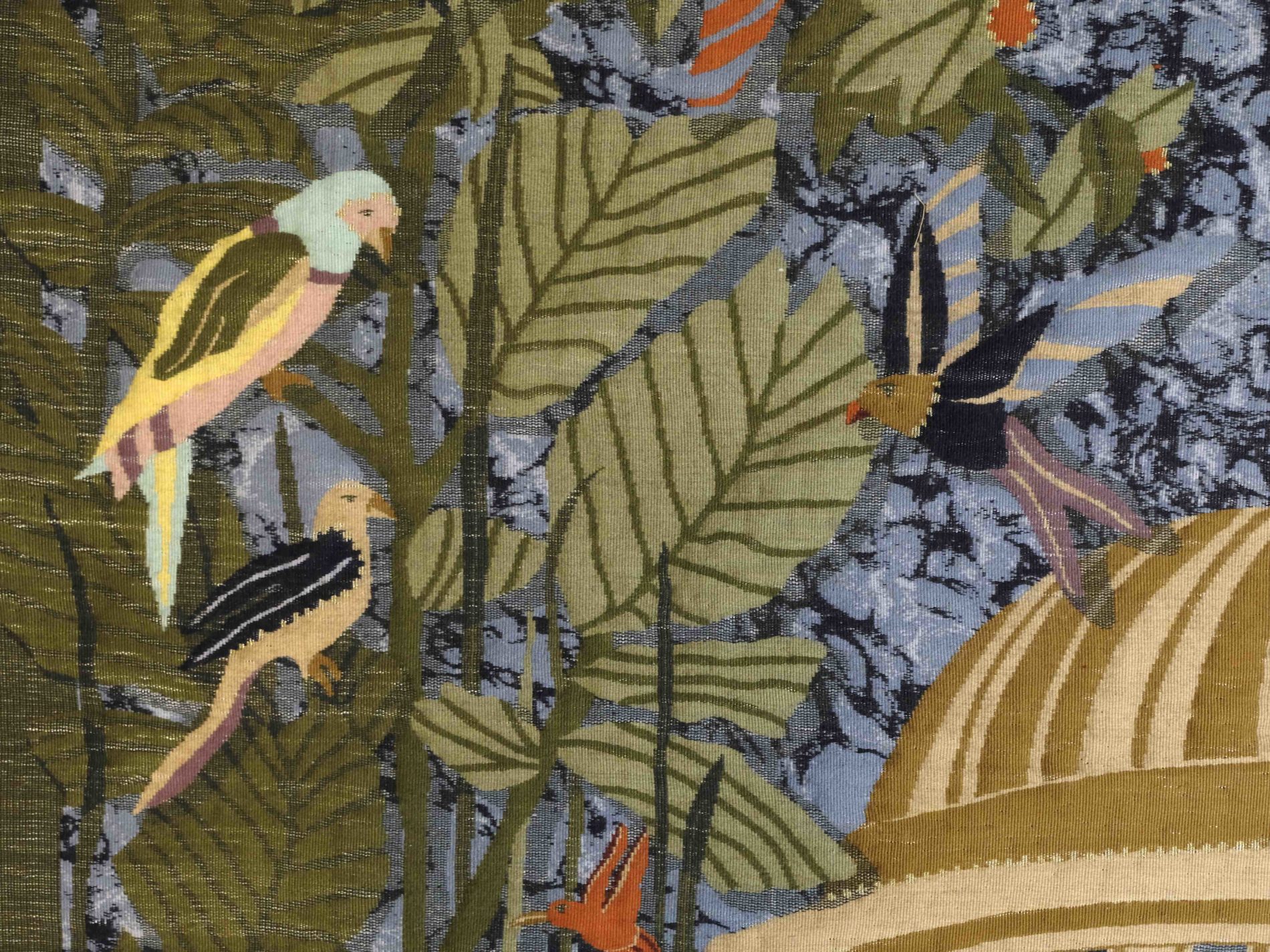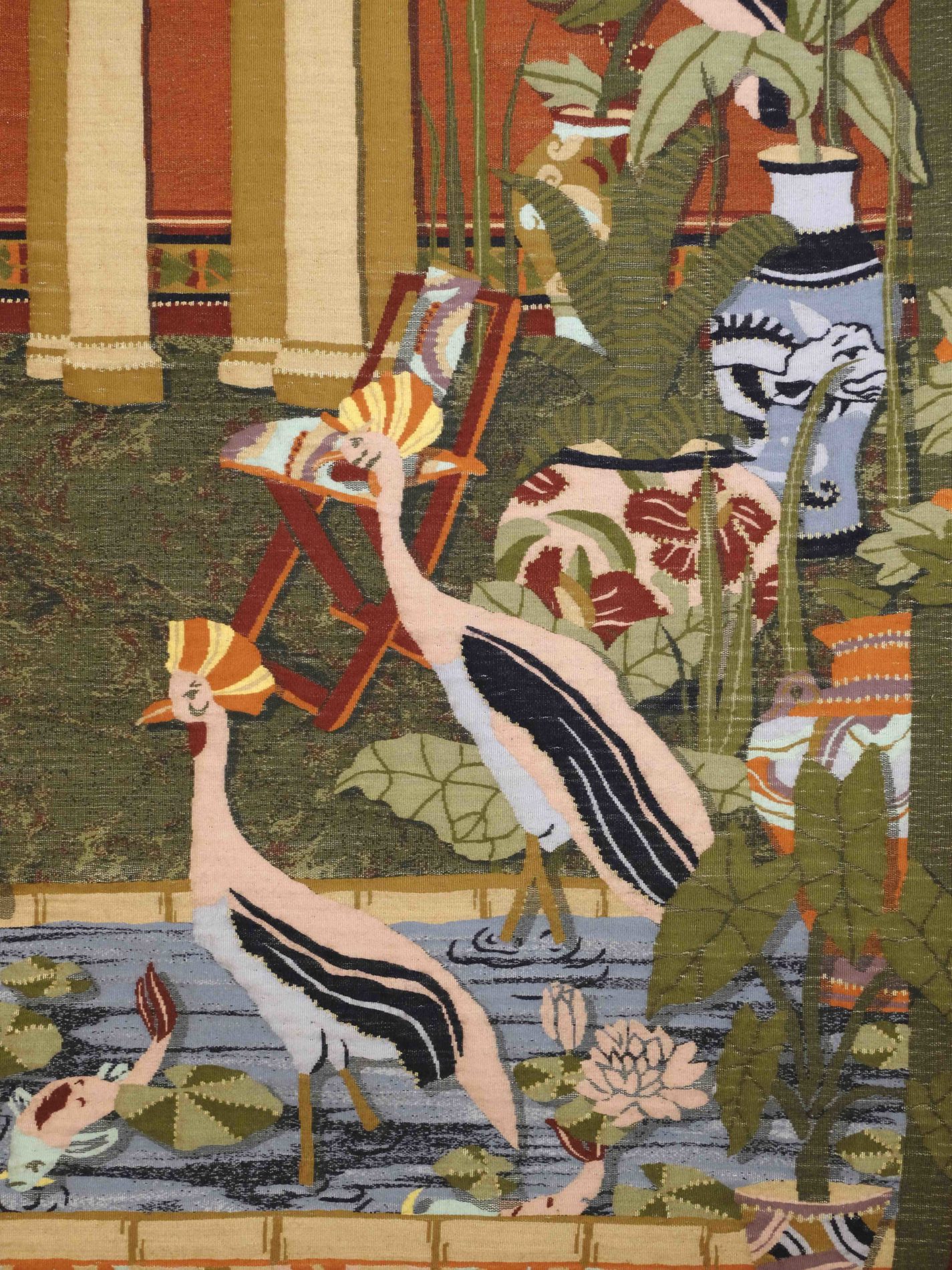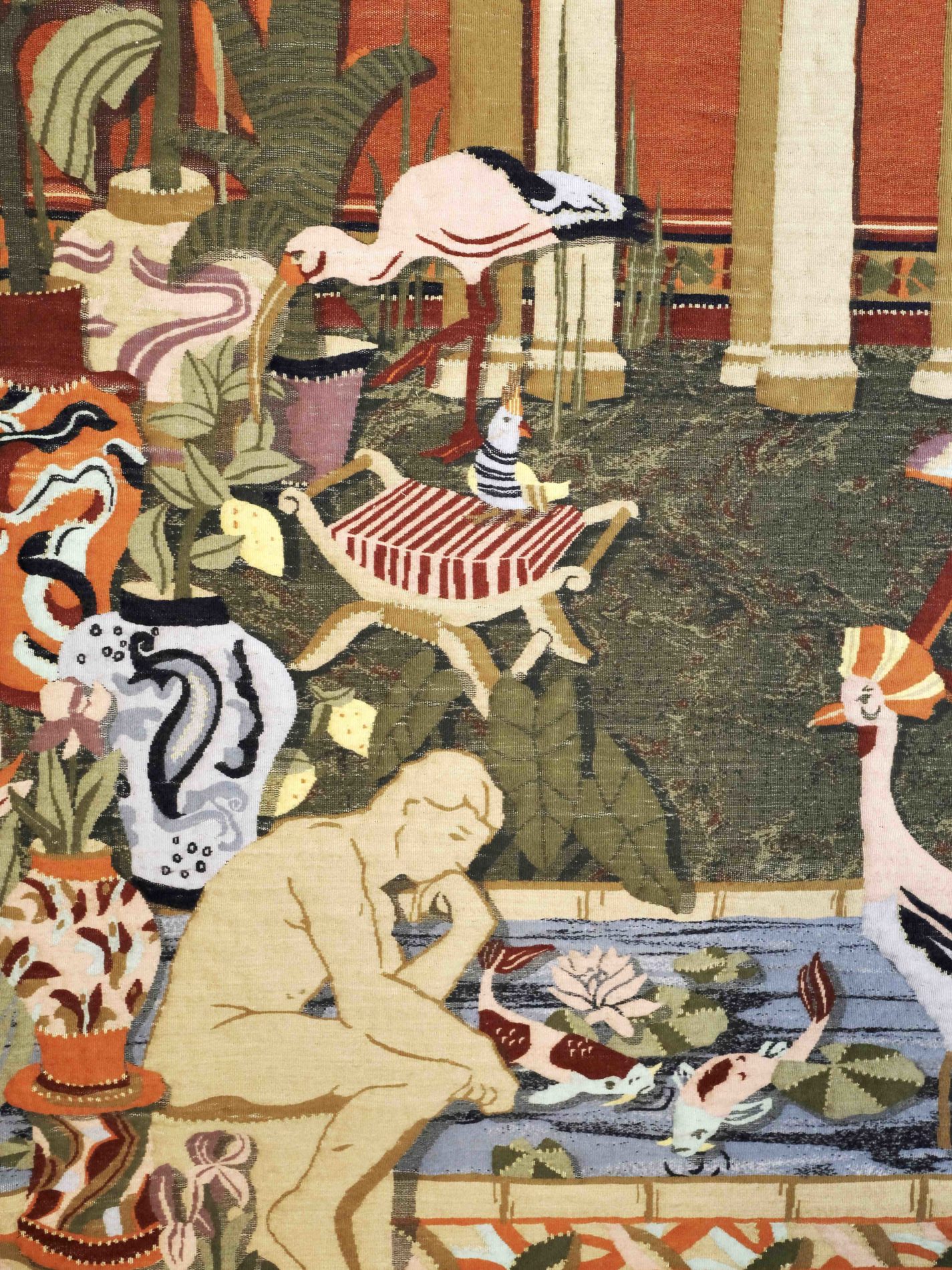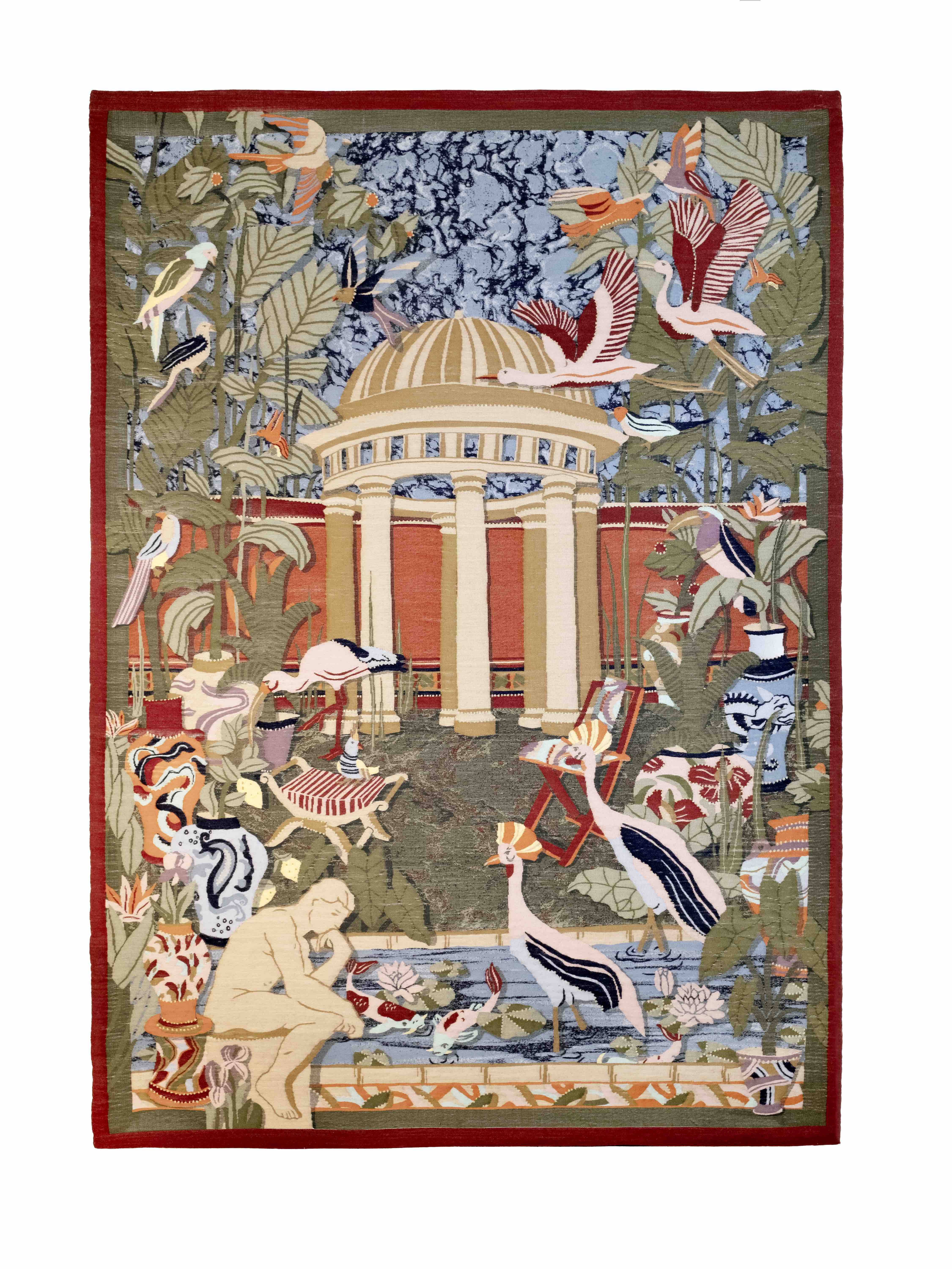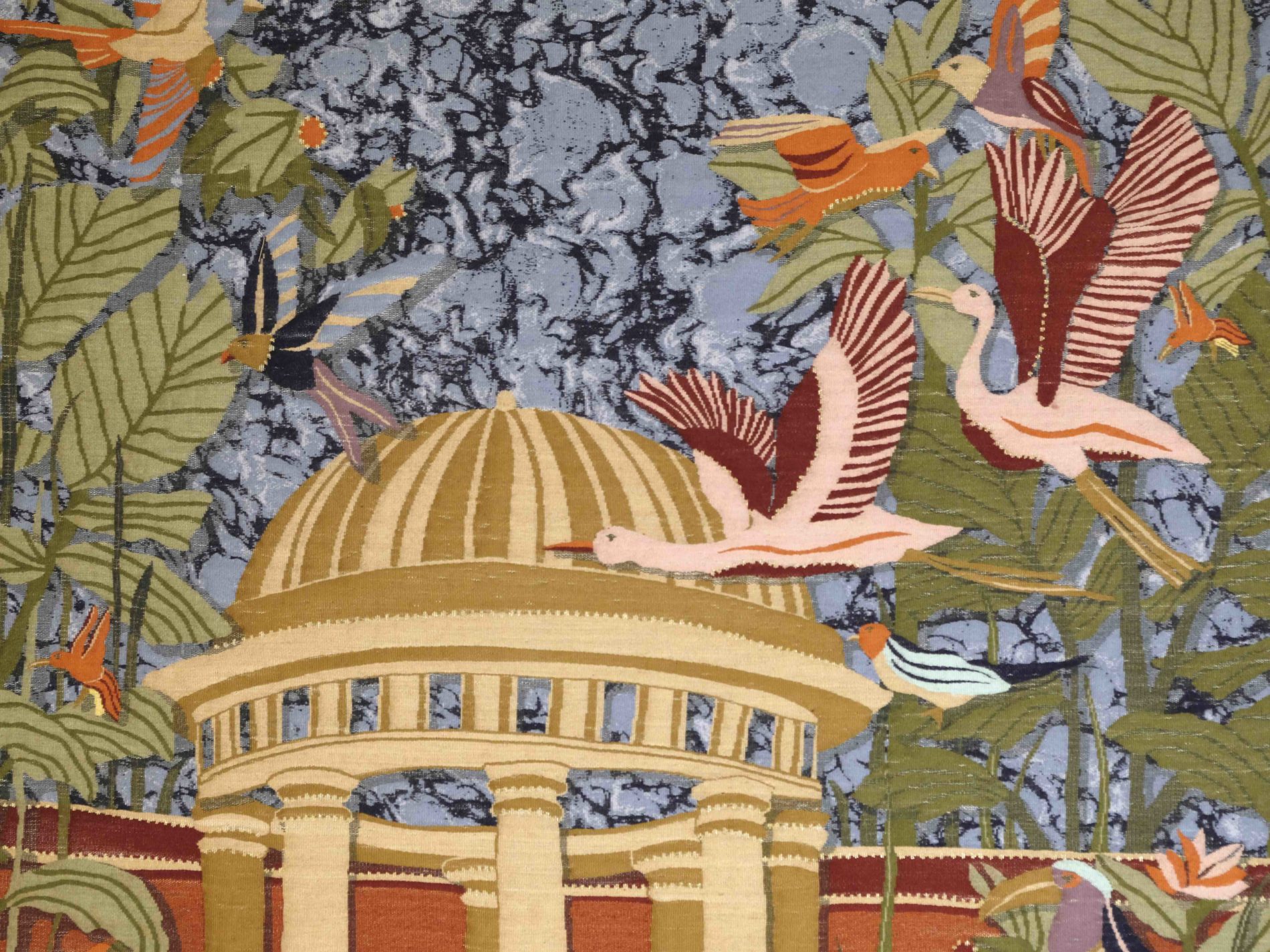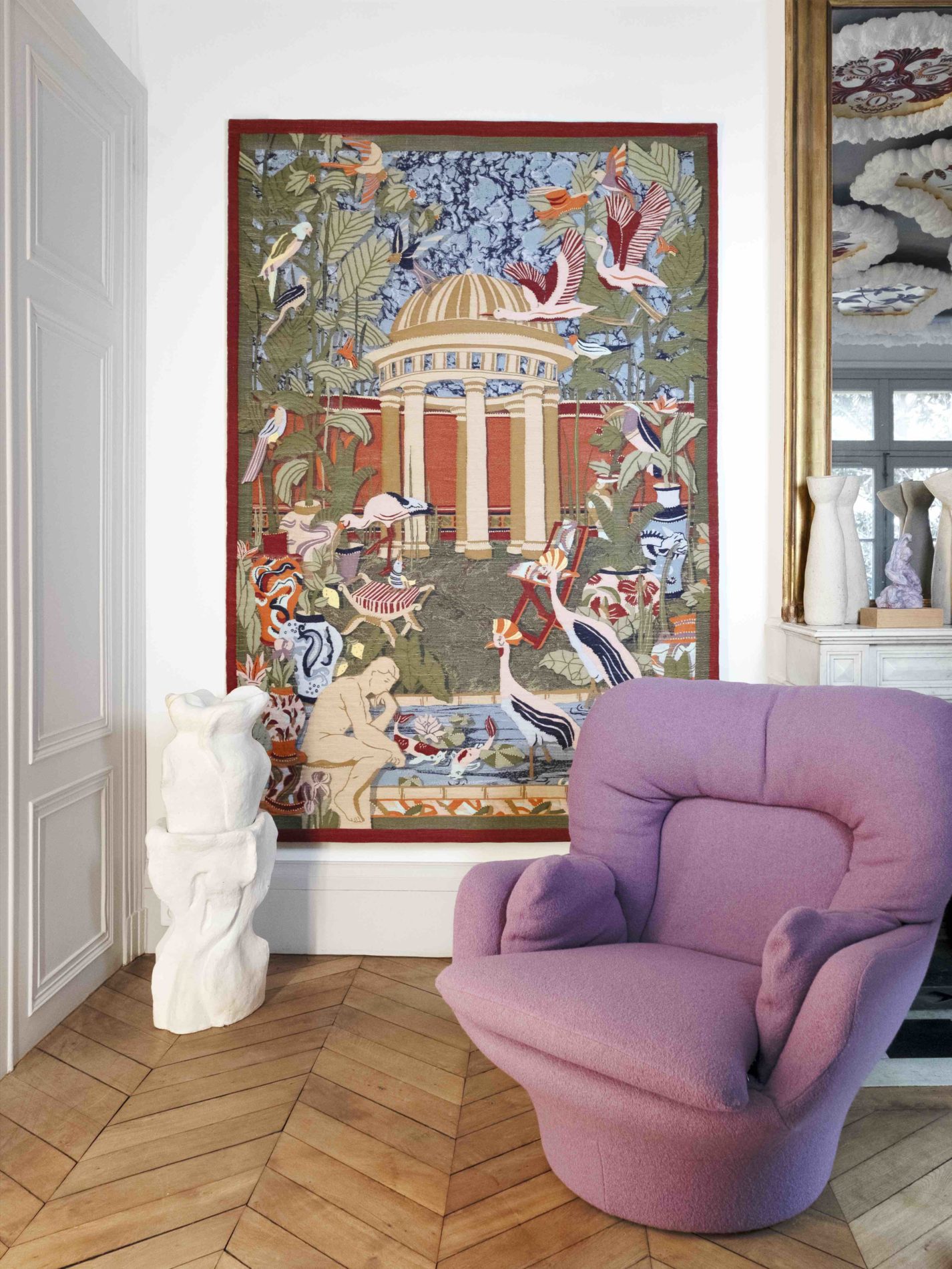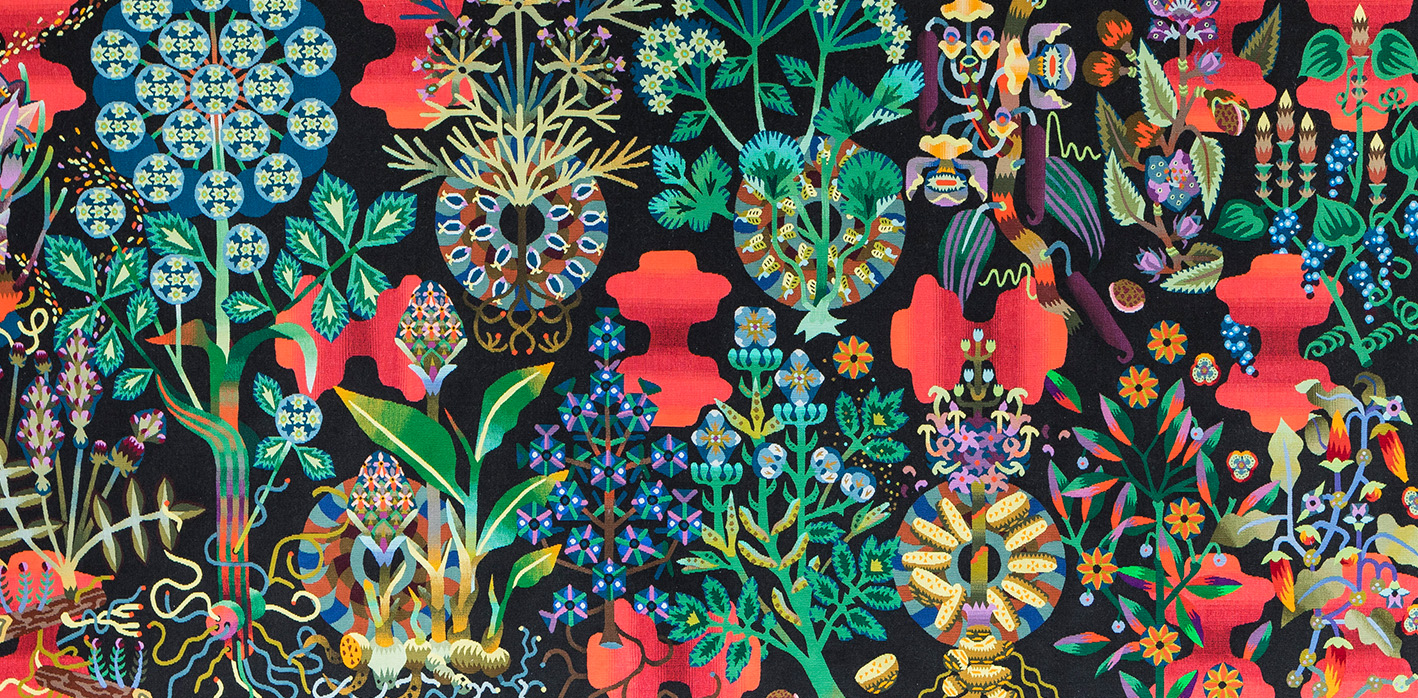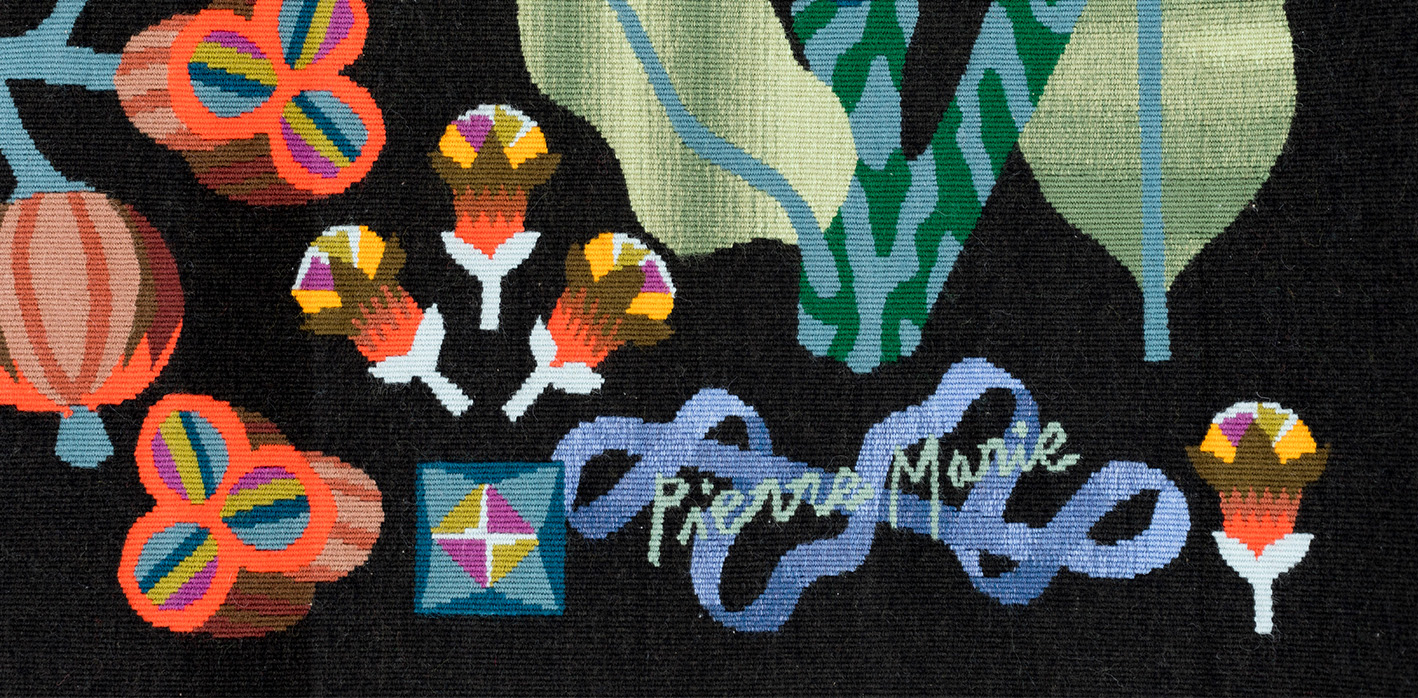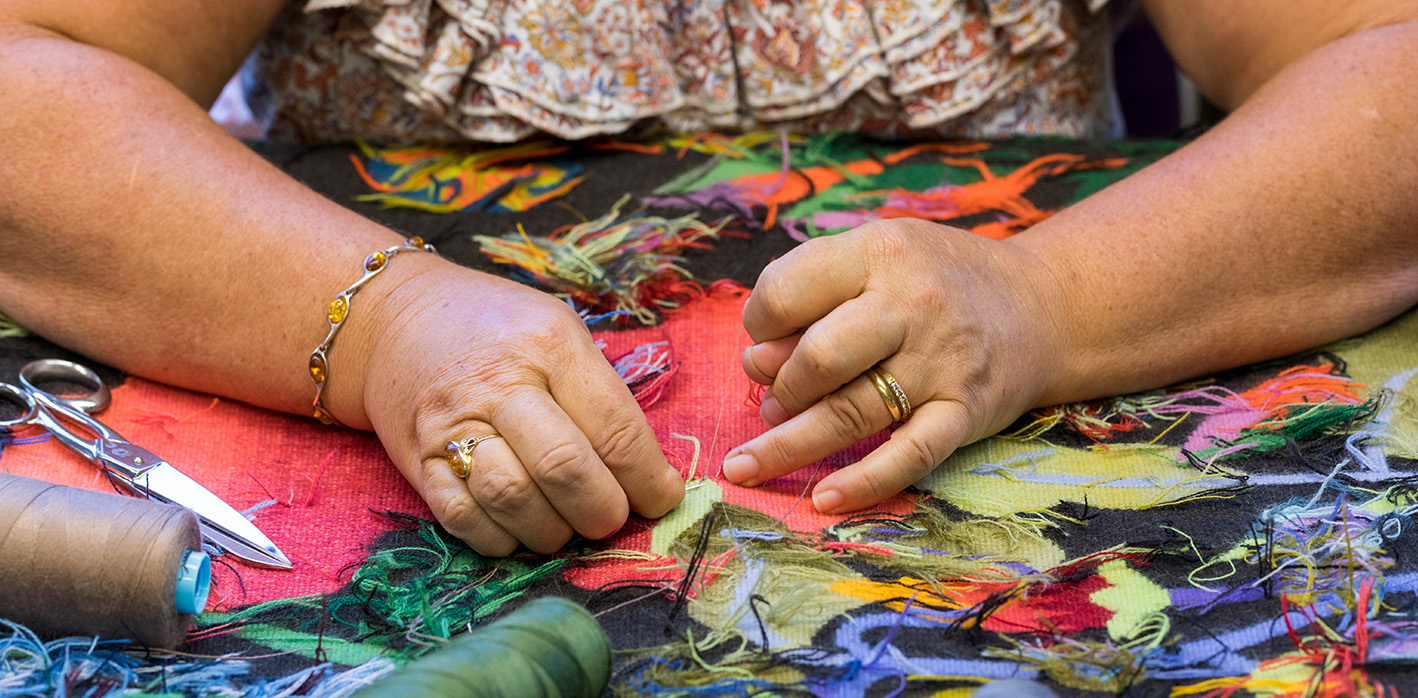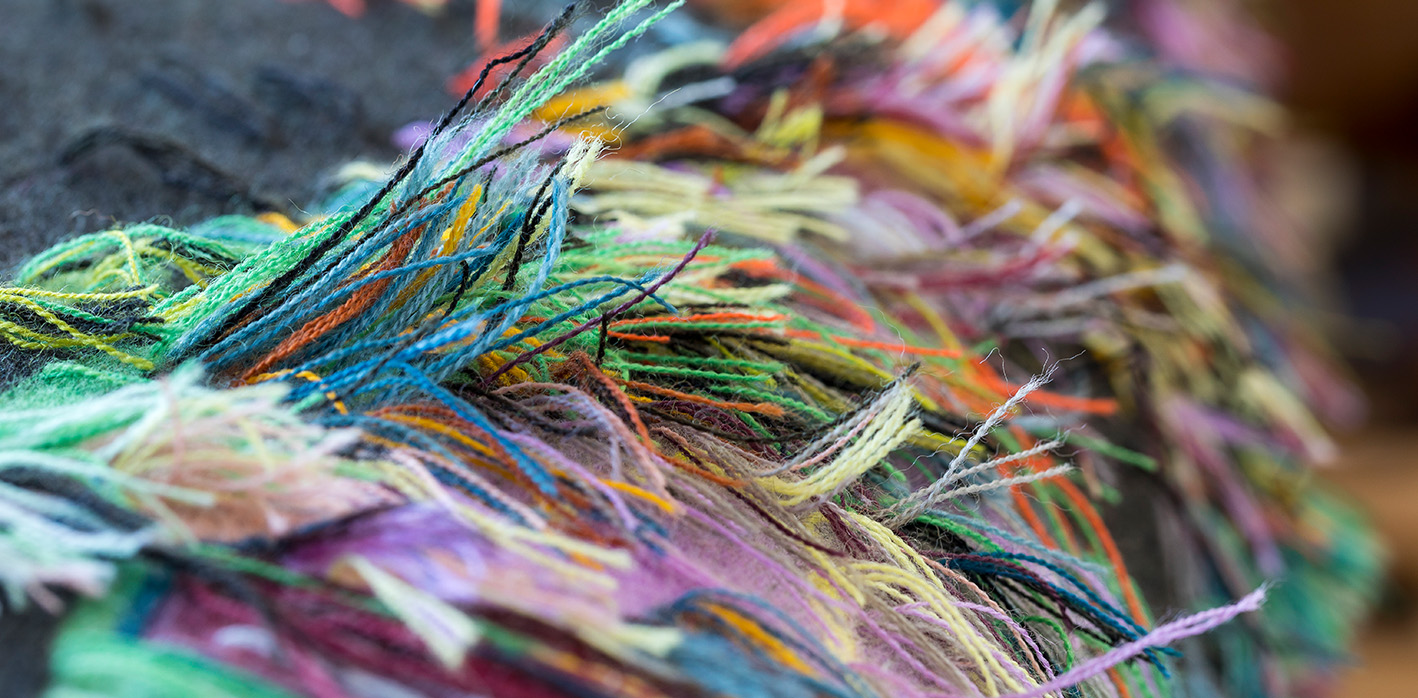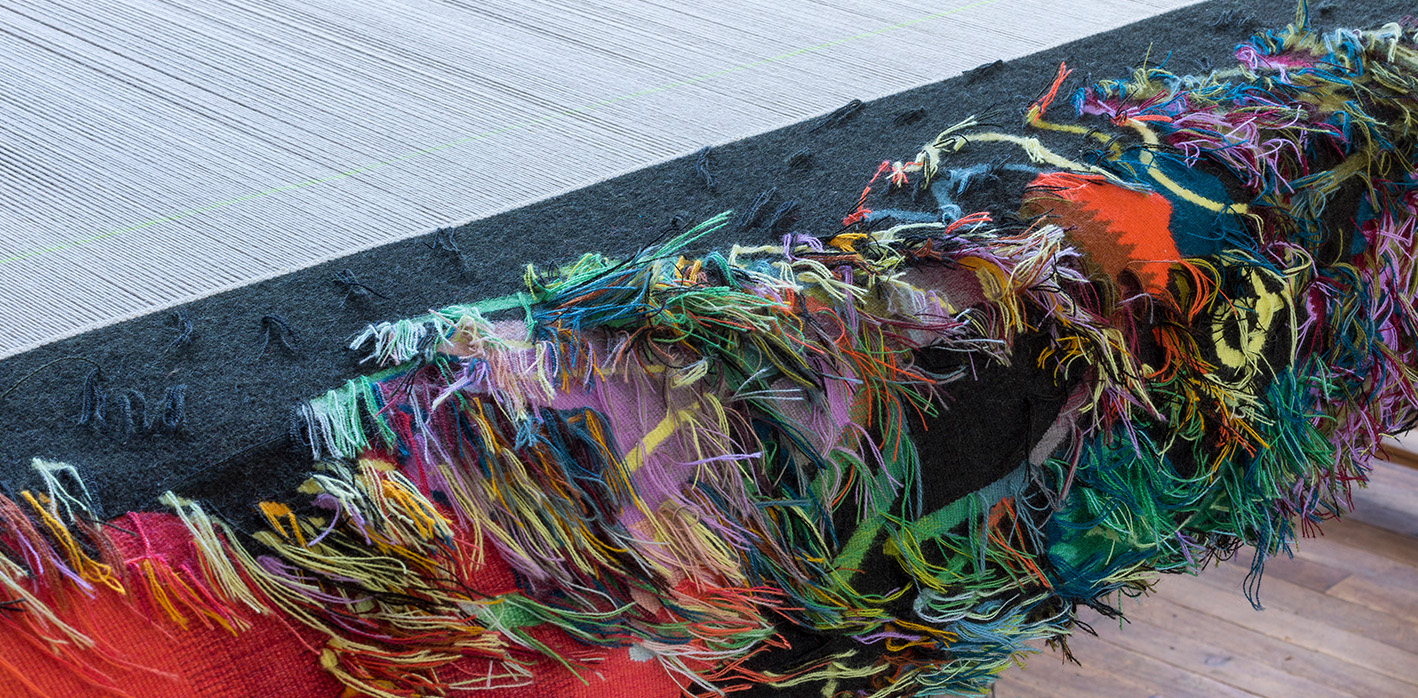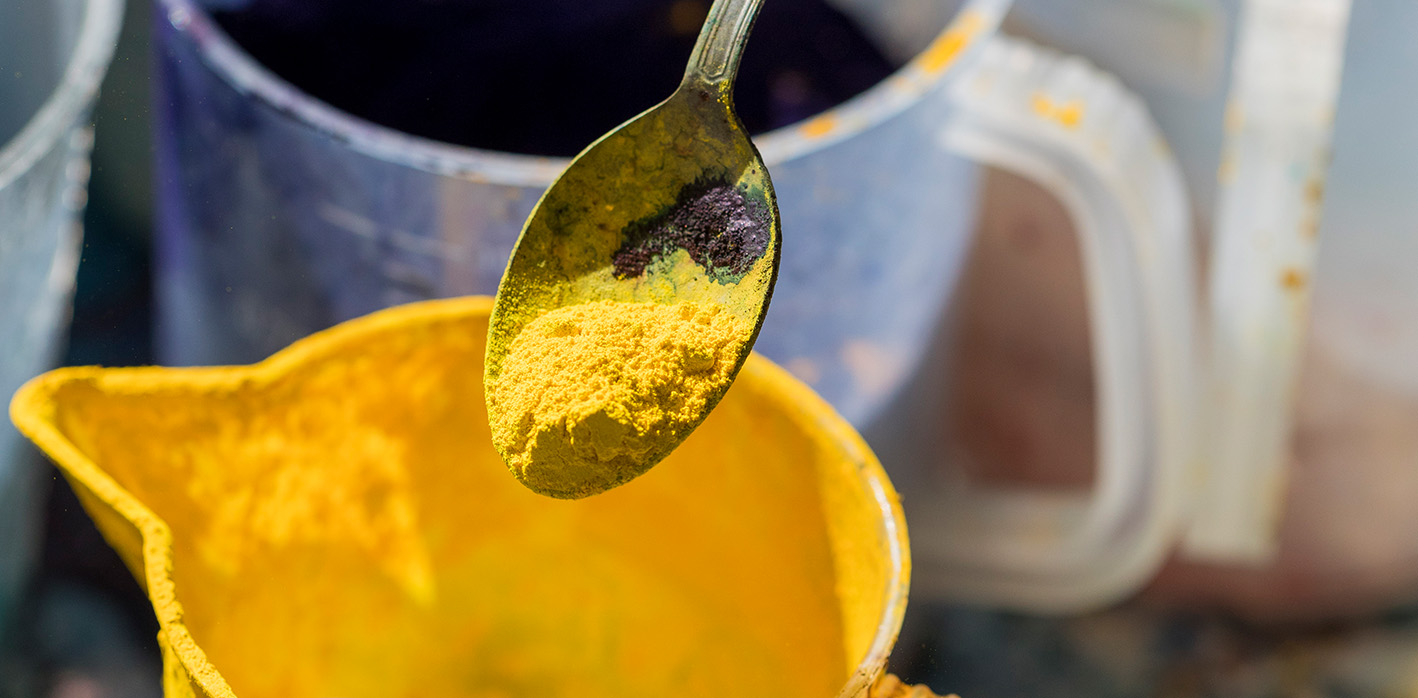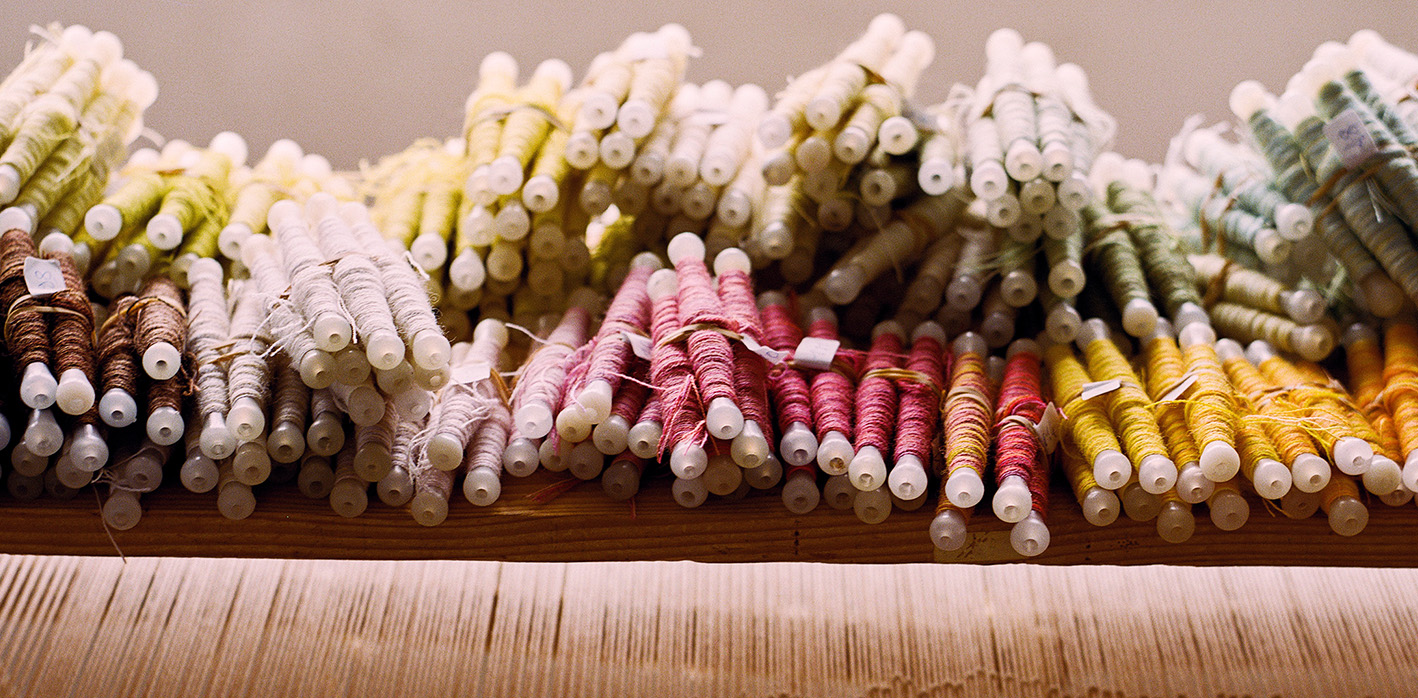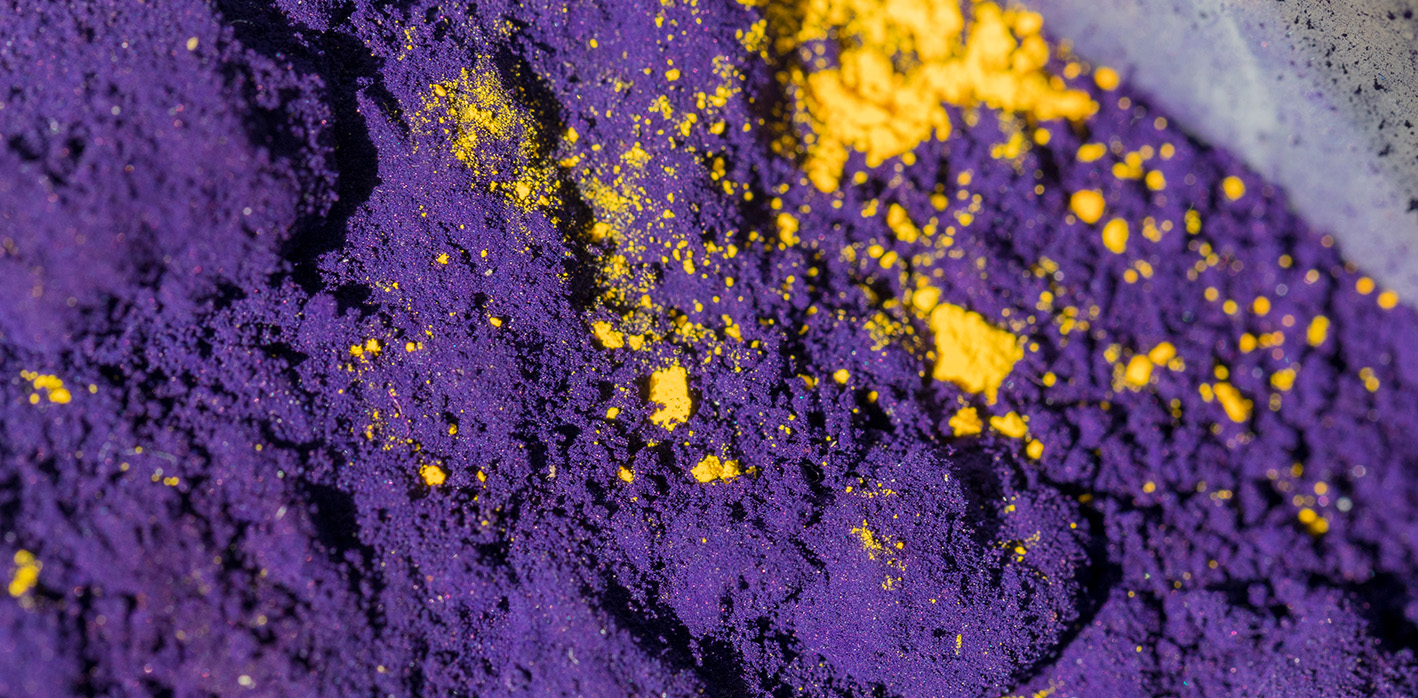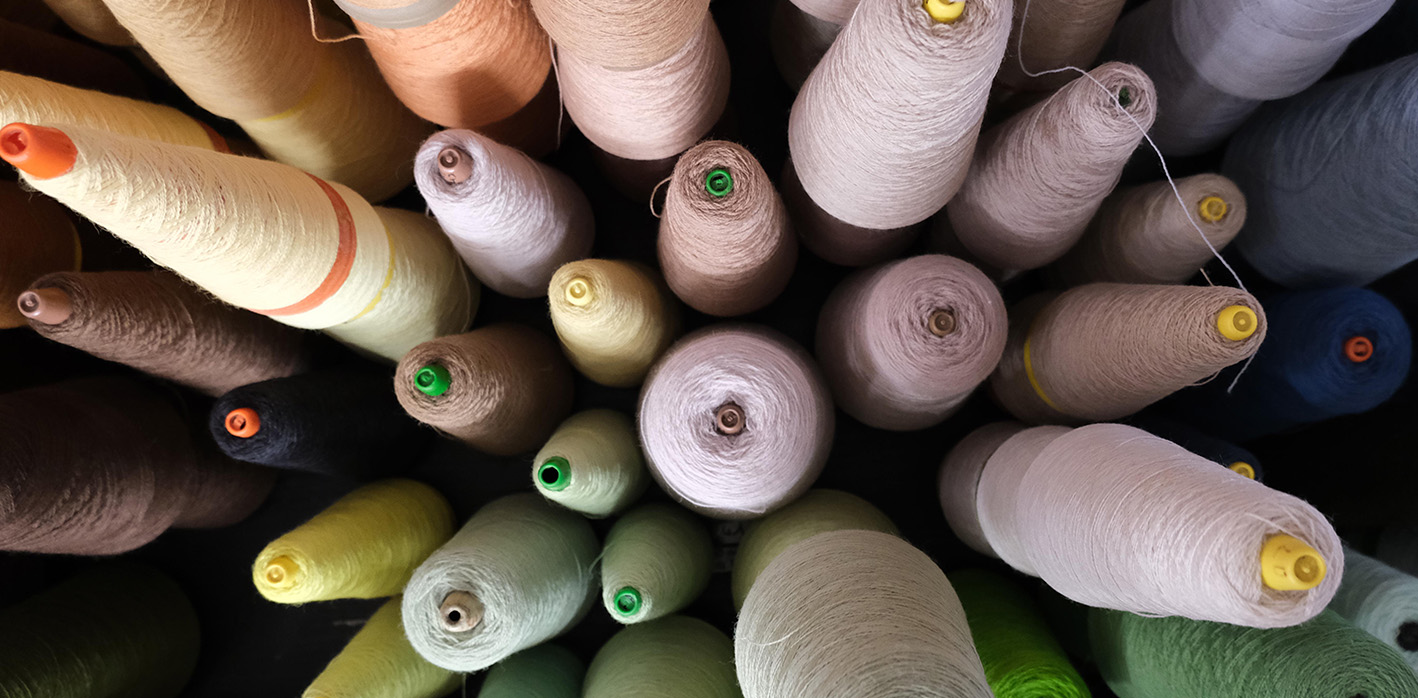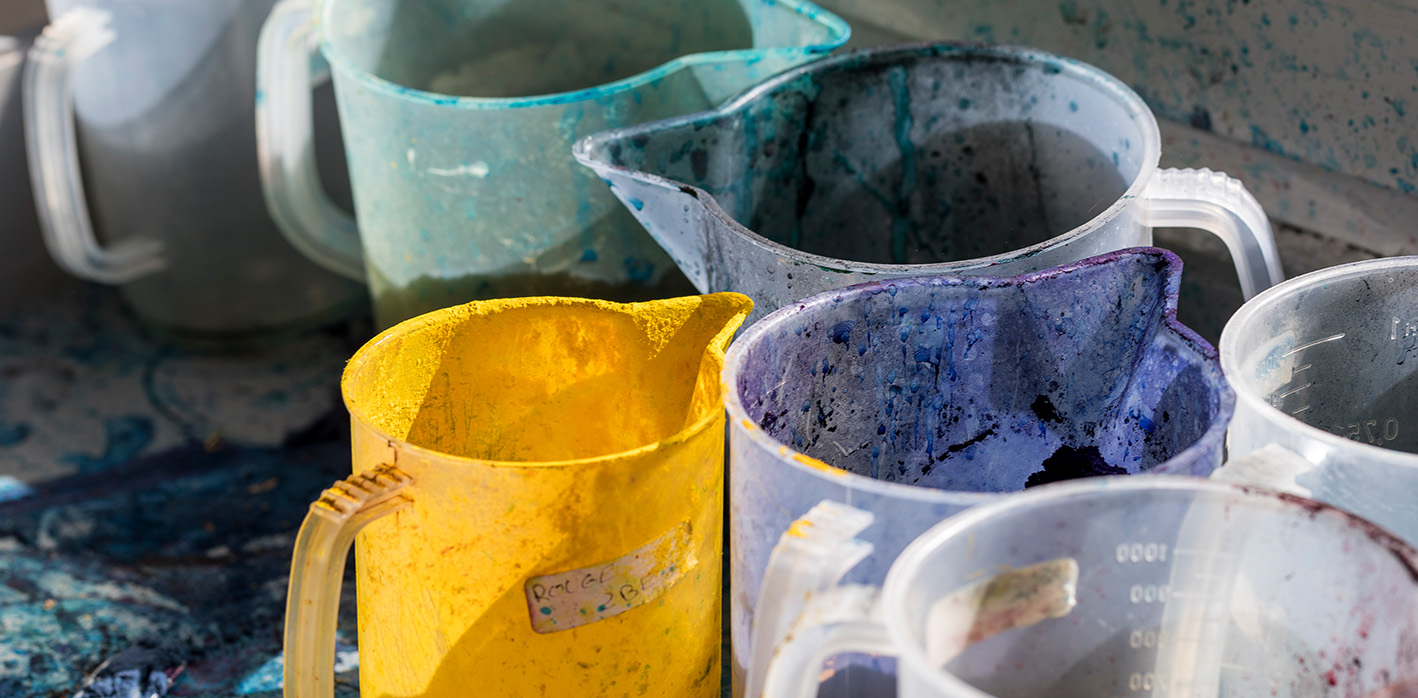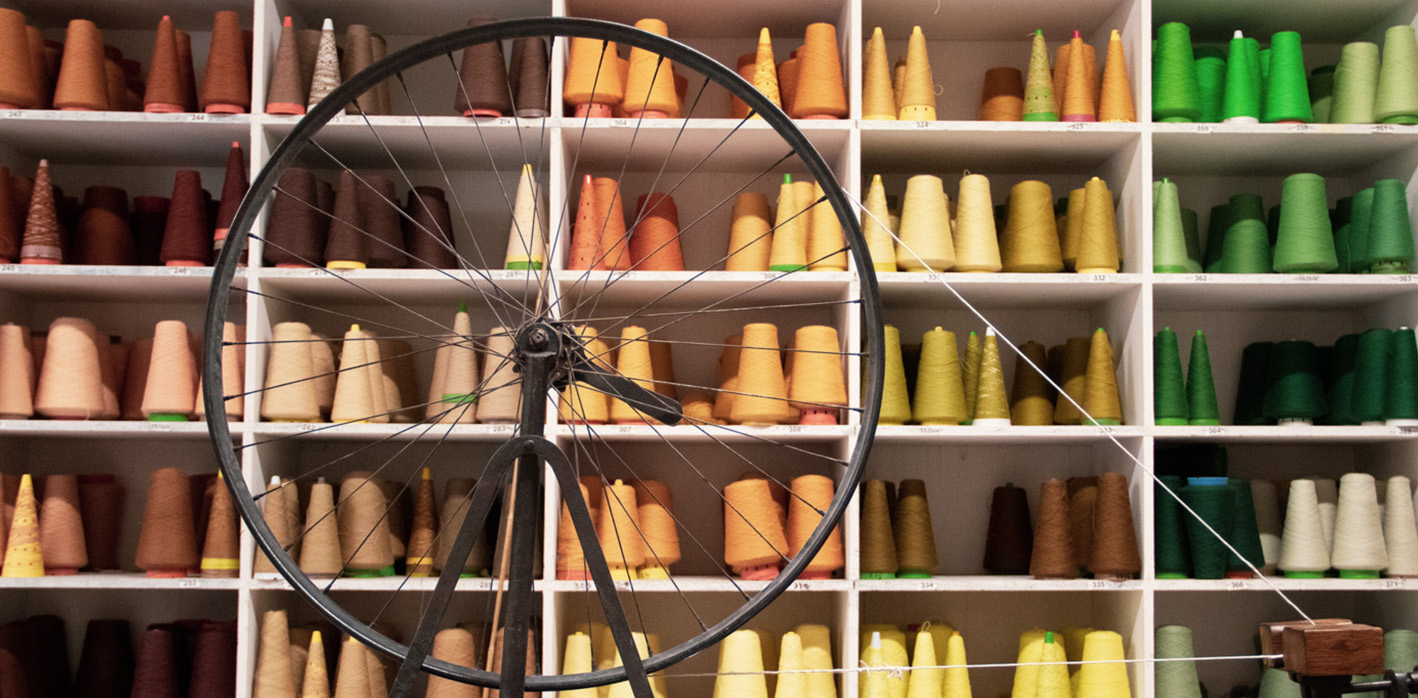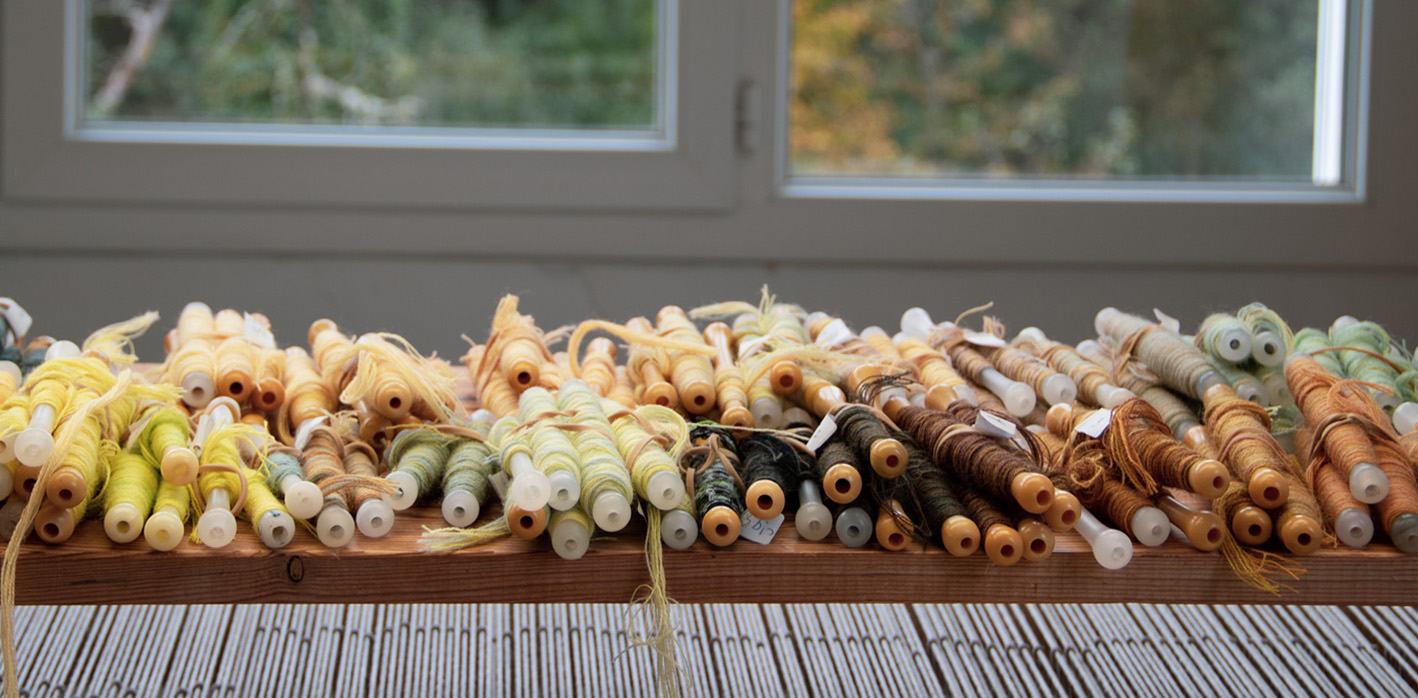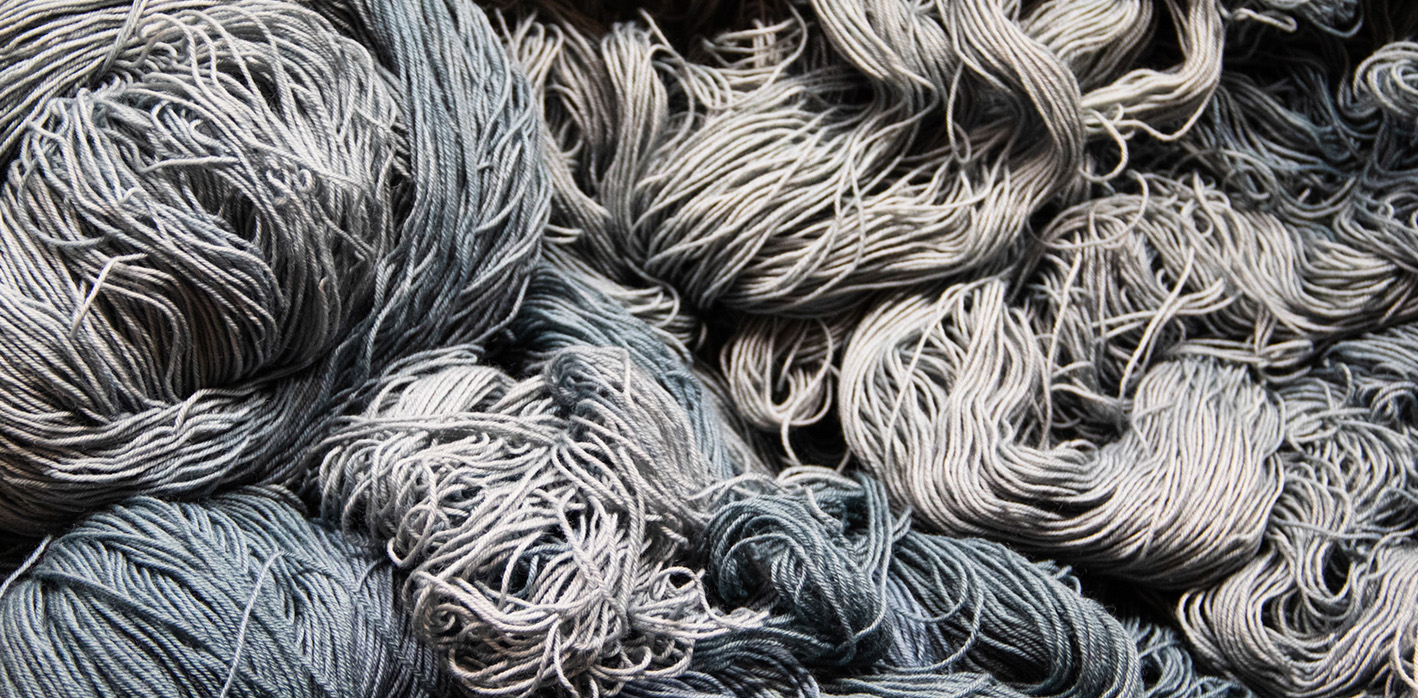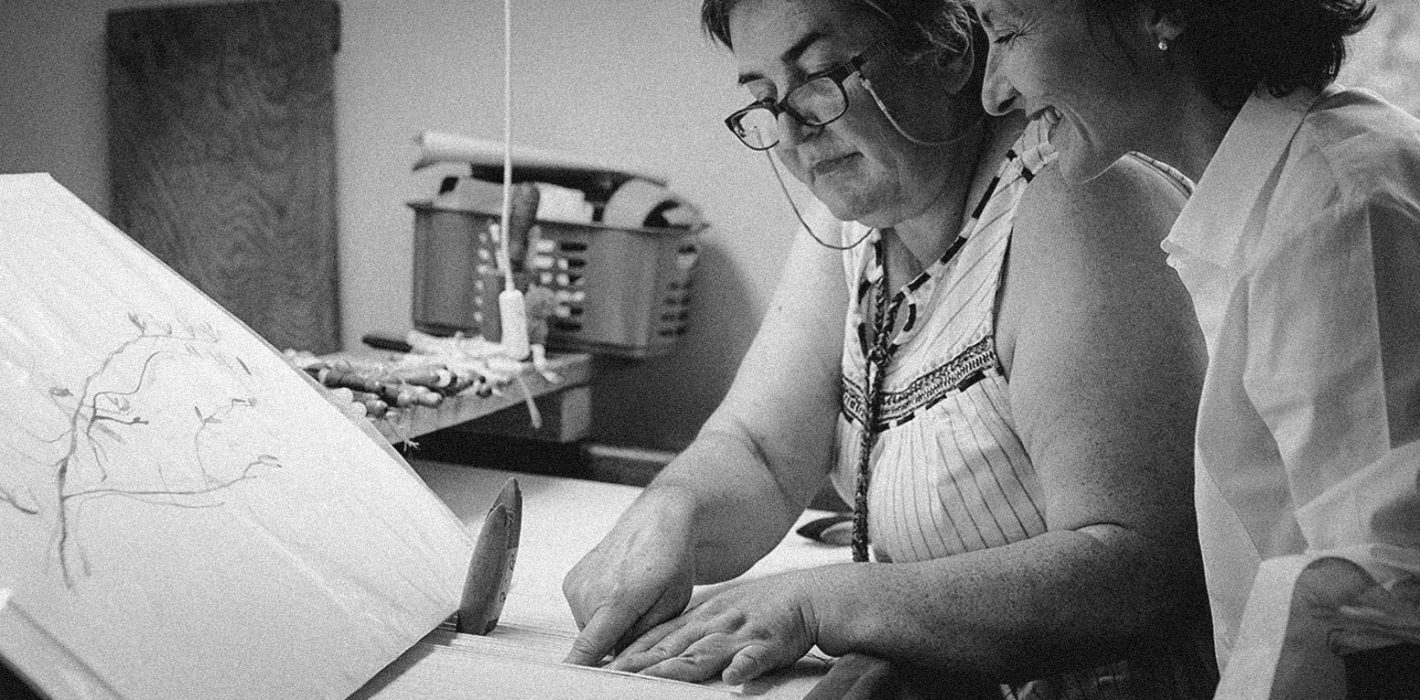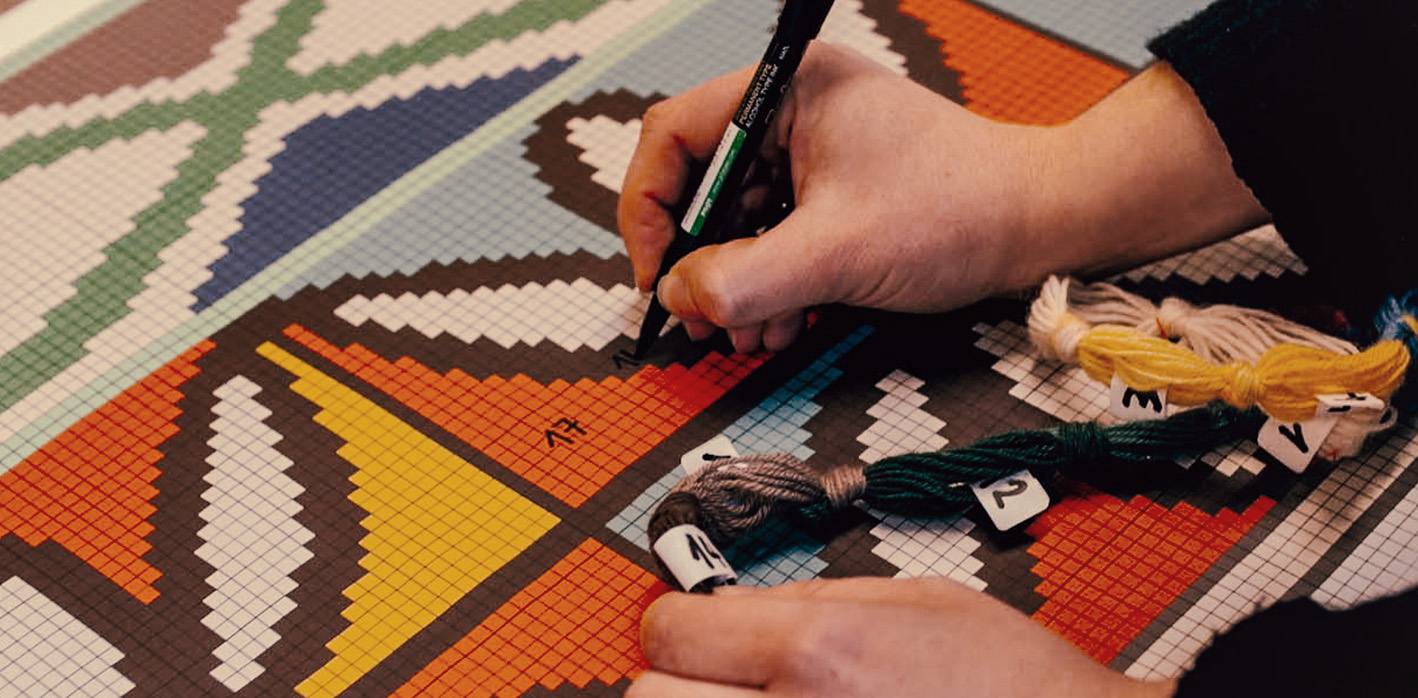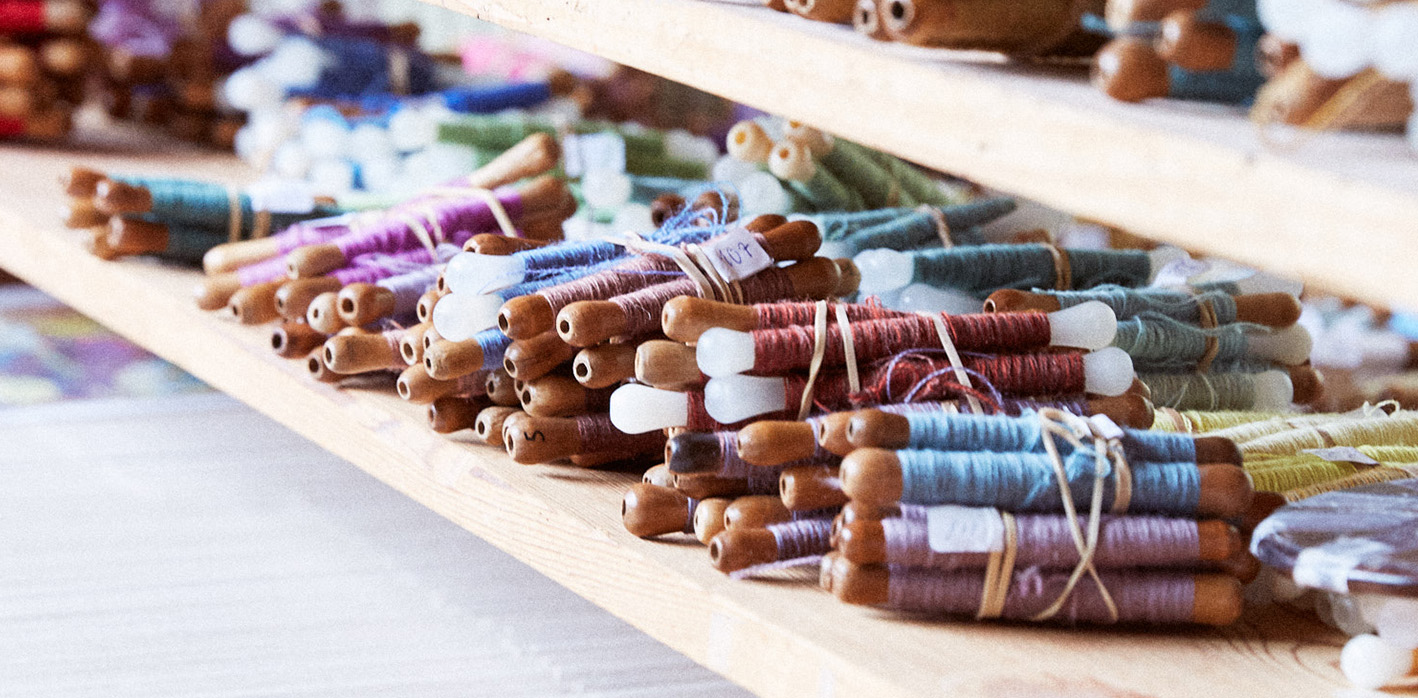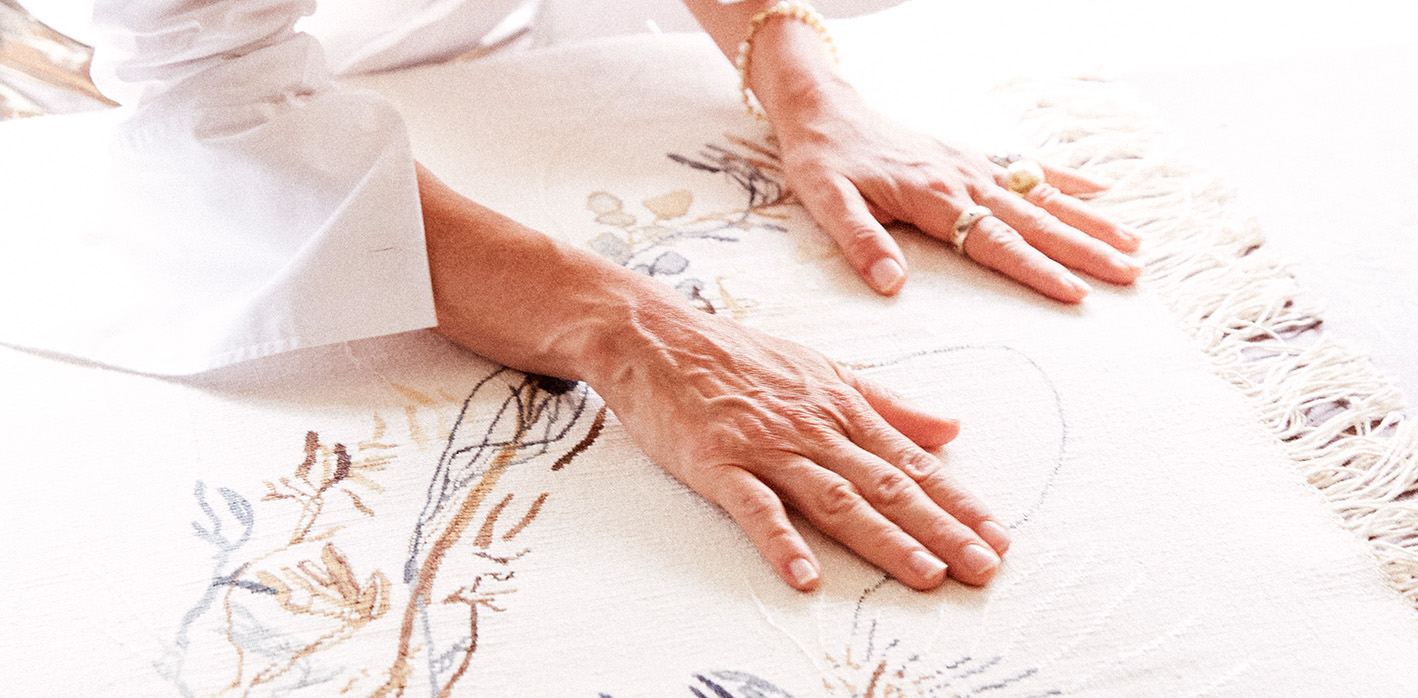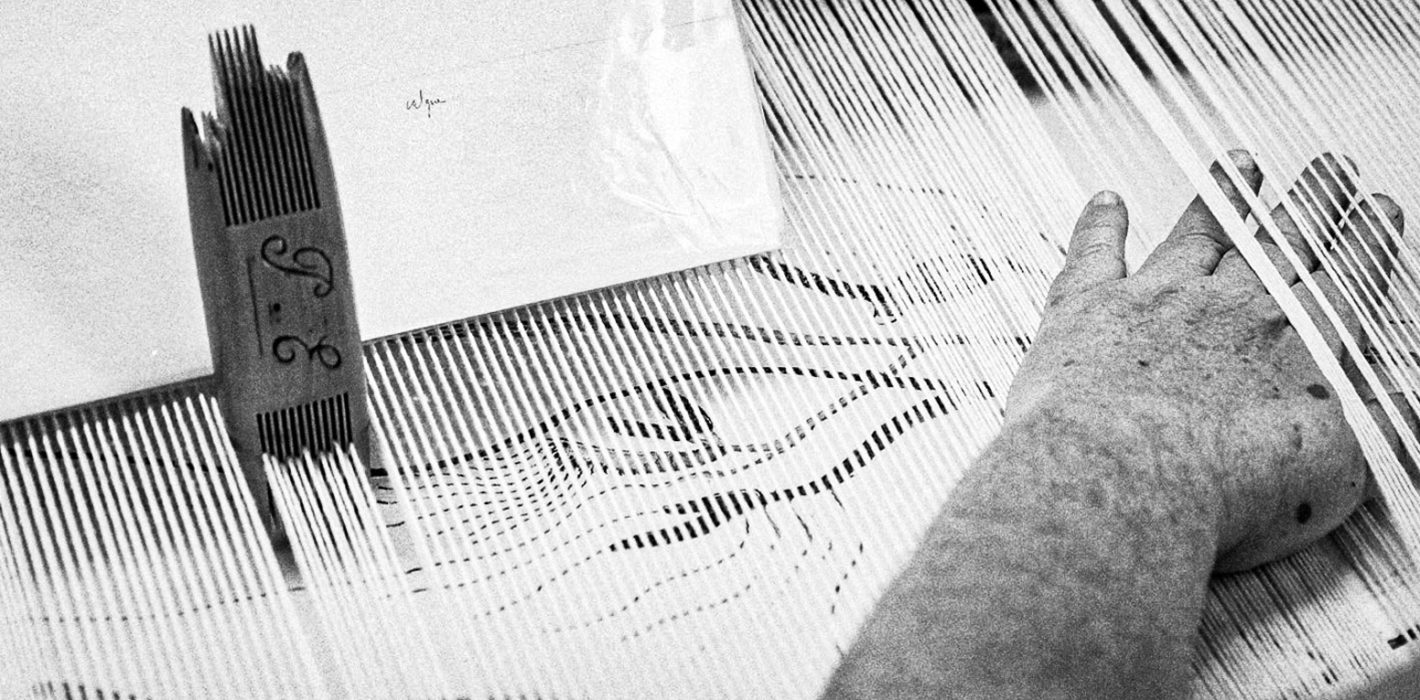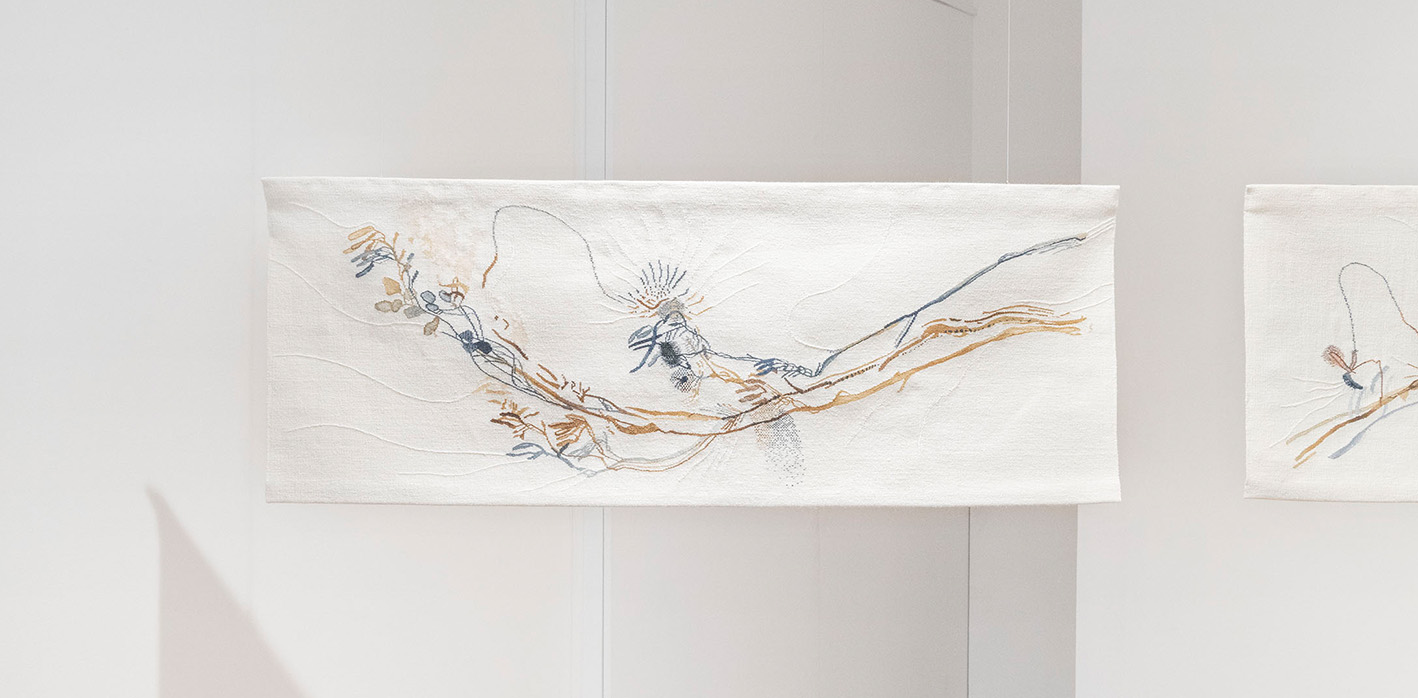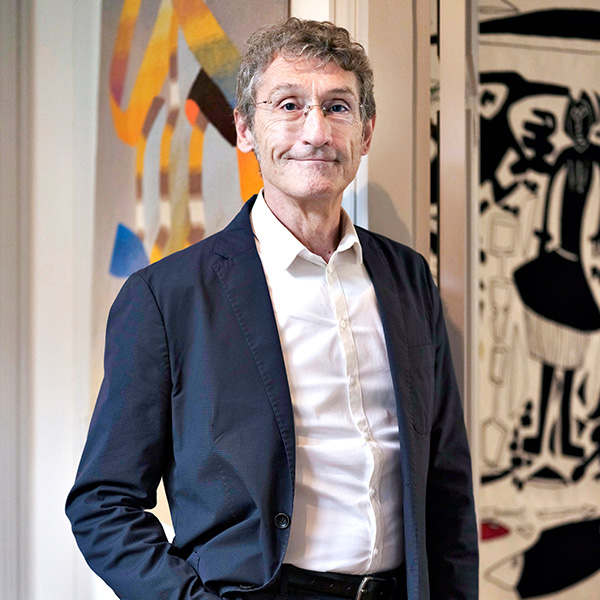
Name : Manufacture Robert Four
Founded in: 1952
Founder: Robert Four
President : Pierre-Olivier Four
Locations: Aubusson, Tunis, and Paris
Expertise: Aubusson carpets and tapestries
Website : aubusson-robertfour.com
Instagram : aubusson_r_four
Traditional craftsmanship and Aubusson heritage for the creation and production of unique rugs and tapestries.
As a symbol of French tapestry, Manufacture Robert Four has reinvented itself
and continues to weave French elegance.
Each production of rugs or tapestries is a unique artistic project subject to aesthetic and technical constraints imposed by the location or nature of the project. The Manufacture harnesses its skills and creative strengths to showcase all implementation possibilities and support the project in its entirety.
Manufacture Robert Four today
Today, Manufacture Robert Four stands as a prestigious facility for producing rugs and tapestries, evolving through its history into a publishing brand aware of its role in preserving rare expertise and crafts. The Manufacture embodies a French tradition that adeptly reinvents itself in service to contemporary art and decorative arts. It uniquely brings together all the traditional techniques of Aubusson under one roof.
Handwoven for a close weave, carried out on a low-warp loom, with six centuries of tradition in the gesture. This technique is used for tapestries of art, Aubusson rugs and upholstered furniture such as for Vincent Darré for example.
Hand-knotted for Savonnerie rugs, made on a vertical loom, of high-warp, which creates a very dense velvet. Robert Four is the only French brand capable of producing Savonnerie rugs for its clients (the Manufacture des Gobelins serves only the French state).
Hand-tufted, unique, because the initial gesture originating from China was learned by the weavers of the Manufacture, bringing a new dimension to this more modern technique, made on canvas.
Robert Four also guarantees expertise passed on to two subsidiary workshops: in Tunis, the Manufacture has established a workshop and trained weavers in the techniques of Savonnerie and hand-weaving in the Aubusson stitch. In Felletin, the Néolice workshop integrates a Jacquard loom converted into digital weaving for new decorative and artistic interpretations.
The Manufacture collaborates with interior designers and architects (India Madhavi, Bruno Moinard, Pierre Yovanovitch), artists from various disciplines (Pierre Marie, Daniela Busarello, Laurent Grasso), for residential projects, high-end hospitality, or institutions.
inscribed Aubusson tapestry on its Representative
List of the Intangible
Cultural Heritage of Humanity.
A uniqueness reinvented
A new artistic direction
Robert Four is the only French brand to produce entirely handmade rugs and tapestries from Aubusson or from its workshop in Tunis. It is also a manufacturing firm that has successfully rejuvenated itself, particularly since the arrival of Patricia Racine. In 2017, Pierre-Olivier Four, President of the Manufacture and son of its founder, entrusted her with the artistic direction. She brings a fresh perspective, expertise in style acquired at a fashion house, knowledge of bespoke rug craftsmanship, and an understanding of artistic and decorative aesthetics.
Revitalizing aesthetics and textures
Drawing on her previous personal experiences, she has managed to rethink the production of Aubusson rugs (and their production times) by introducing less conventional designs to bring modernity to the historical heritage — collaborations with artist Pierre Marie exemplify this balance between past and contemporaneity. Additionally, she has incorporated mohair, silk, or jute threads alongside wool, materials previously not used, resulting in a weaving with a uniquely plush texture, enhancing without compromising on excellence and precision.
The only workshop in France to dye “by eye”
Robert Four is also the only workshop in the area capable of creating custom colors, thanks to two dyers who work “by eye,” able to reproduce colors infinitely and stay true to the original design or the color palette of a project. They adapt their unique skills, without a formula, to each skein of thread – wool, linen, mohair, silk – unique animal or plant materials.
Turning intention into a unique project:
working with architects and decorators
To get closer to its clients, Patricia Racine established a creative studio in the heart of Paris in 2021. Named Aux Verdures, this warm and immersive private apartment serves as a place for discovery, receptions, meetings, and exchanges, where clients are welcomed with the utmost confidentiality.
Defining the artistic project: the creative brief
The meeting with Patricia Racine at Aux Verdures marks the first step in the journey offered by Robert Four to its clients. The creative studio often starts with mood boards, ideas, artworks, and atmospheres that inspire clients to refine and materialize their vision, confirming the intention in terms of dimensions, style, budget, and deadlines.
Product development
Once the artistic intention is defined, the Special Projects team at the Manufacture, comprising Patricia Racine, Emma de l’Écluse (Design Studio Manager), and Léa Rodier (Development Manager), liaises with the production workshops in Aubusson for the technical implementation of the artistic project.
Validation of implementation
Once the intention is confirmed and the budget approved, the process moves to the sketch phase, followed by a detailed technical drawing and presentation of existing woven samples for sensory experiences and choices. This leads to the creation of a specific sample for the project to validate scale and colors.
Production launch
This marks the commencement of development, complete technical drawing realization, and preparation of dyes (taking between one and a half to three months). Subsequently, weaving and finishing stages commence.
From bespoke to “made to measure”
In 2024, Manufacture Robert Four launches its first collection of carpets, named Jardins Secrets. This catalog, featuring designs achievable through the three manufacturing techniques (hand-woven, Savonnerie, hand-tufted), becomes a source of inspiration and an aesthetic repertoire from which clients can choose to adapt to their own environments.
Pierre-Olivier Four, President of the family-owned manufacture, has successfully preserved and transmitted a rare heritage, a precious handcraft, while embracing innovative choices and collaborations. Under the guidance of its artistic director, the Manufacture continues to conceive and produce unique carpets and tapestries that meet the demands and new perspectives of contemporary art and decorative arts, both in France and internationally.
You can explore more about Manufacture Robert Four through the interview with Patricia Racine in the “Encounter” section.
PROJETS
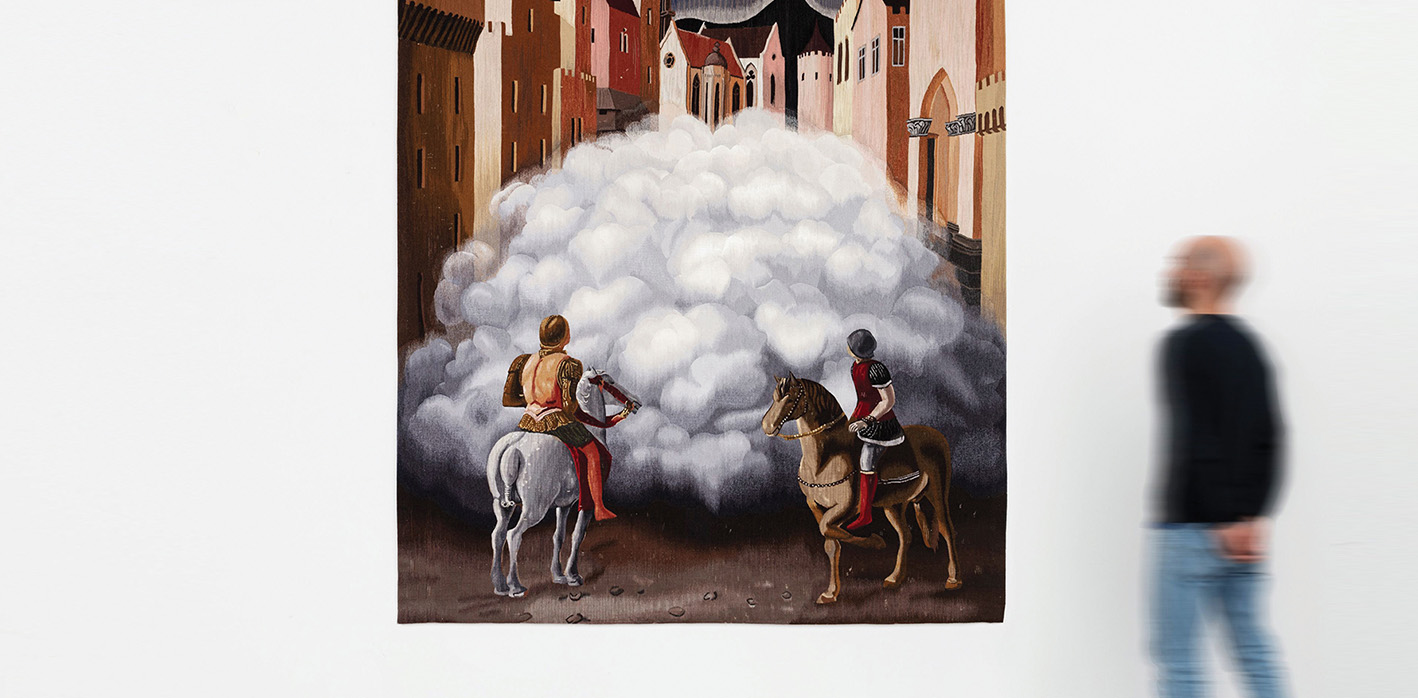
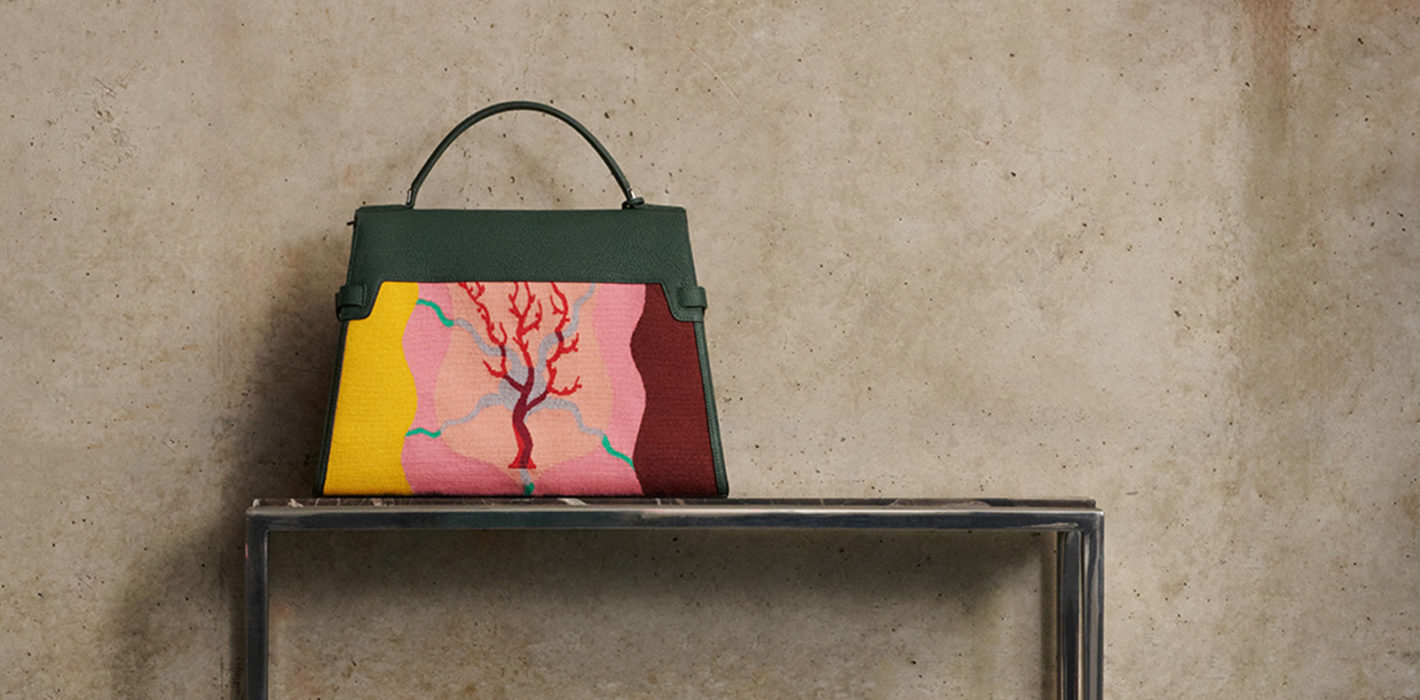
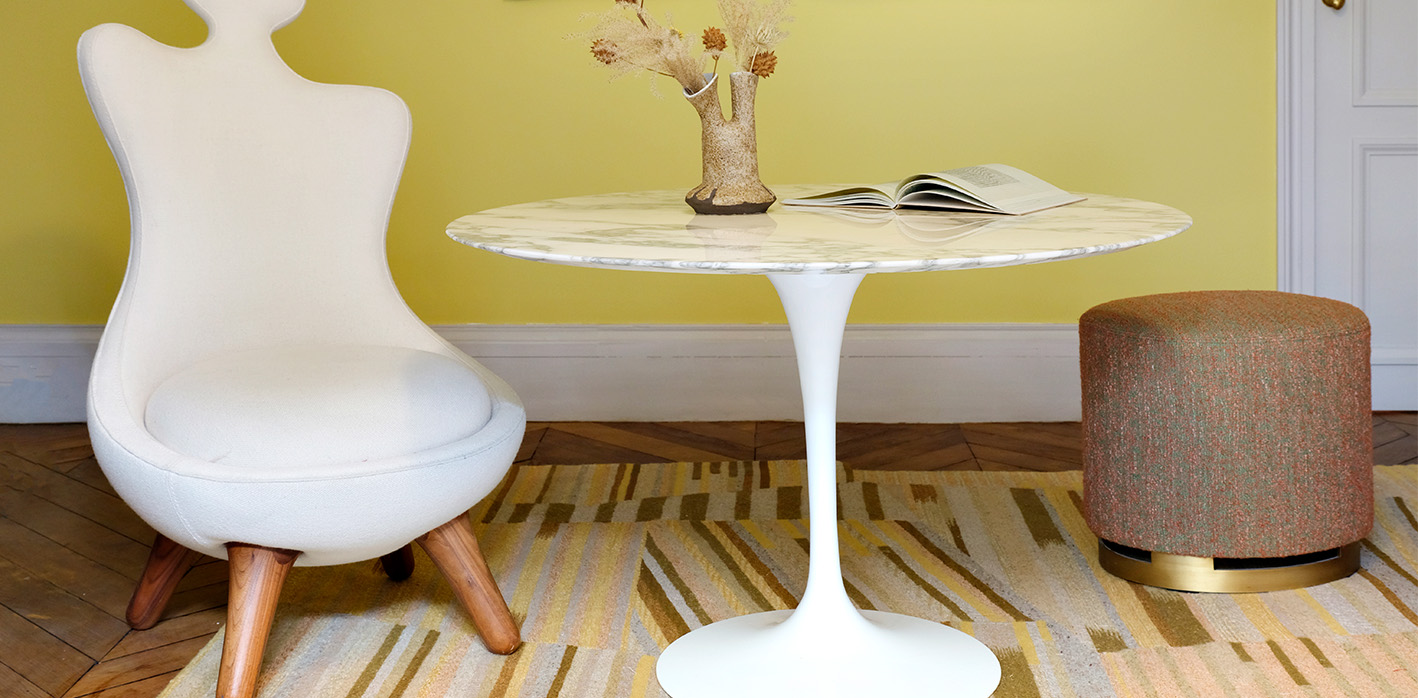
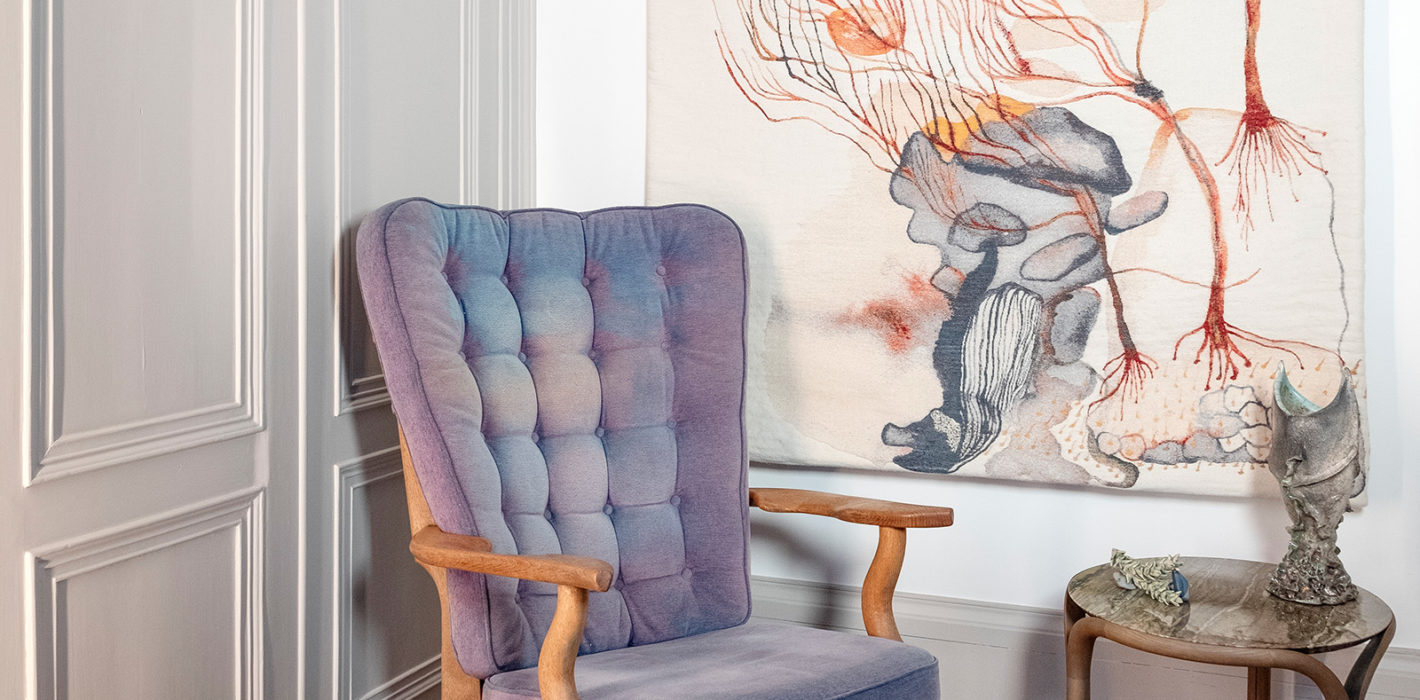
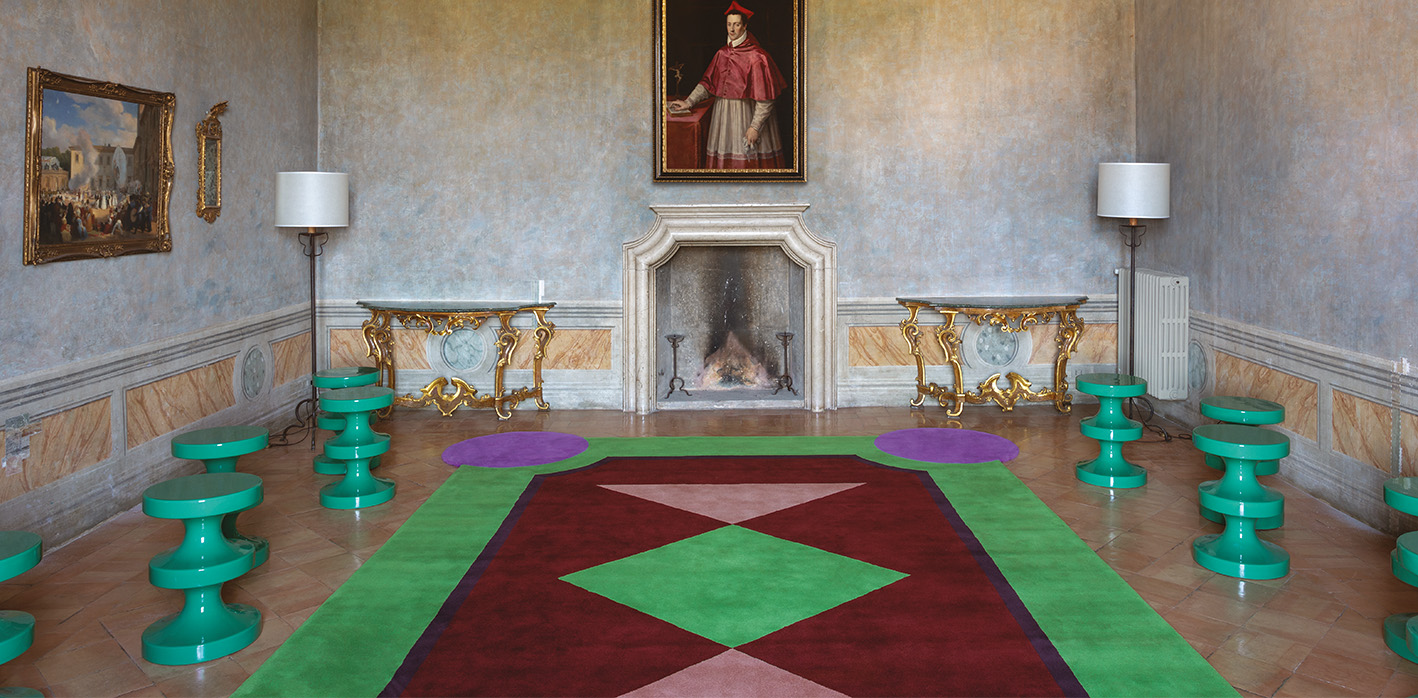
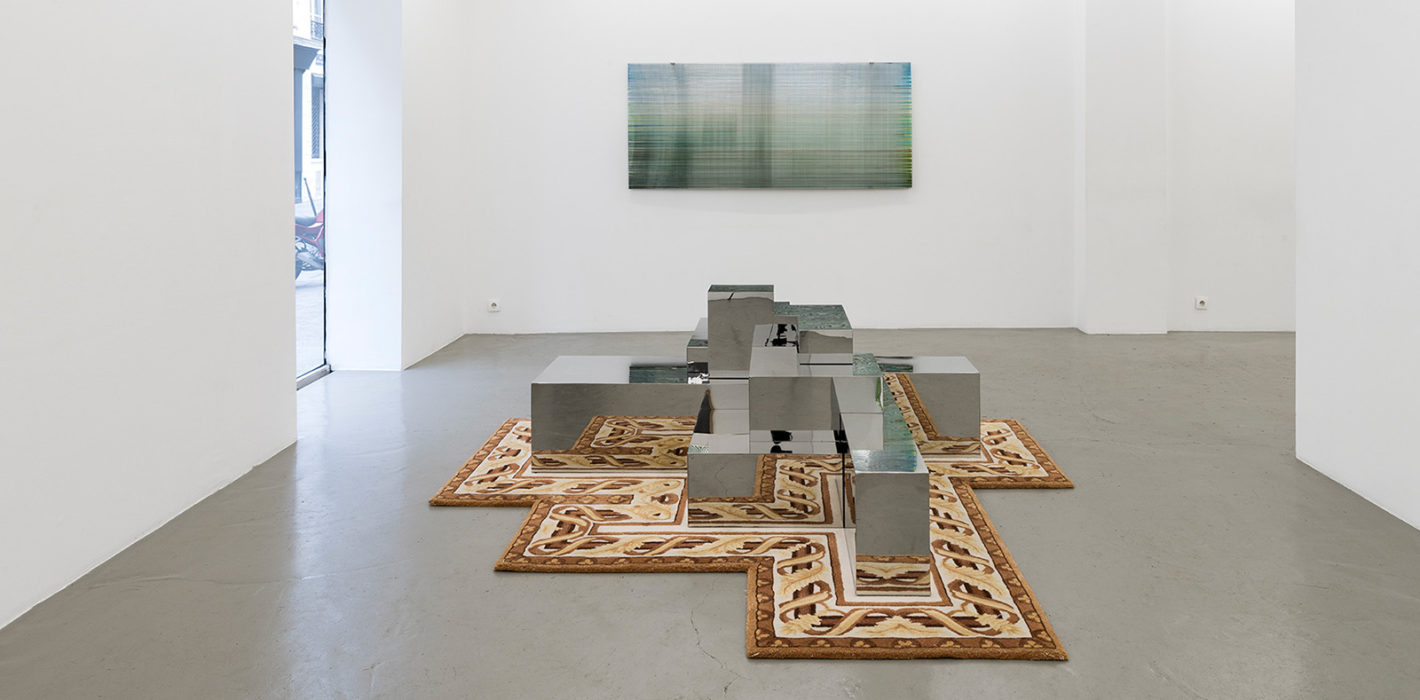
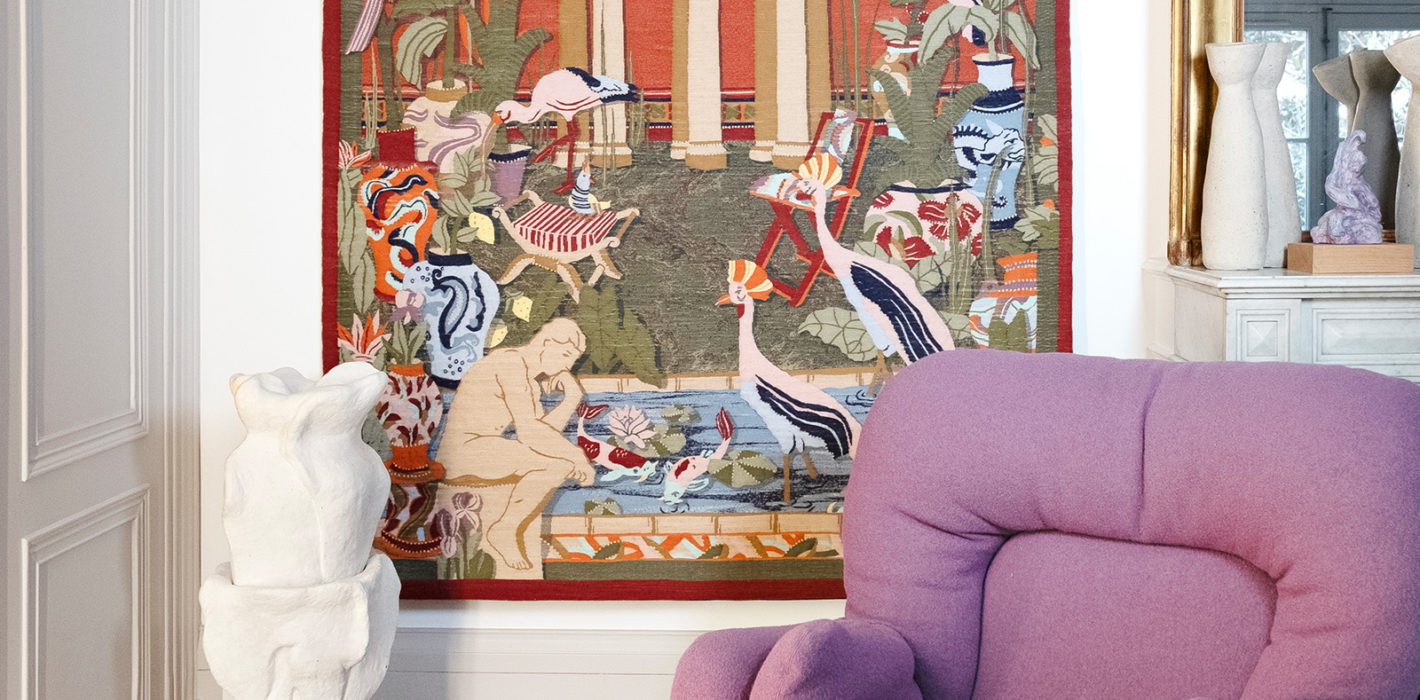
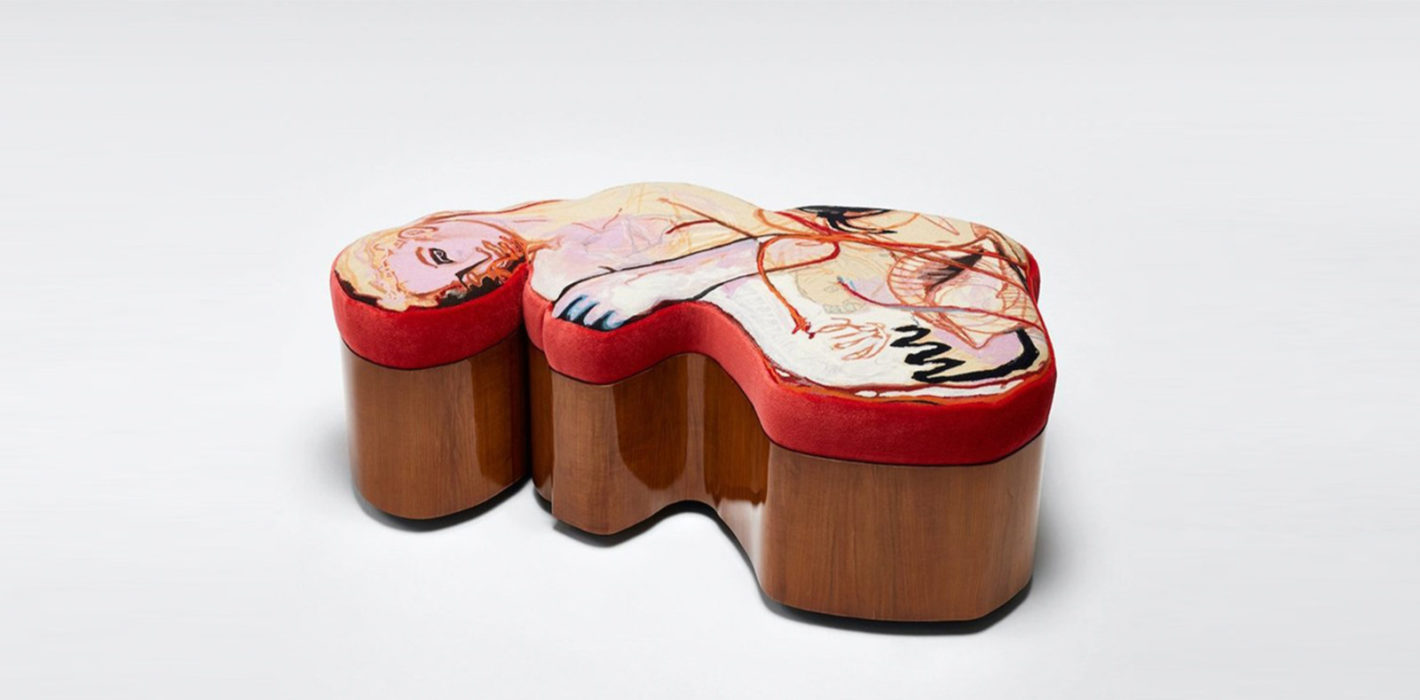
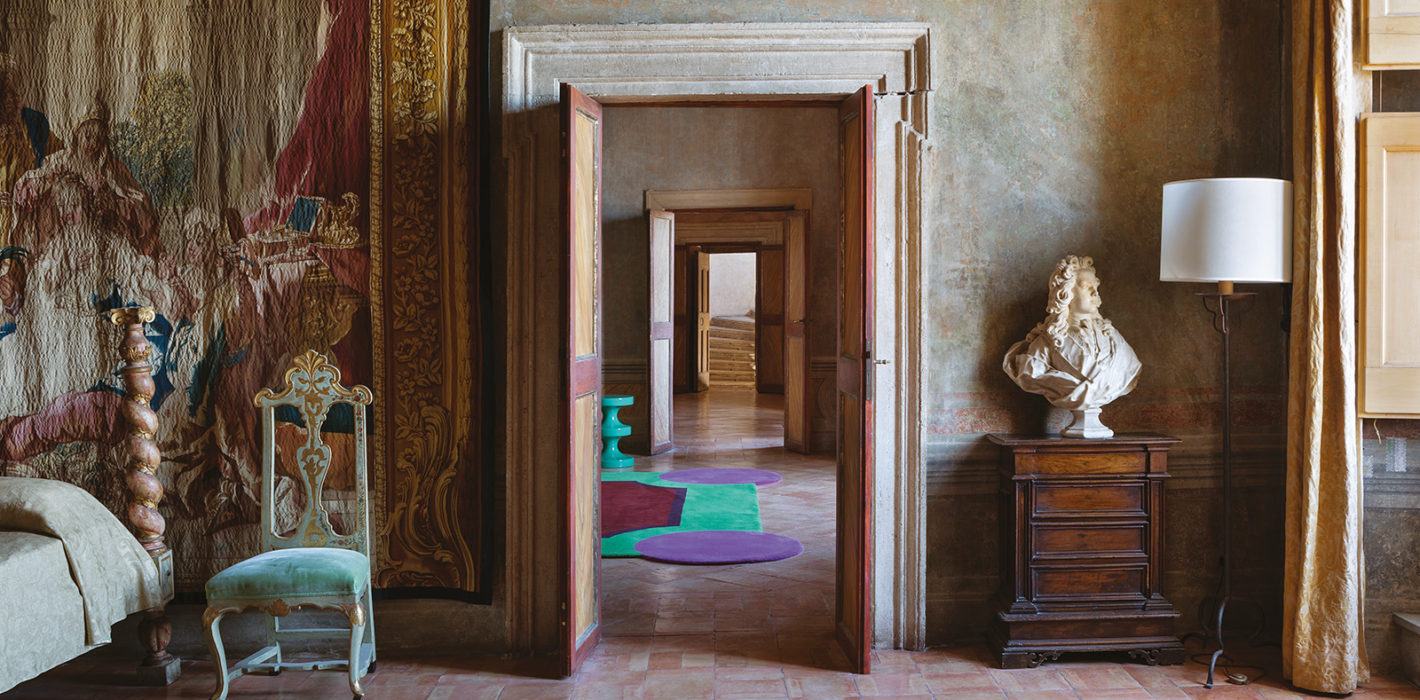
Photos : ©Nicolas Fauqué, ©Pierre Yovanovitch, ©Tadzio, ©Robert Four, ©Photoluxe, ©Jacques Pepion, ©Nicolas Heron, ©Courtesy Delvaux, ©Tanguy Beurdeley, ©Jeremie Leon, ©Mathieu Richer, ©Yann Deret
